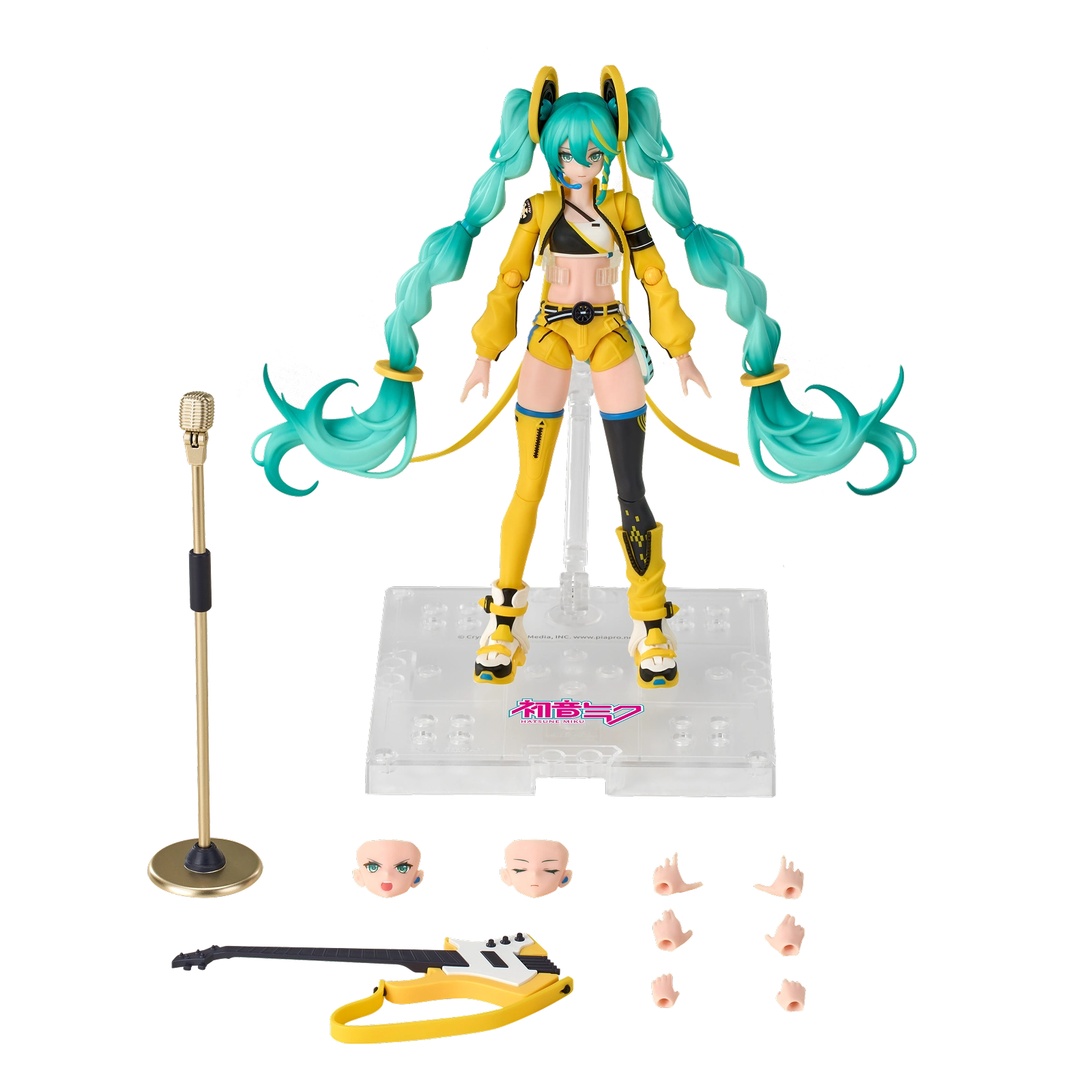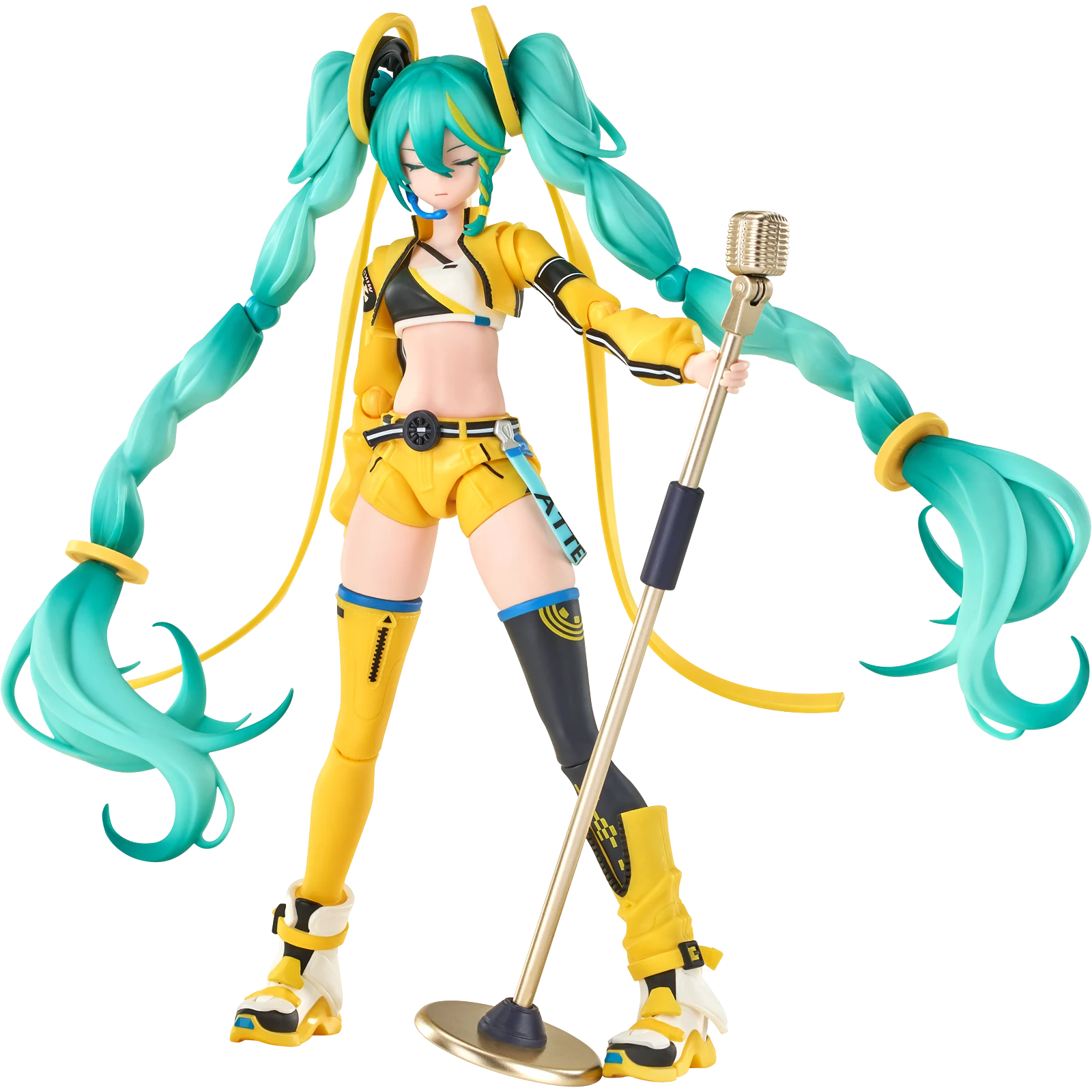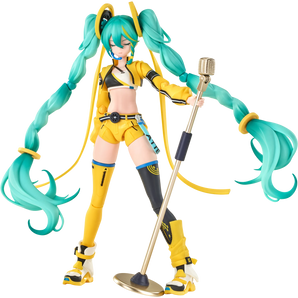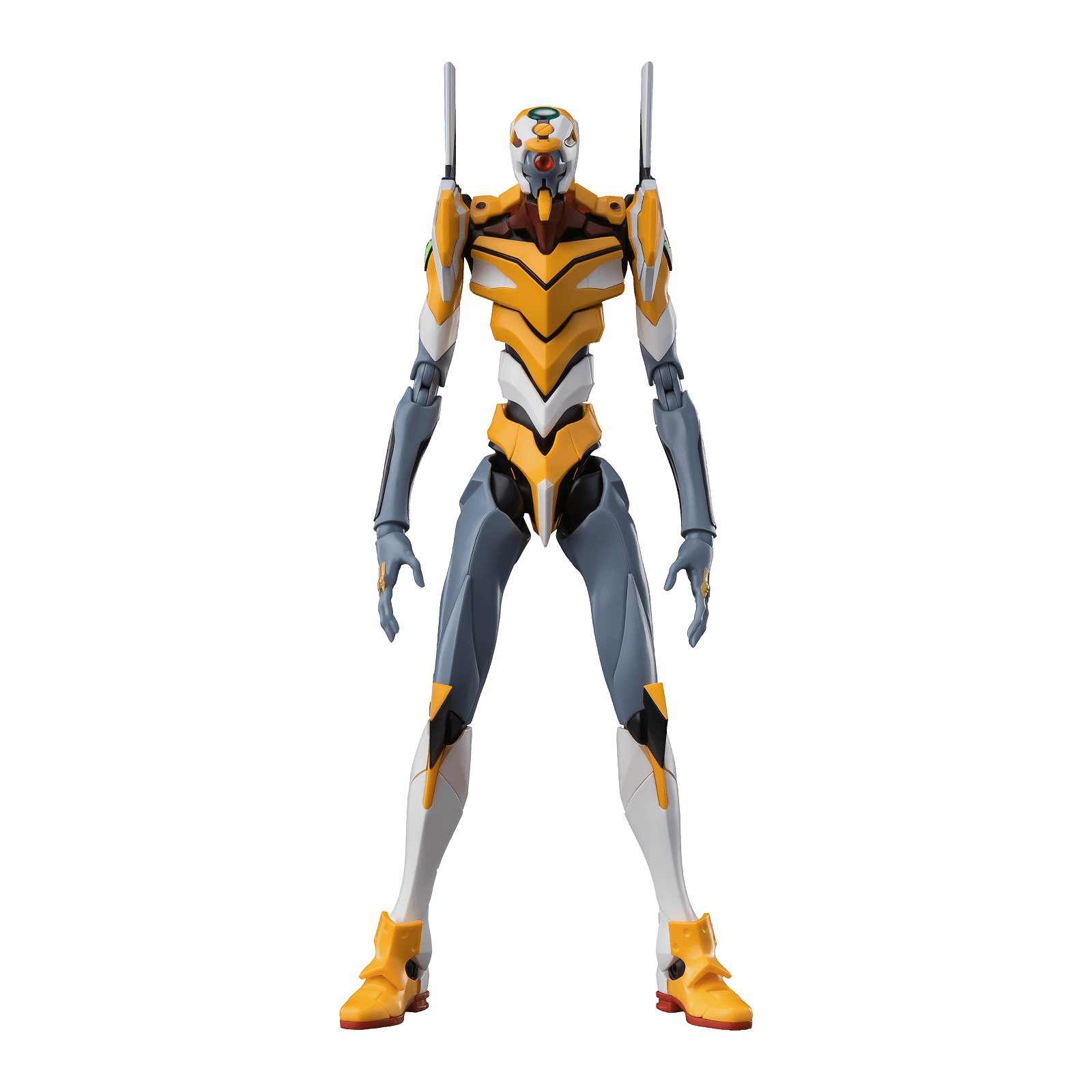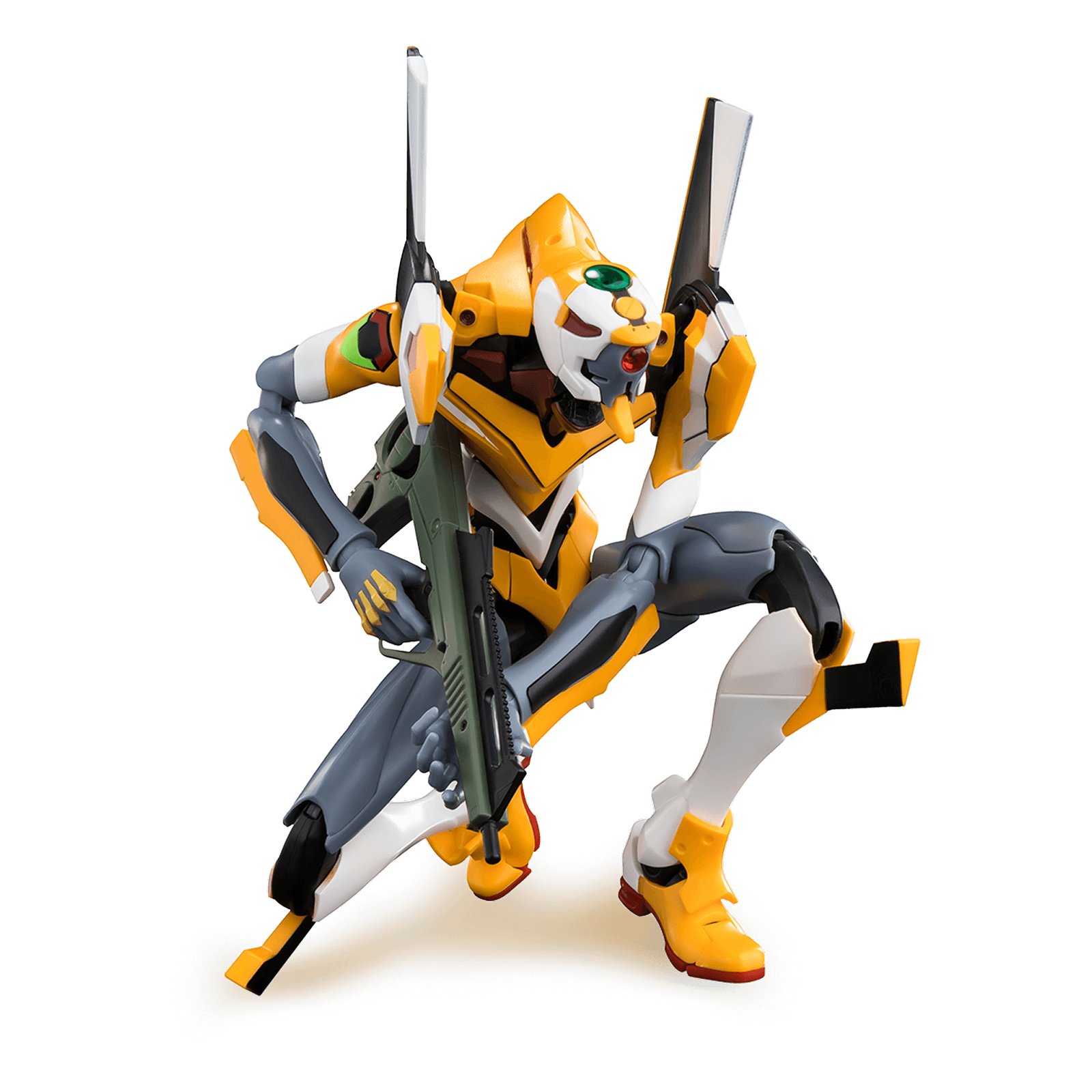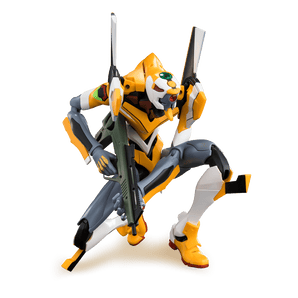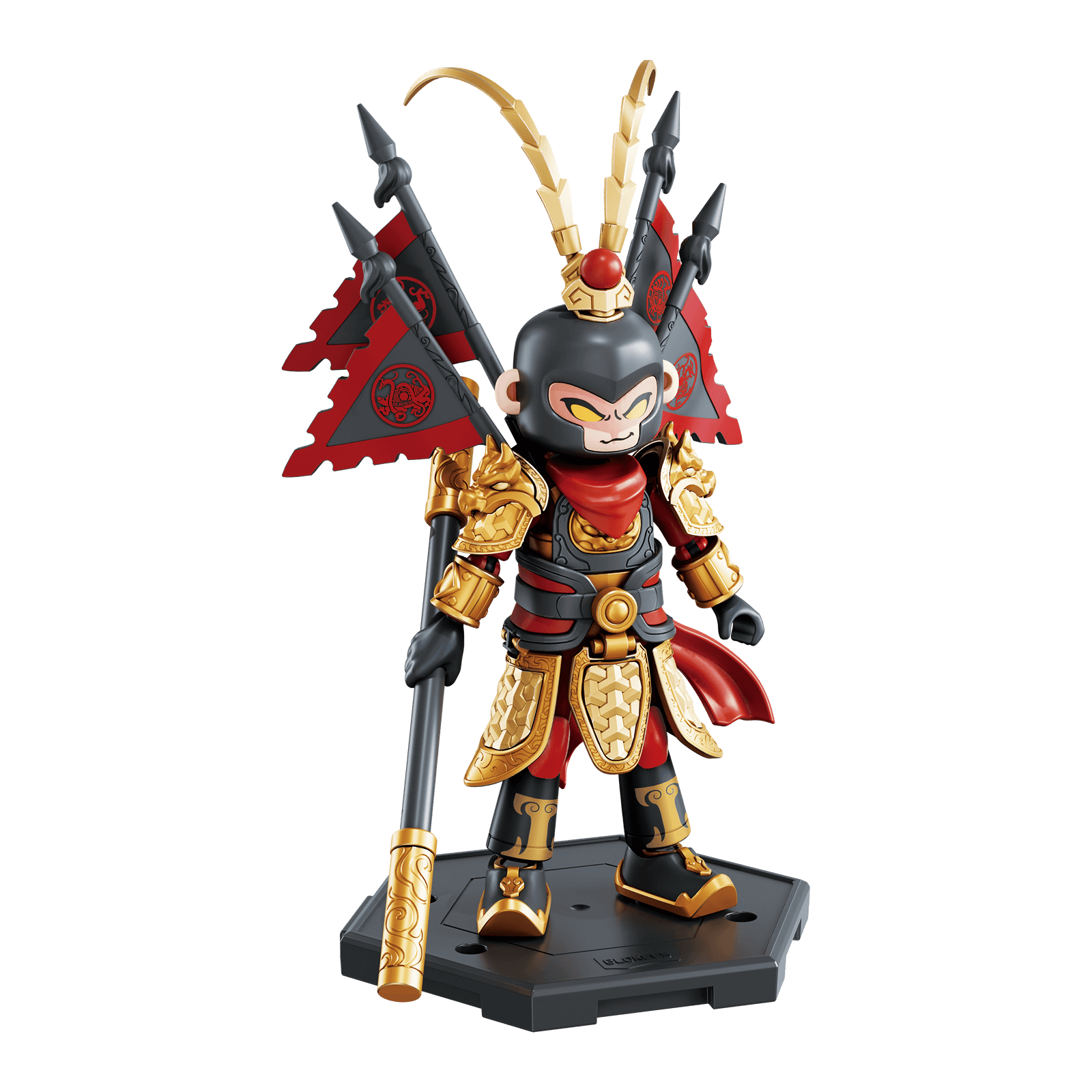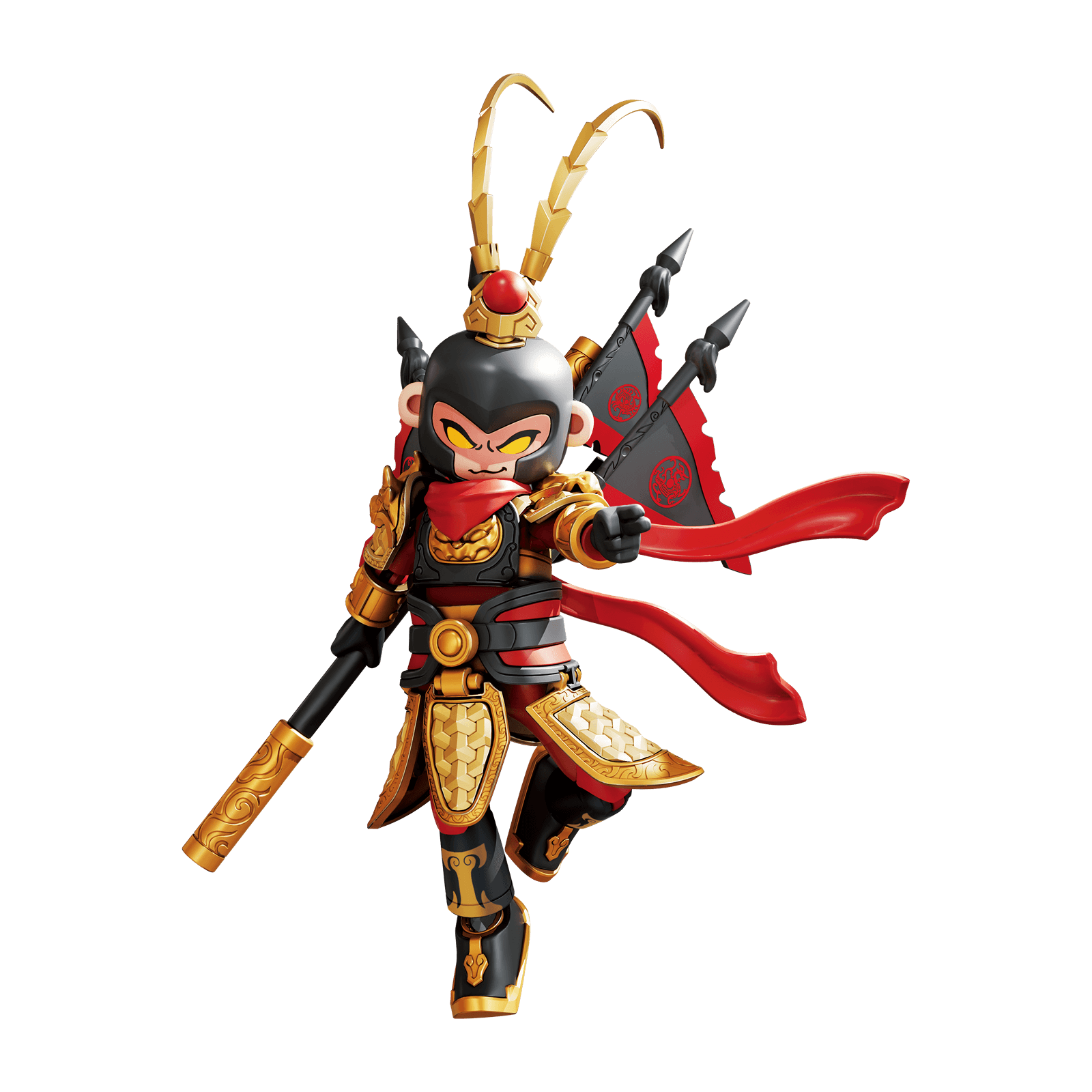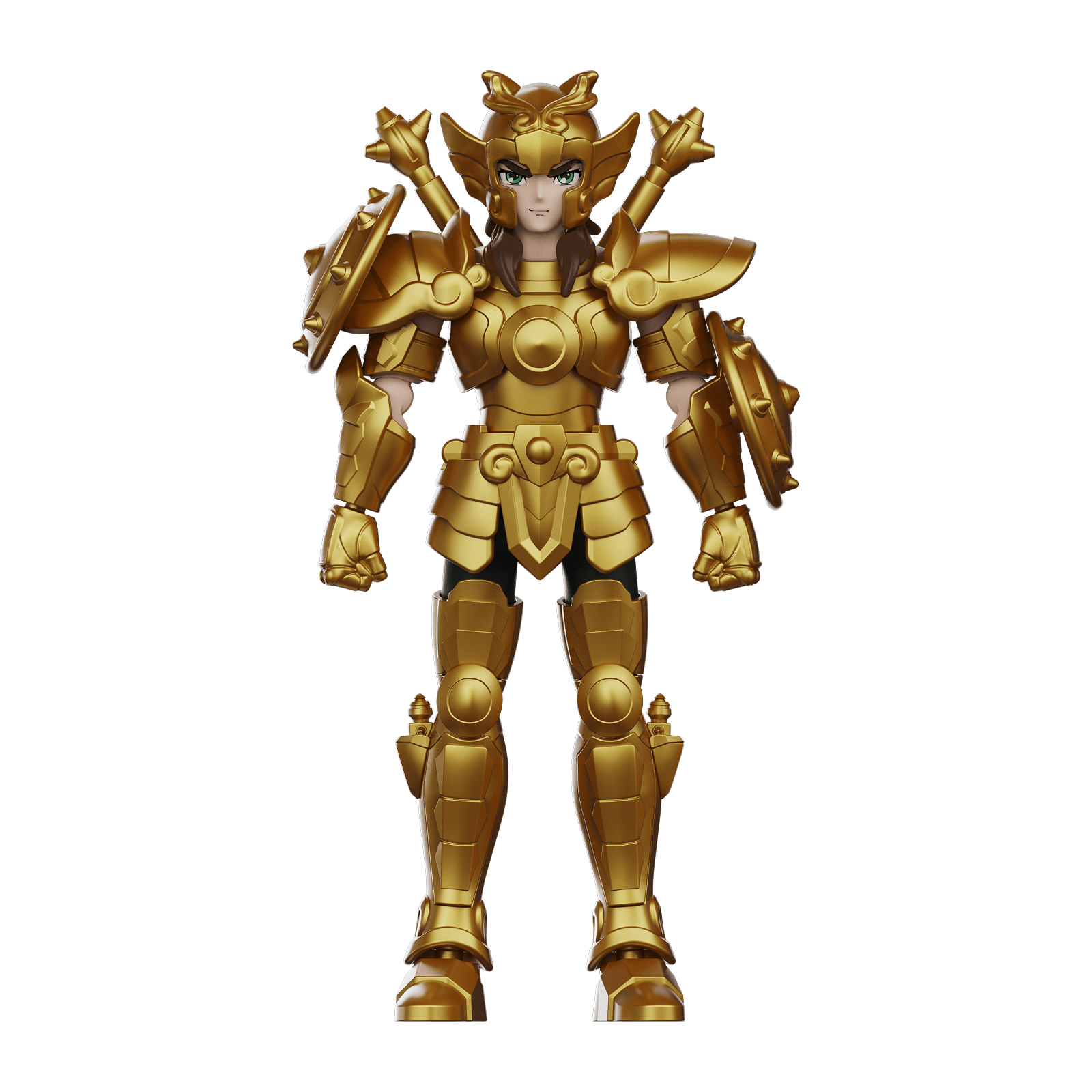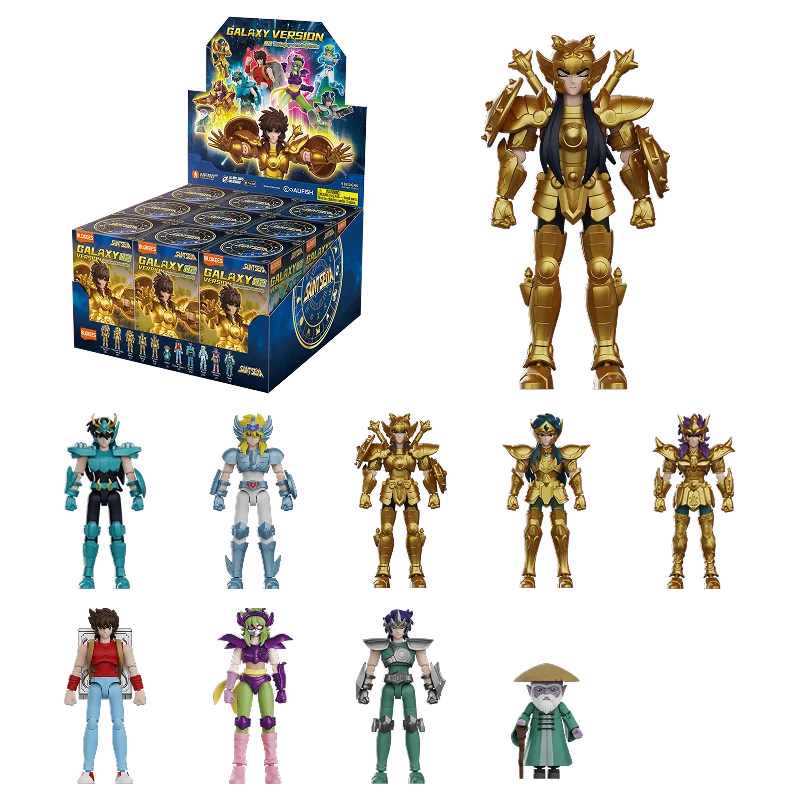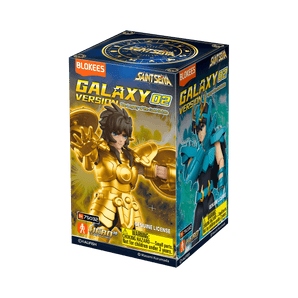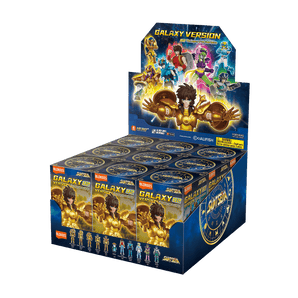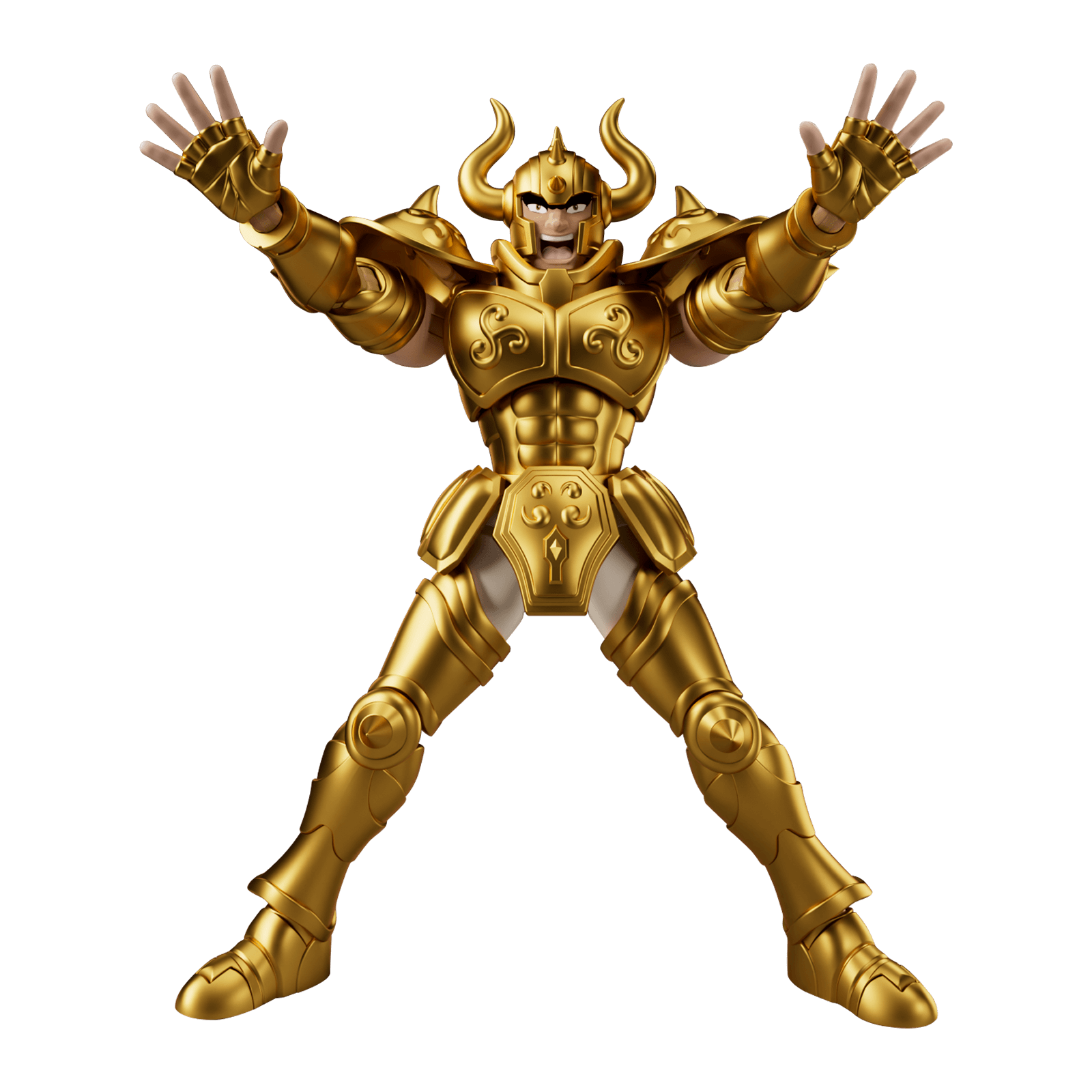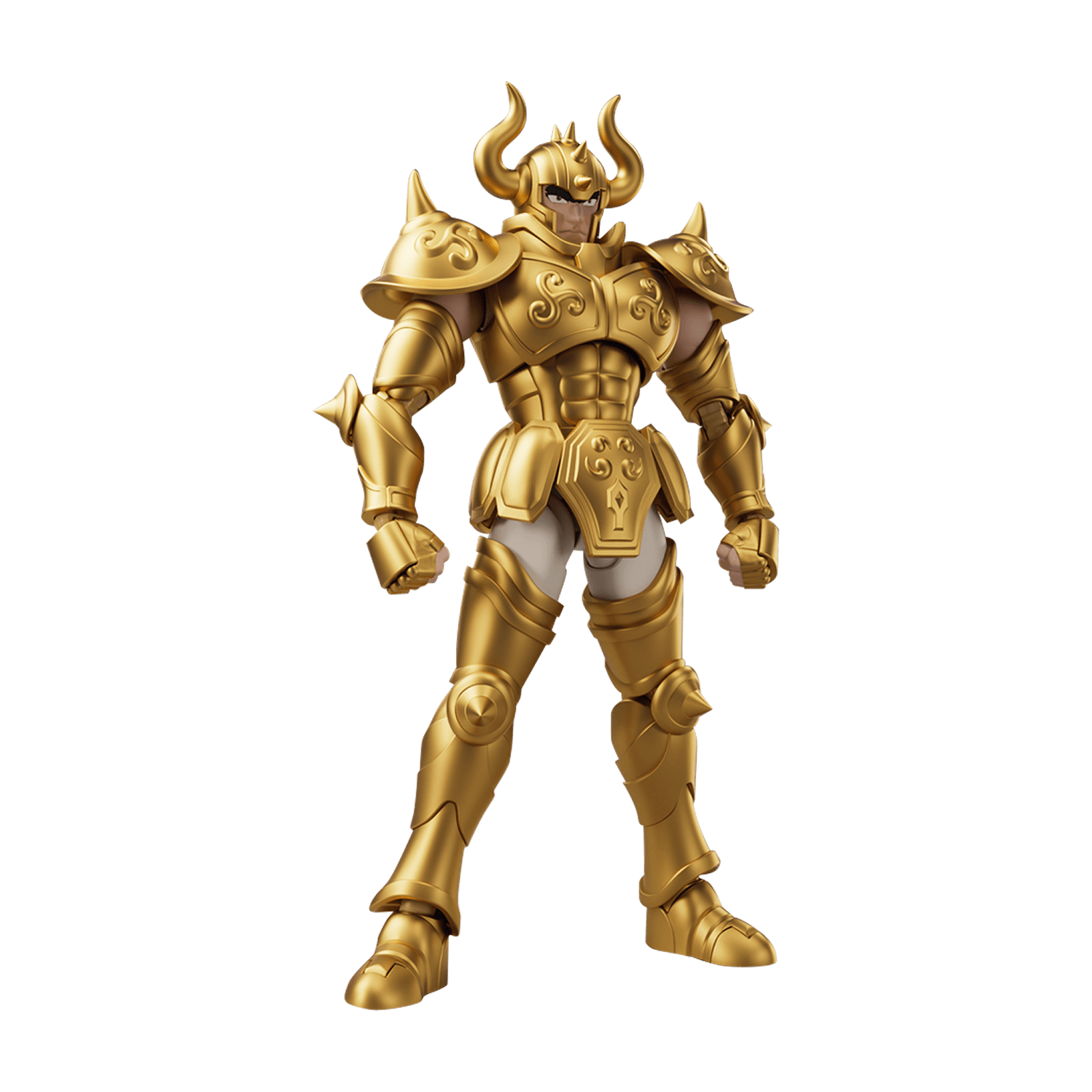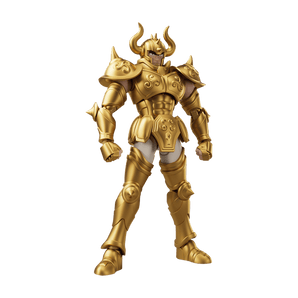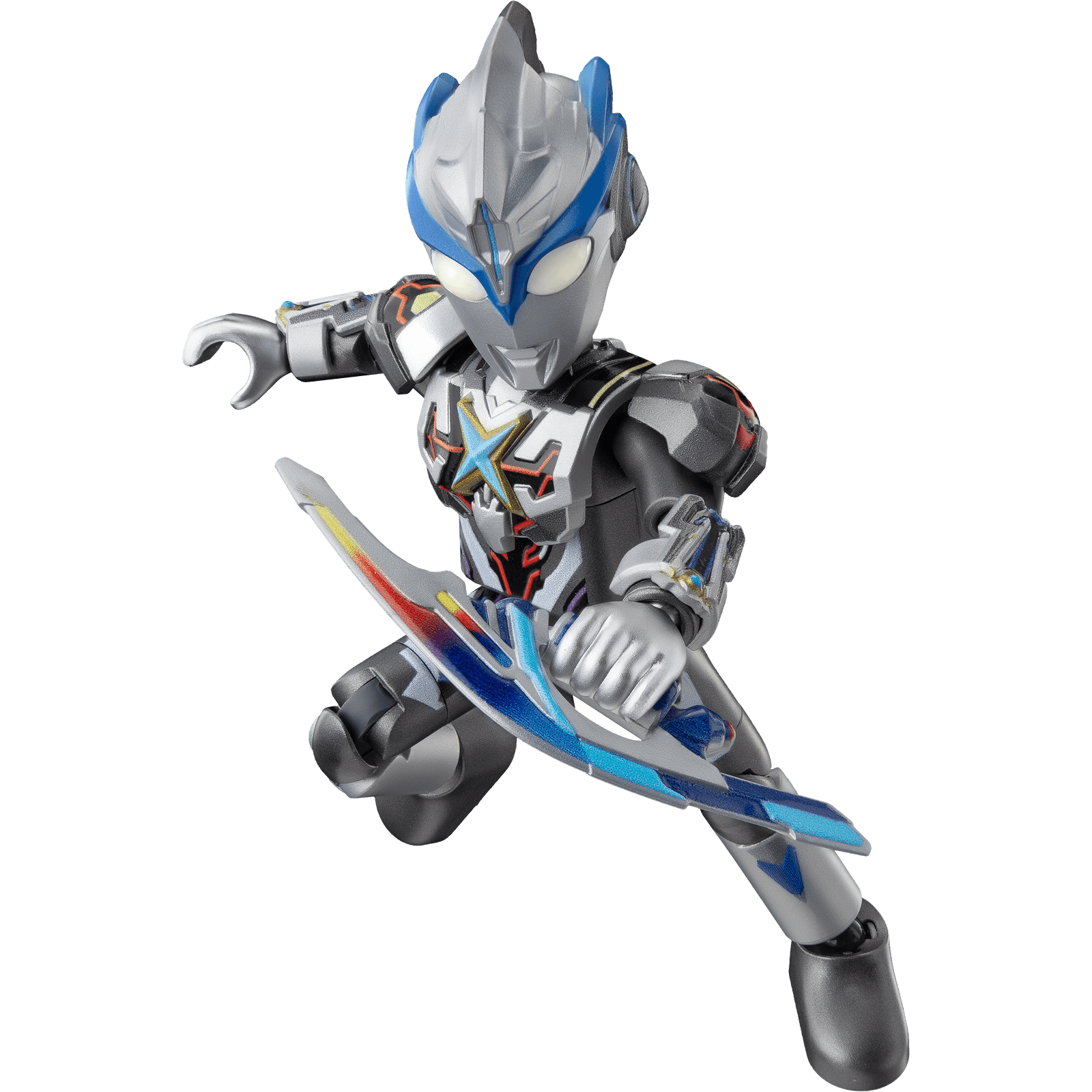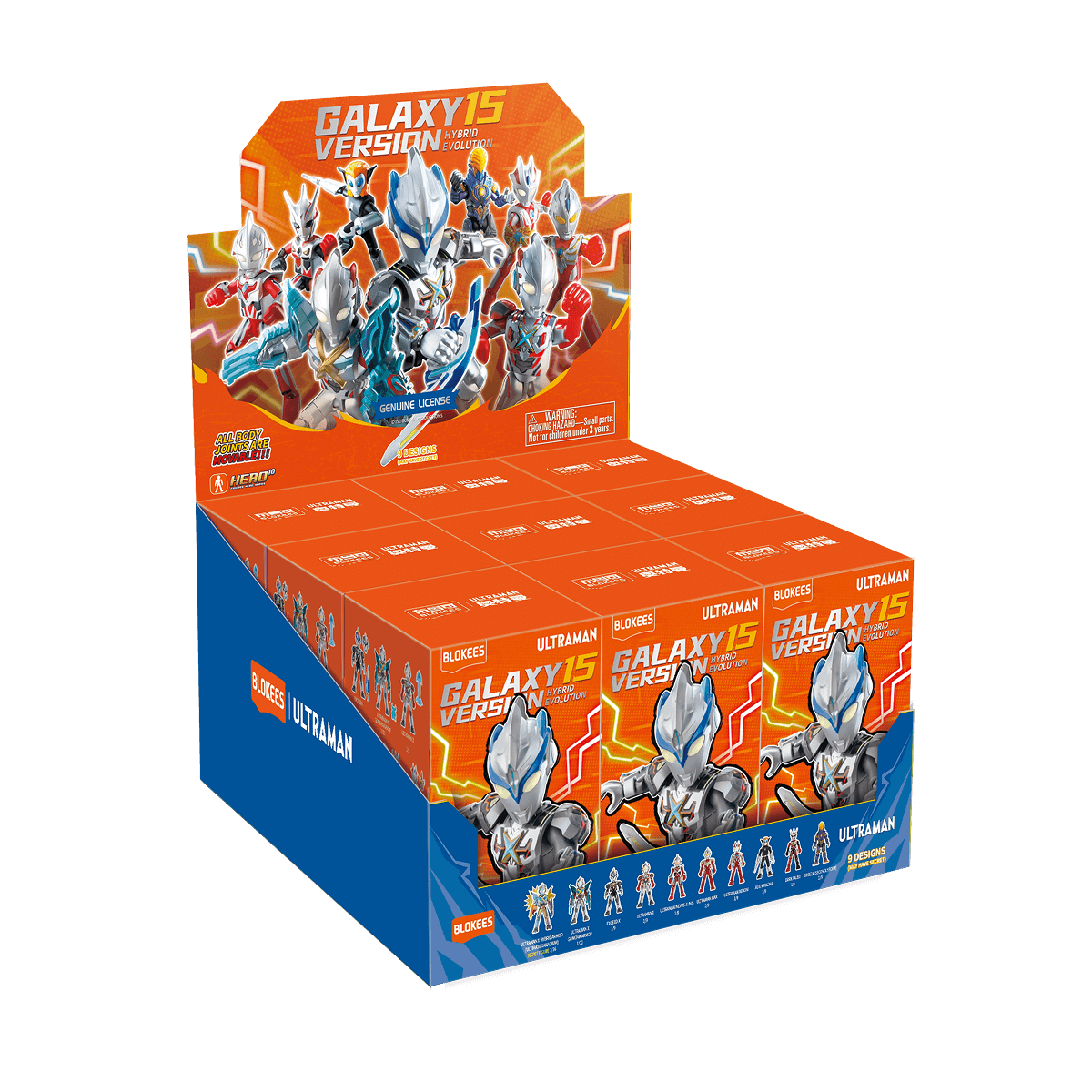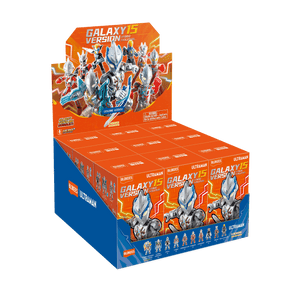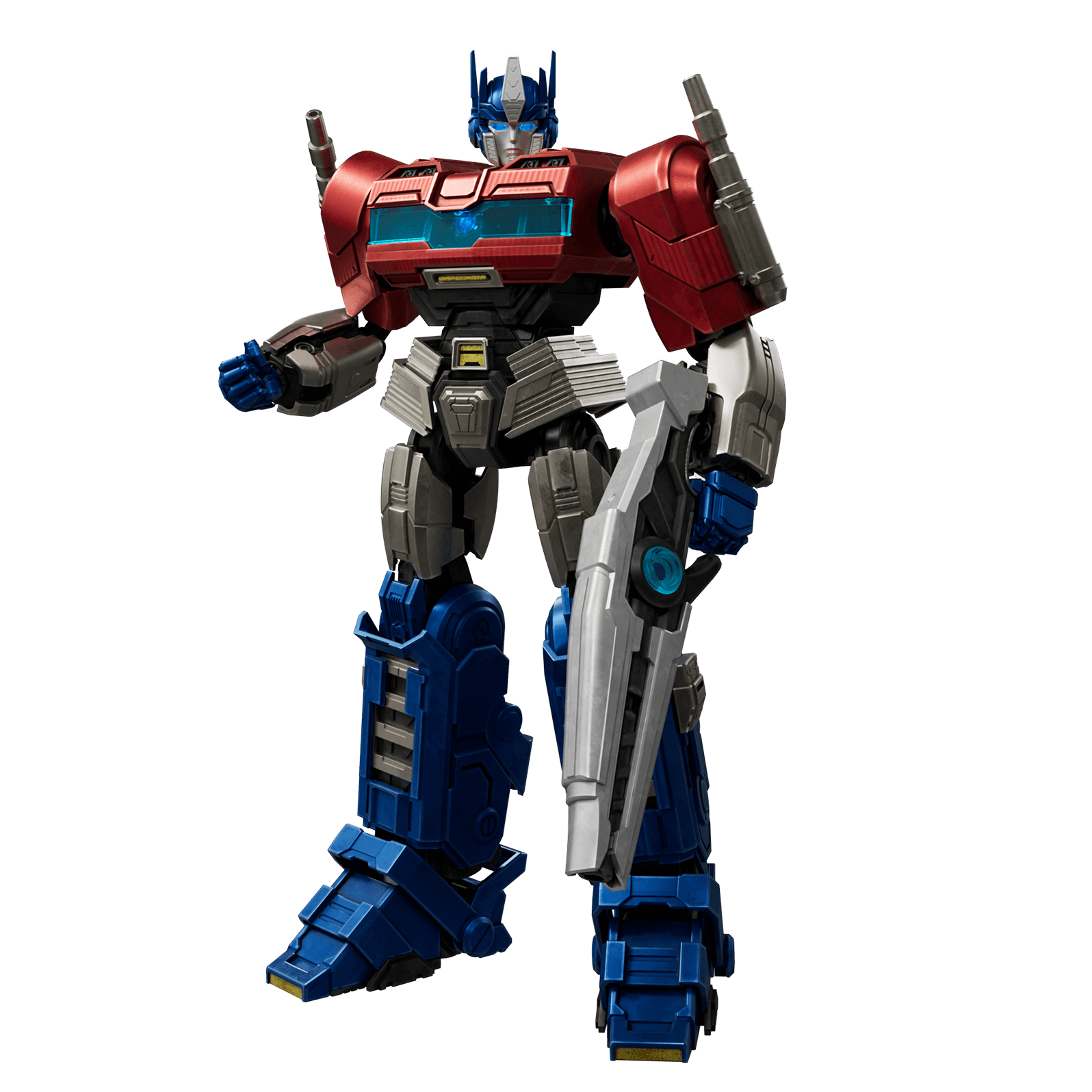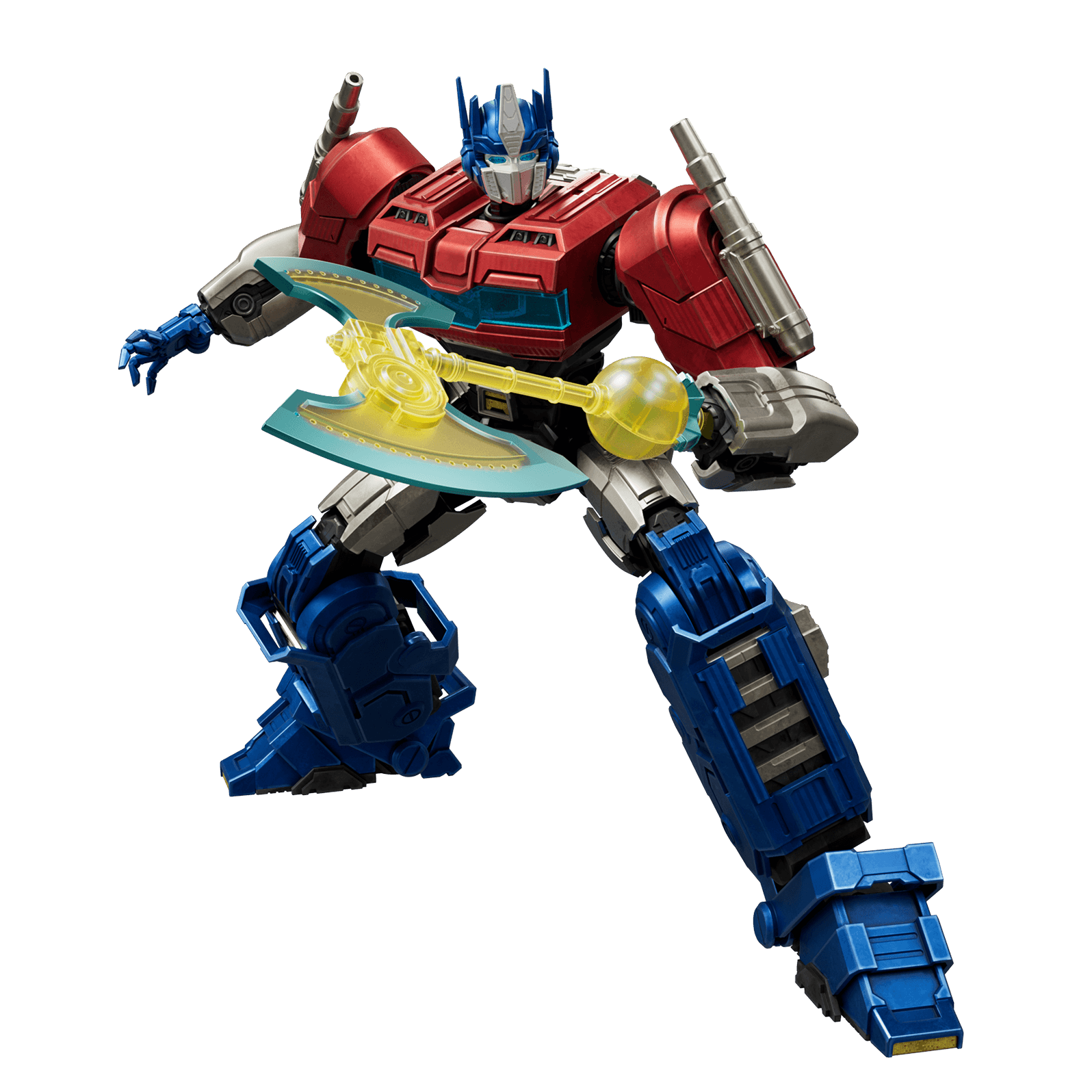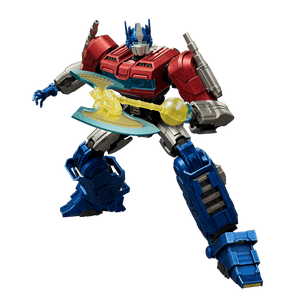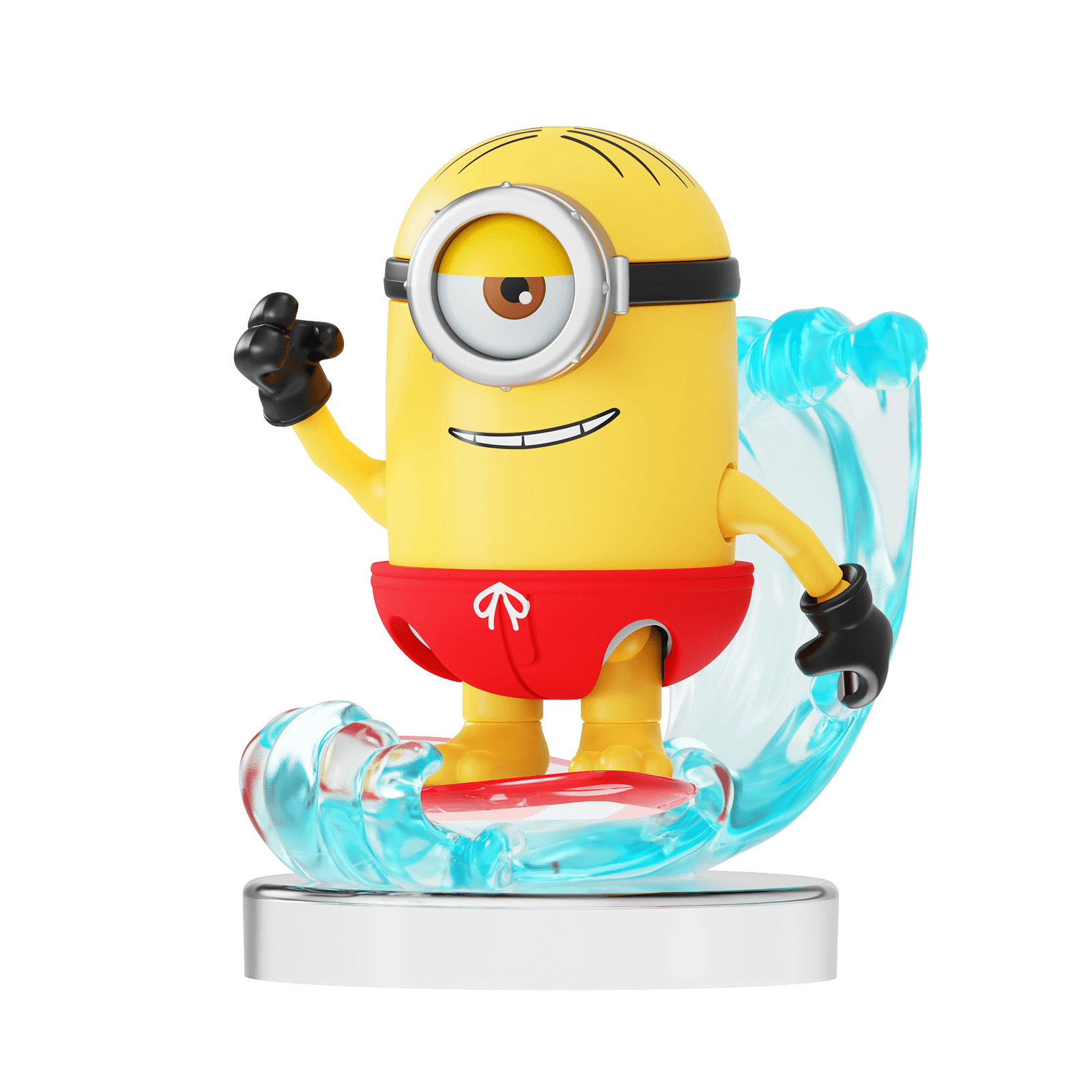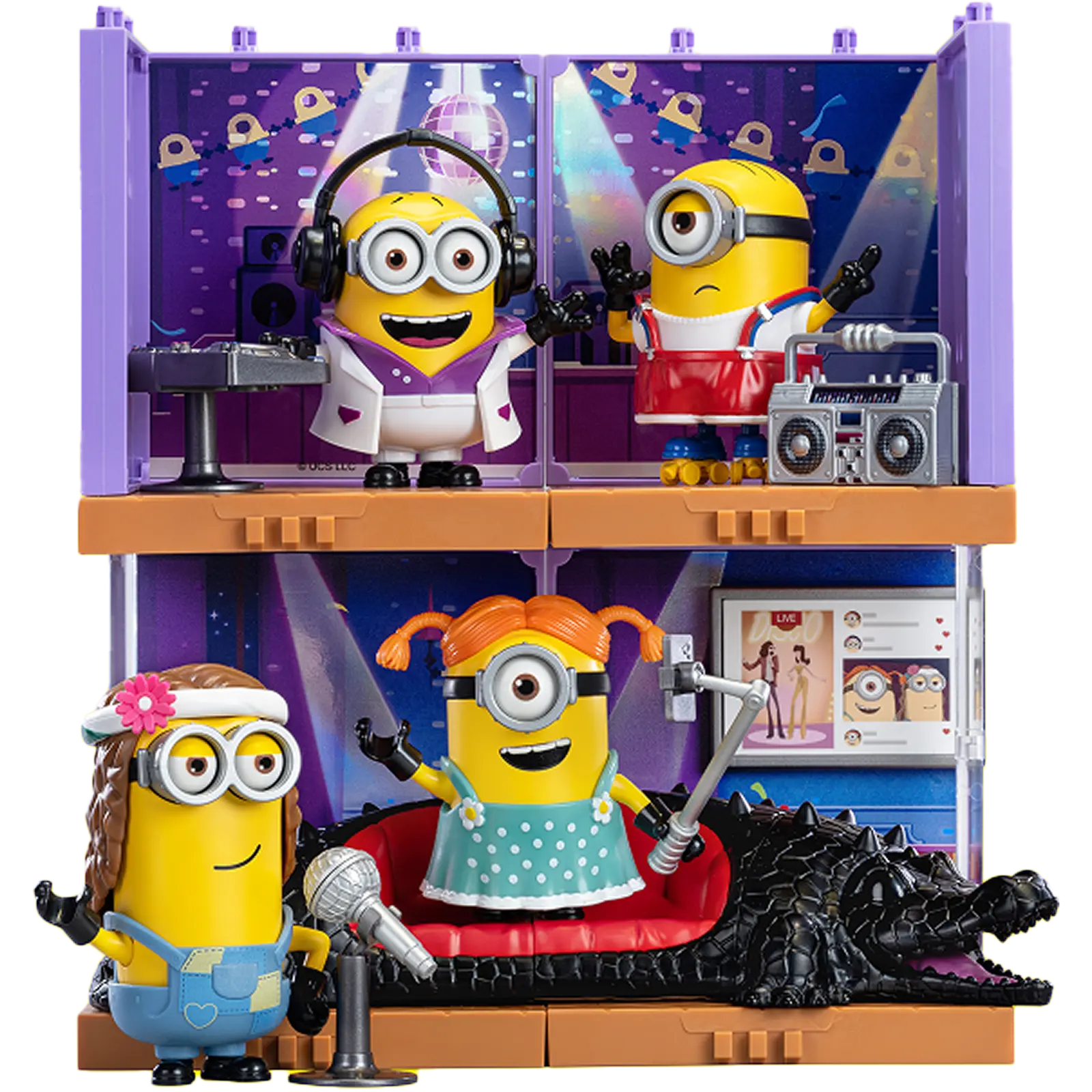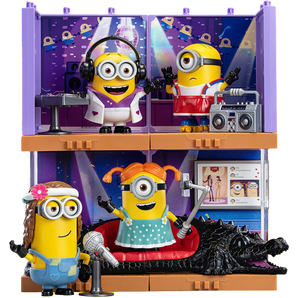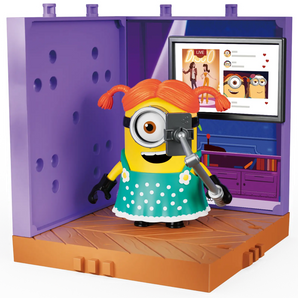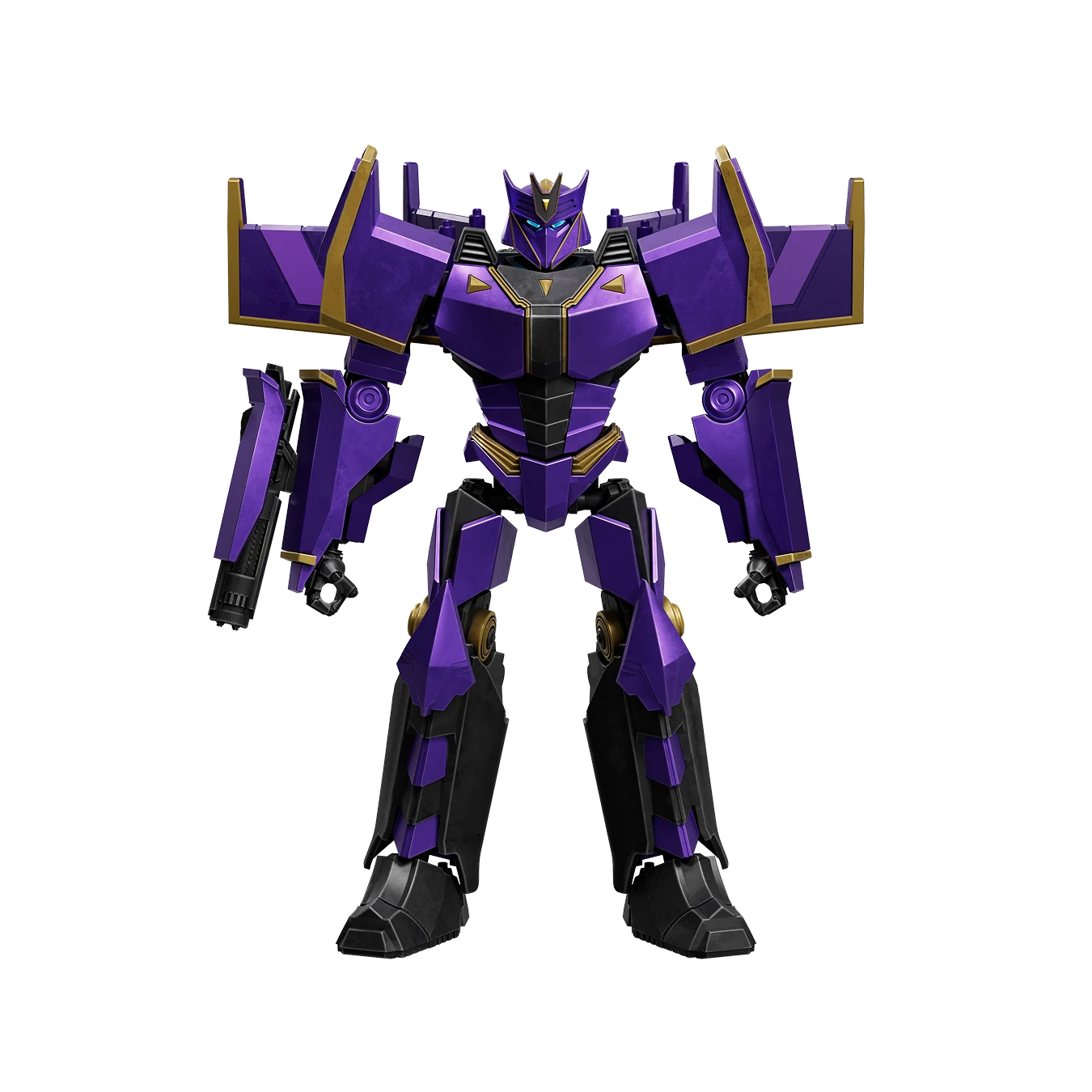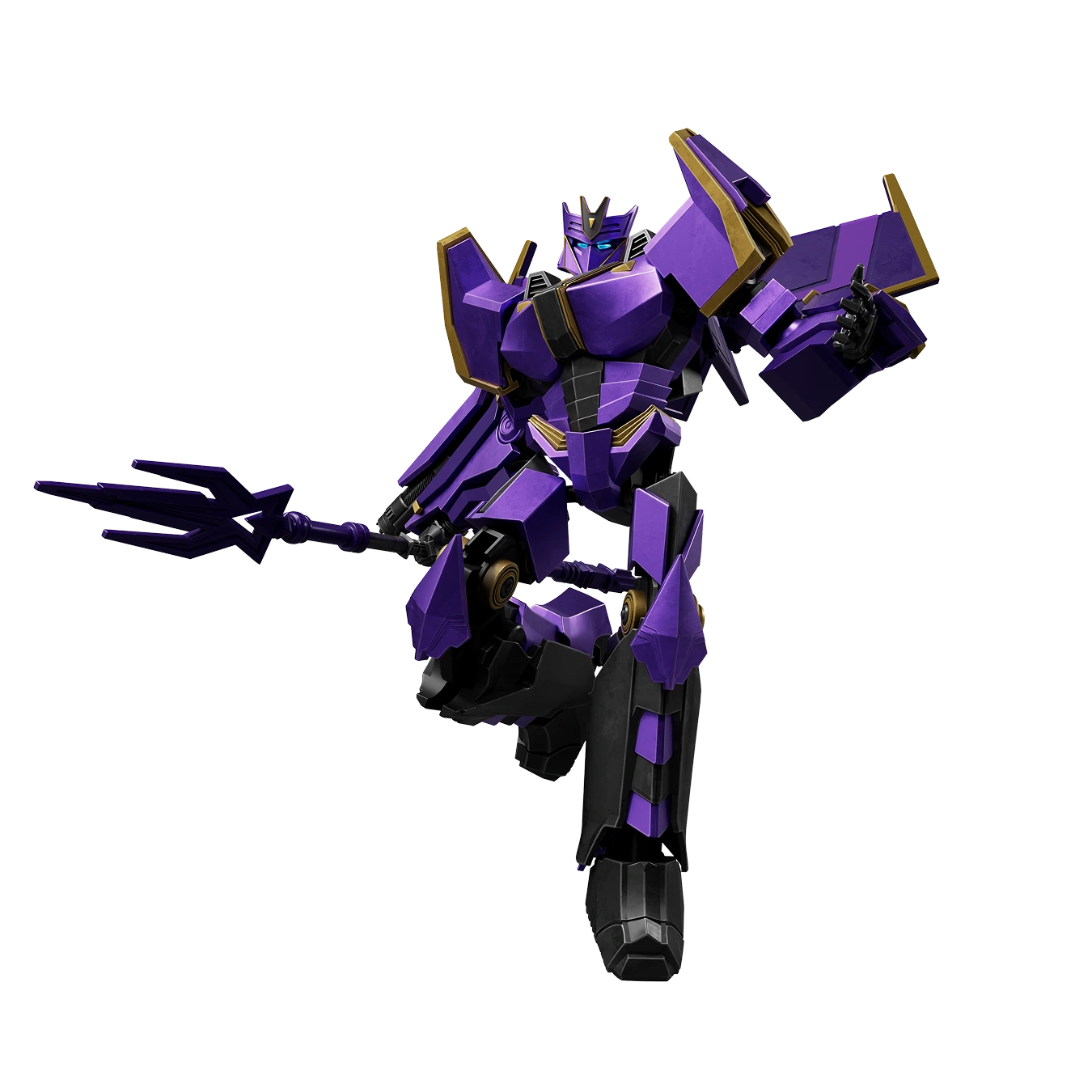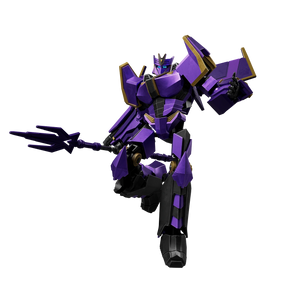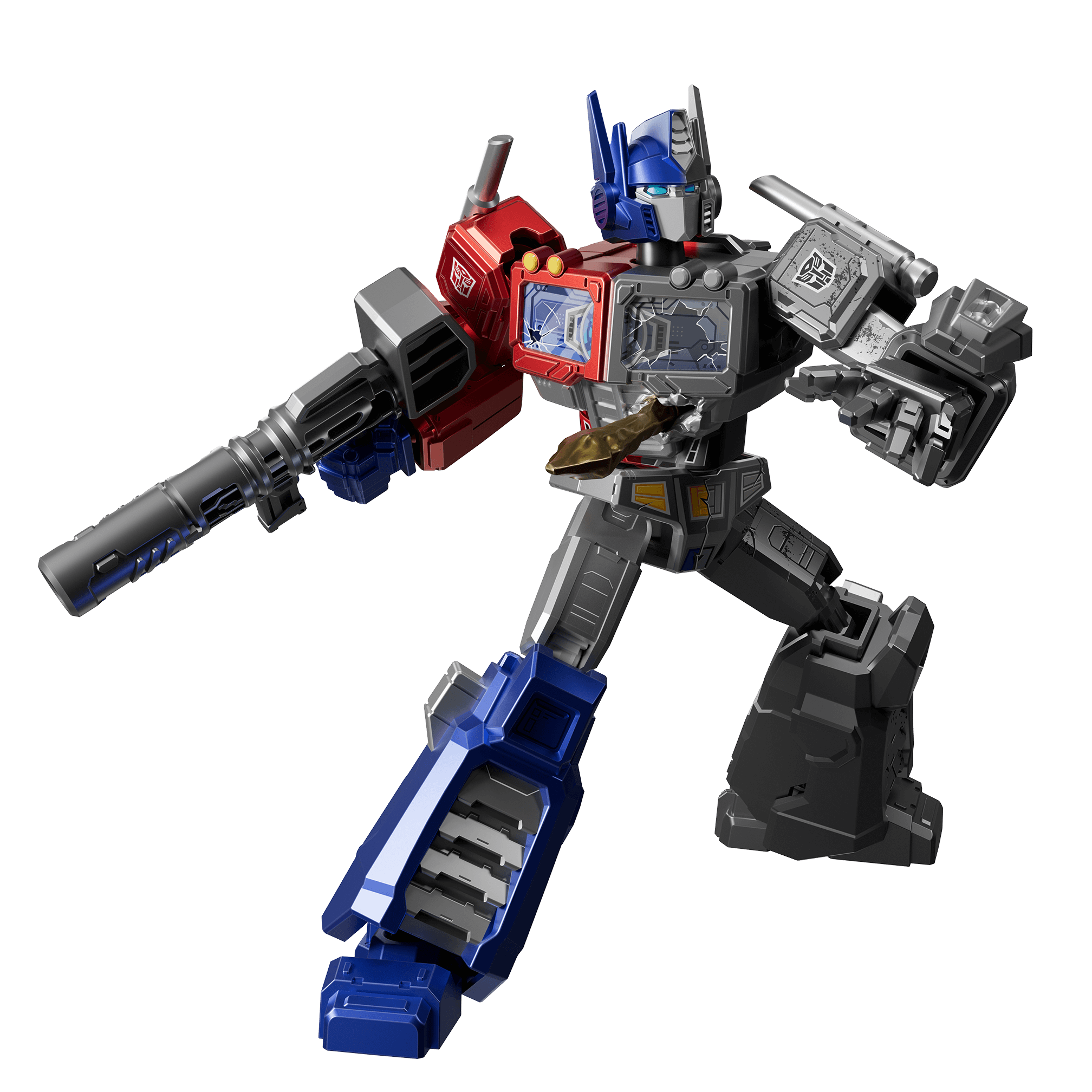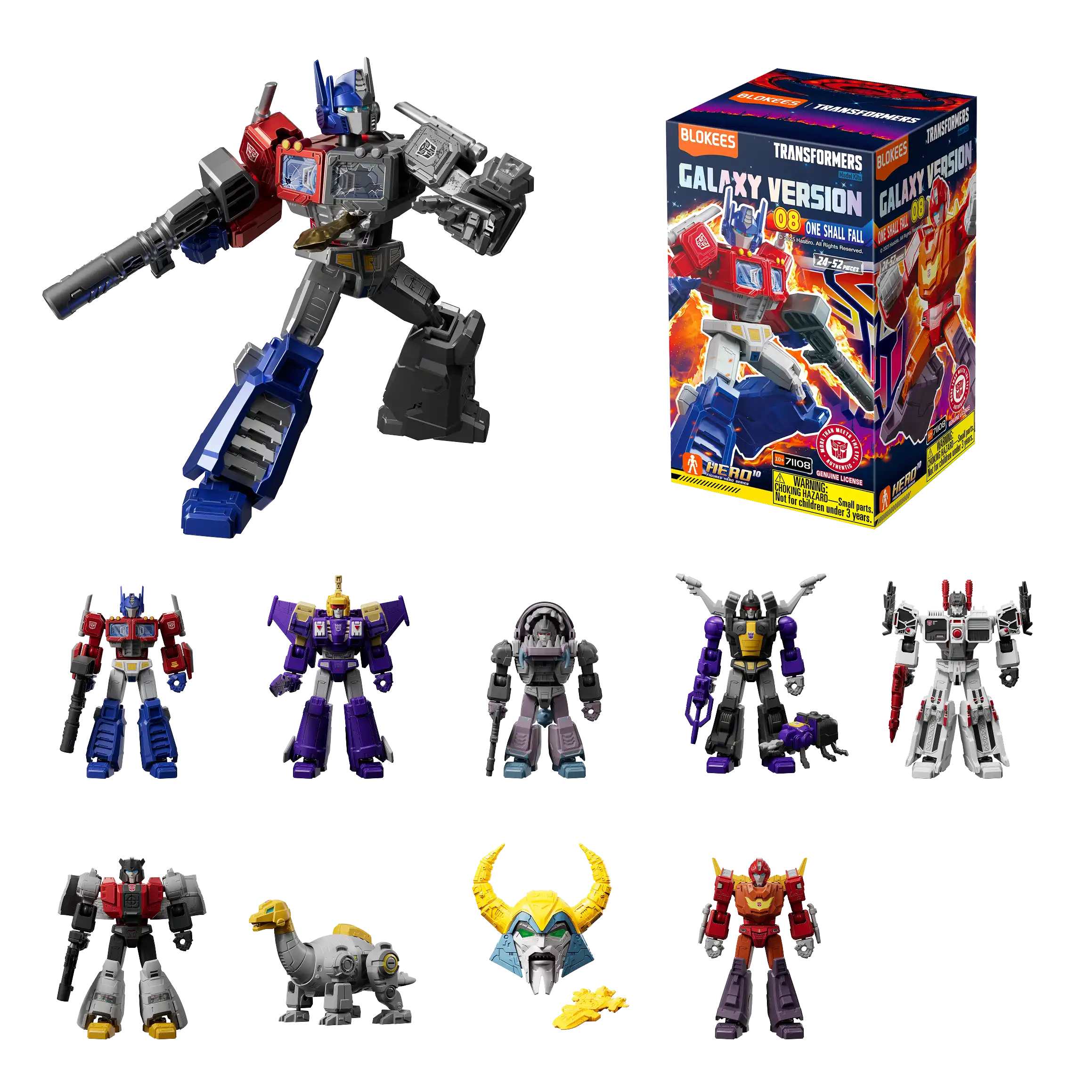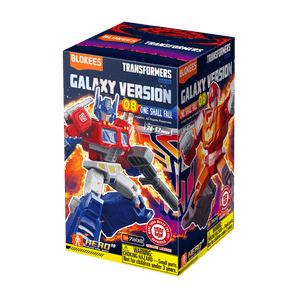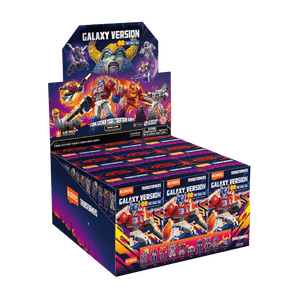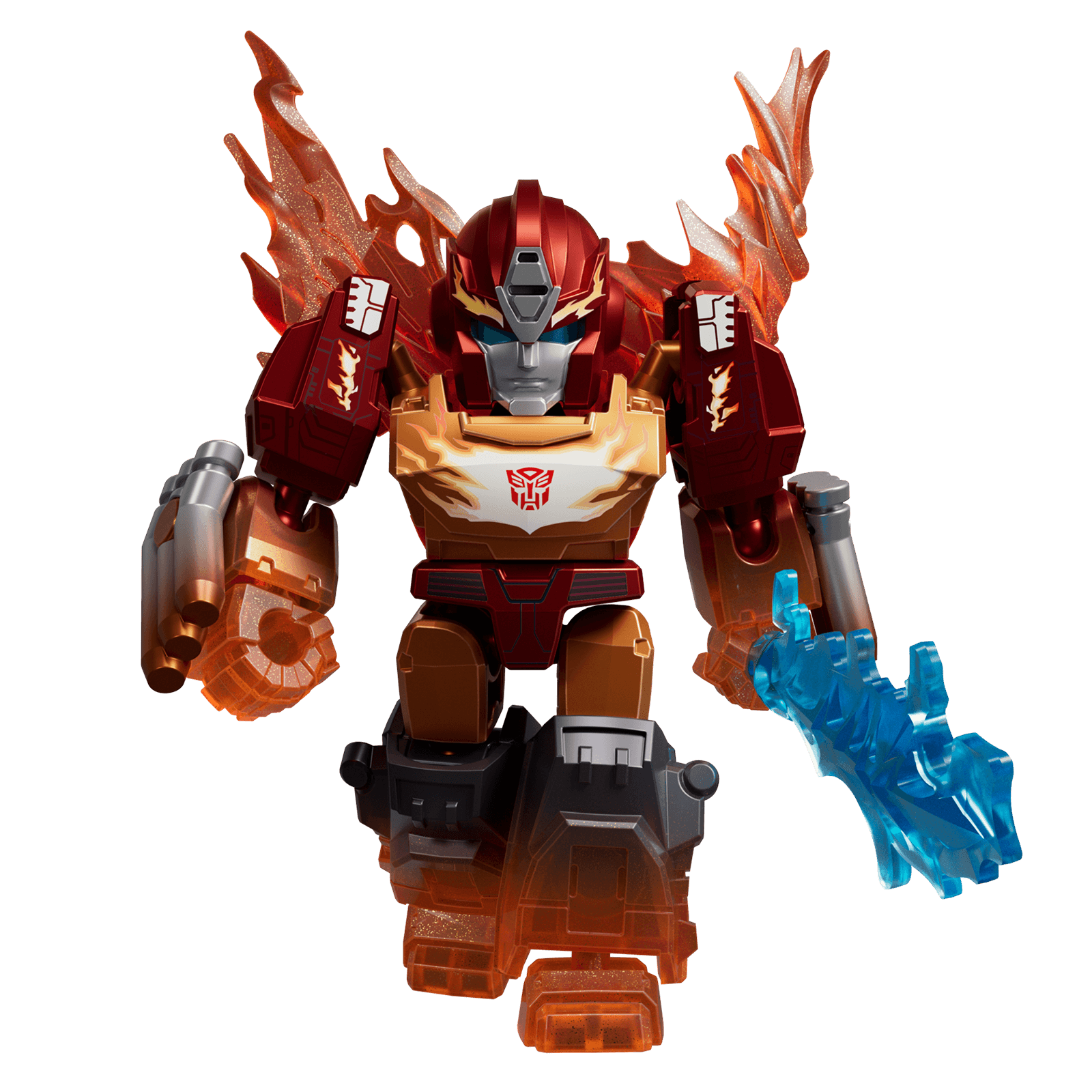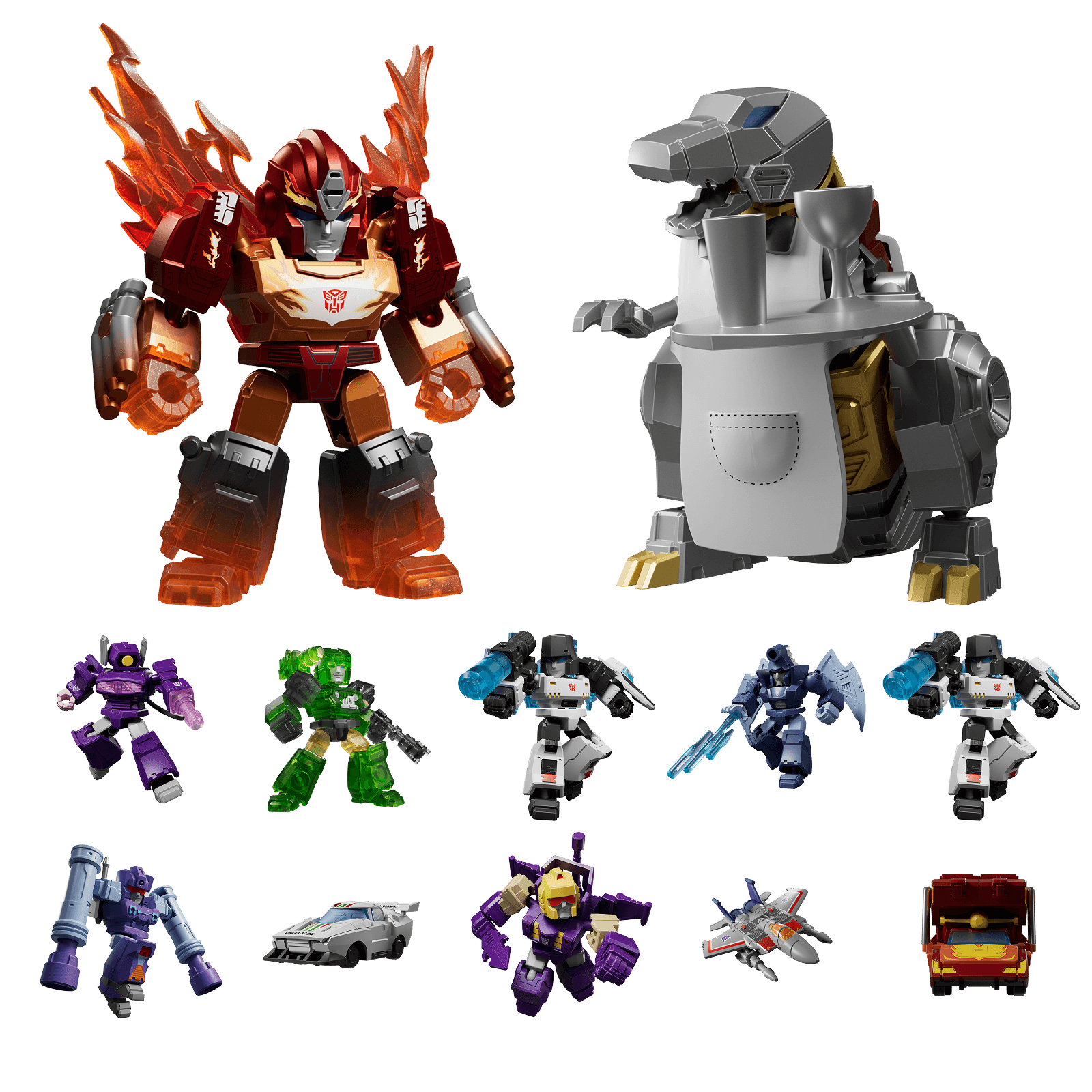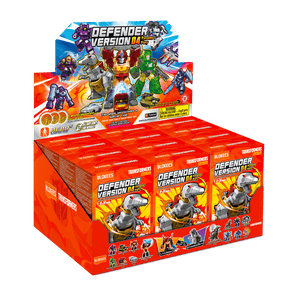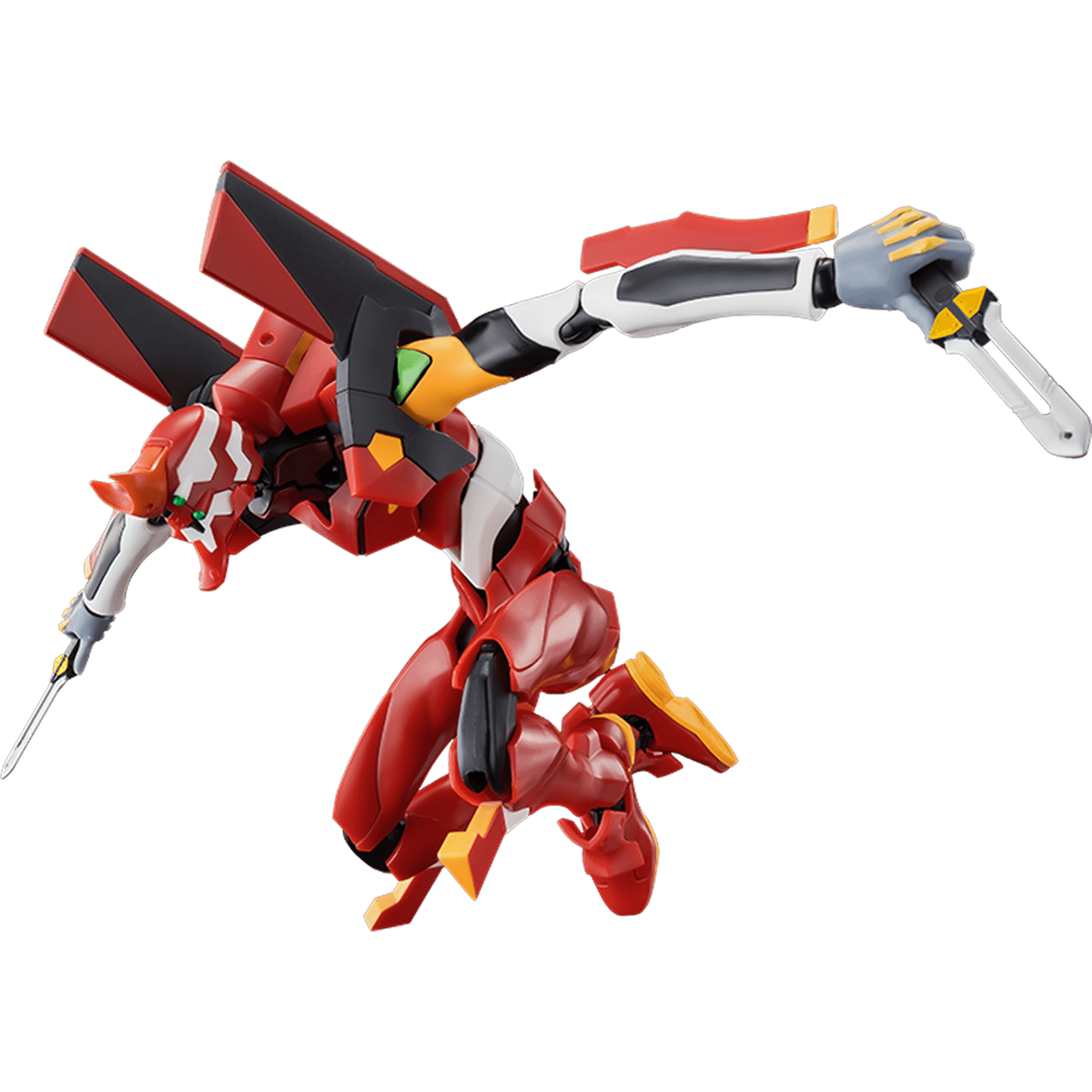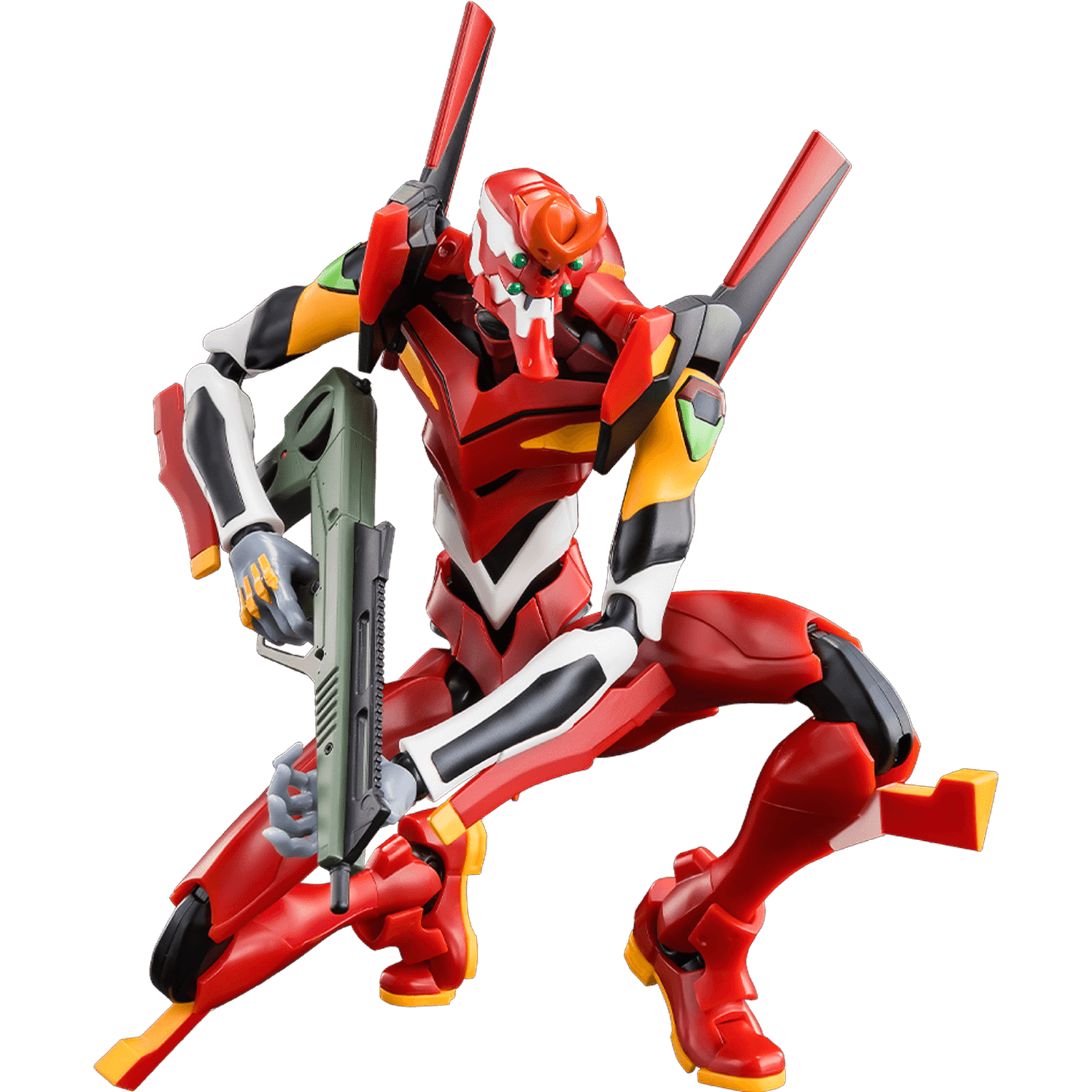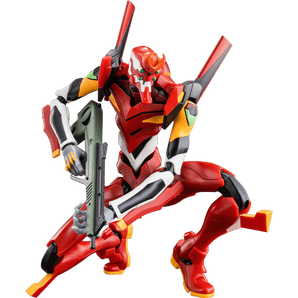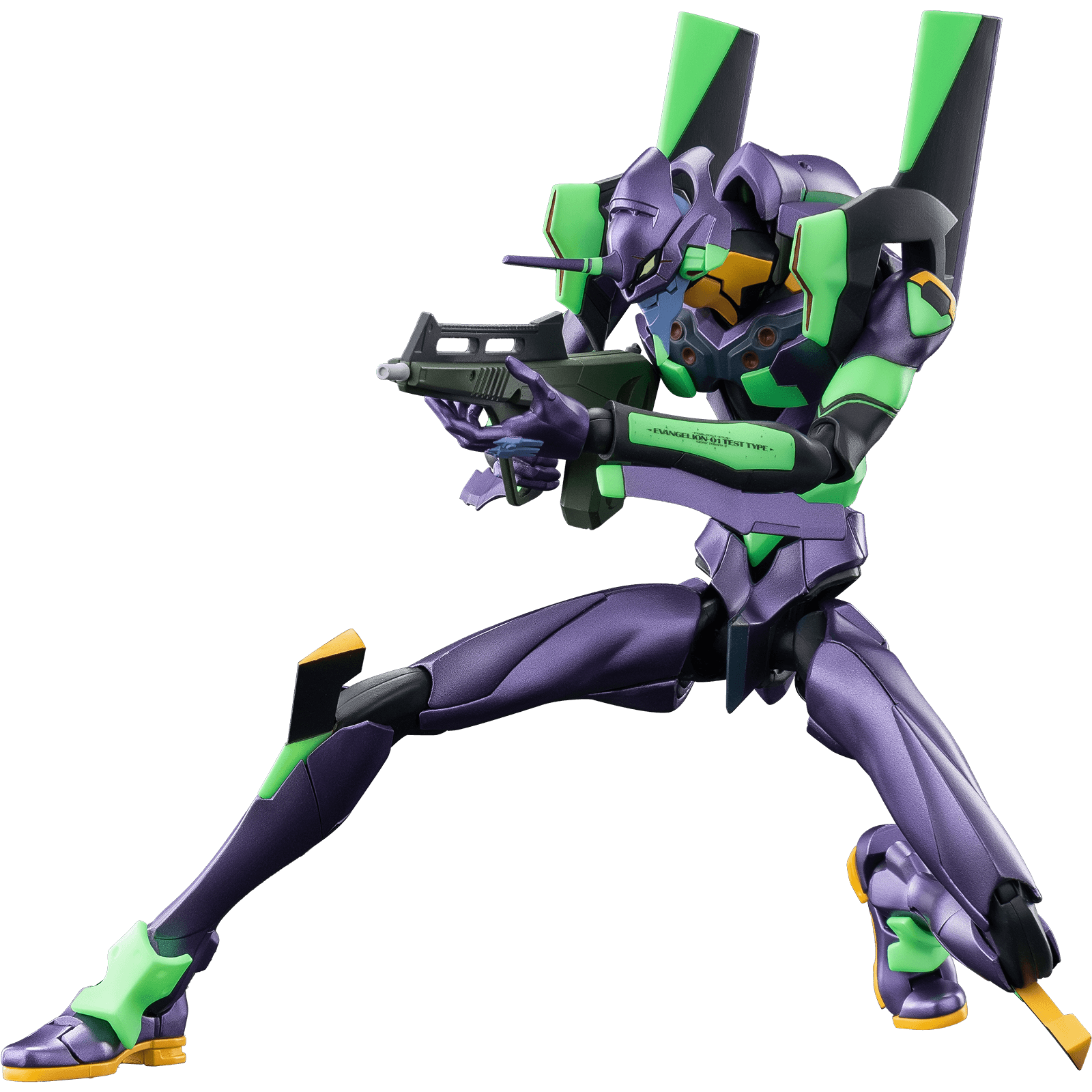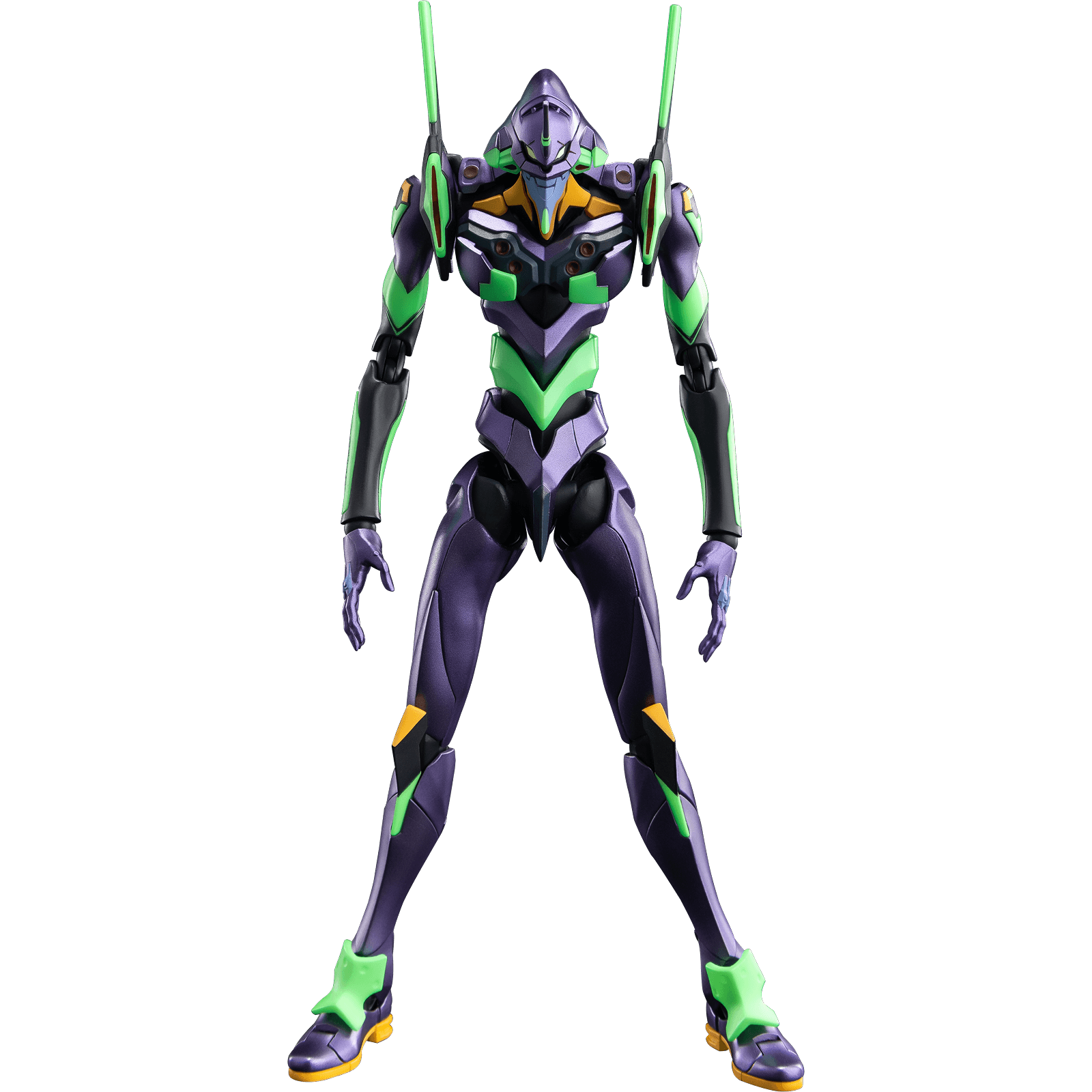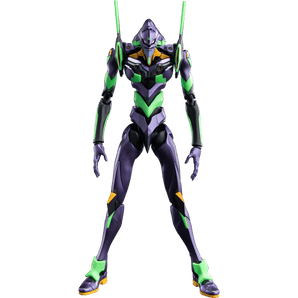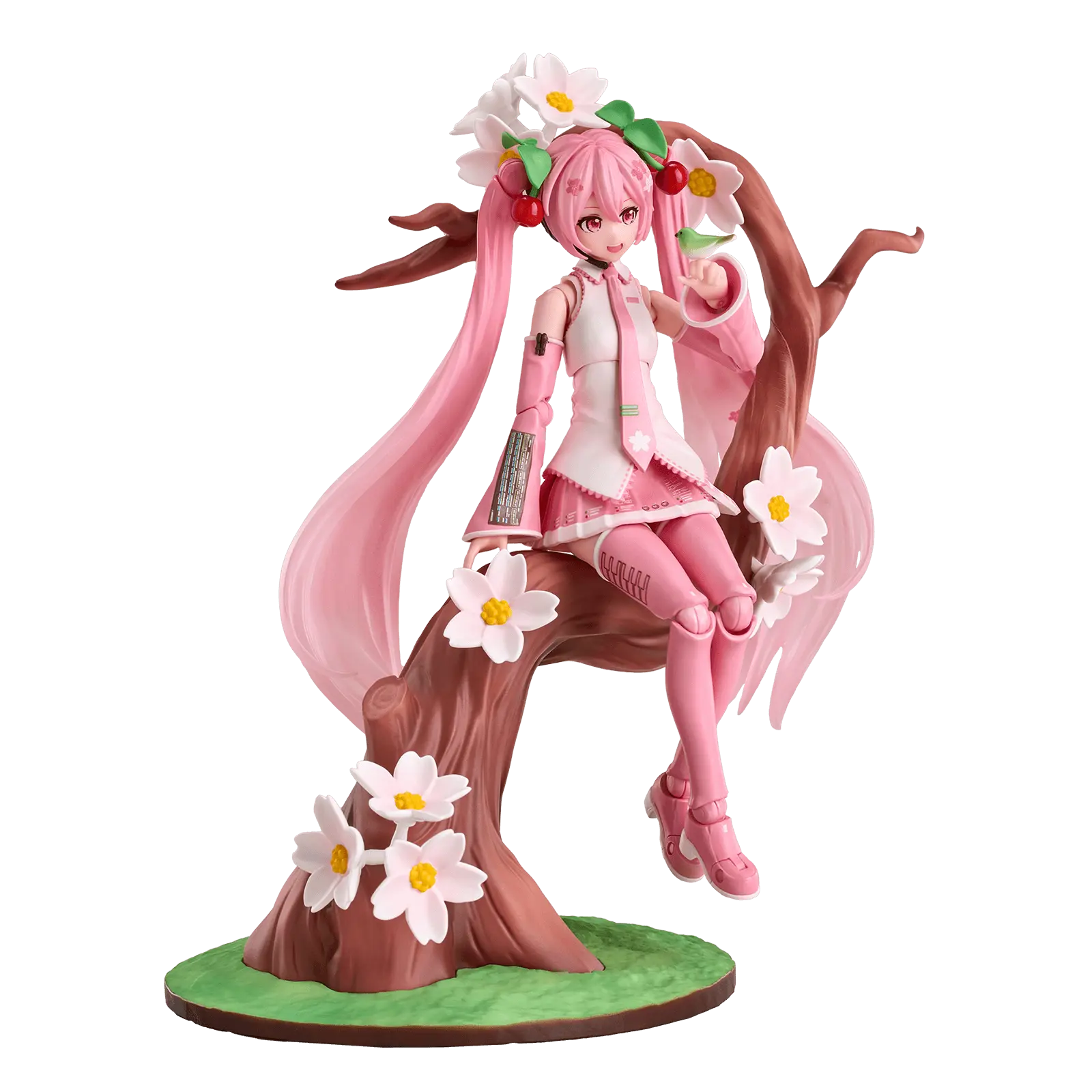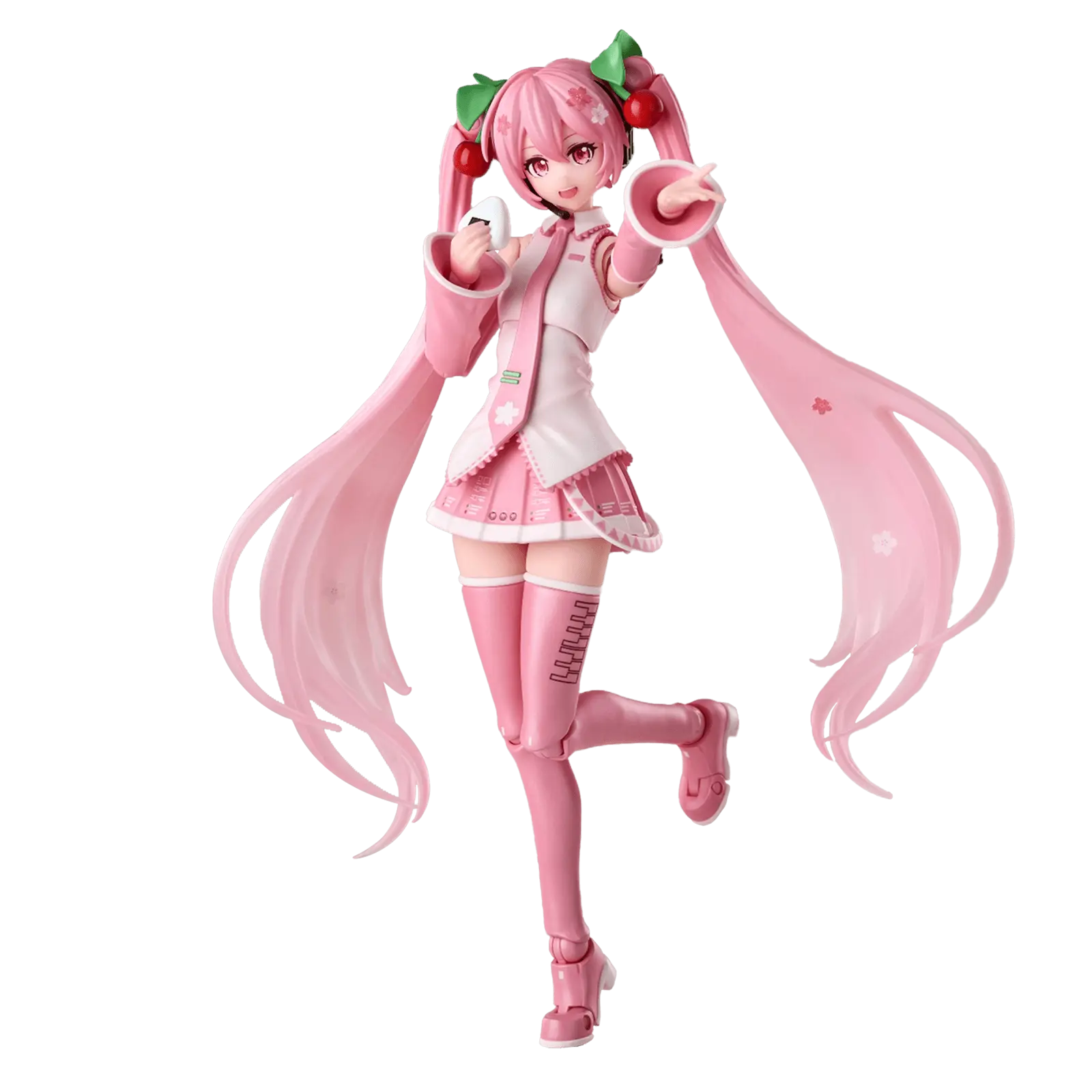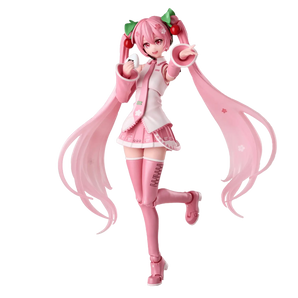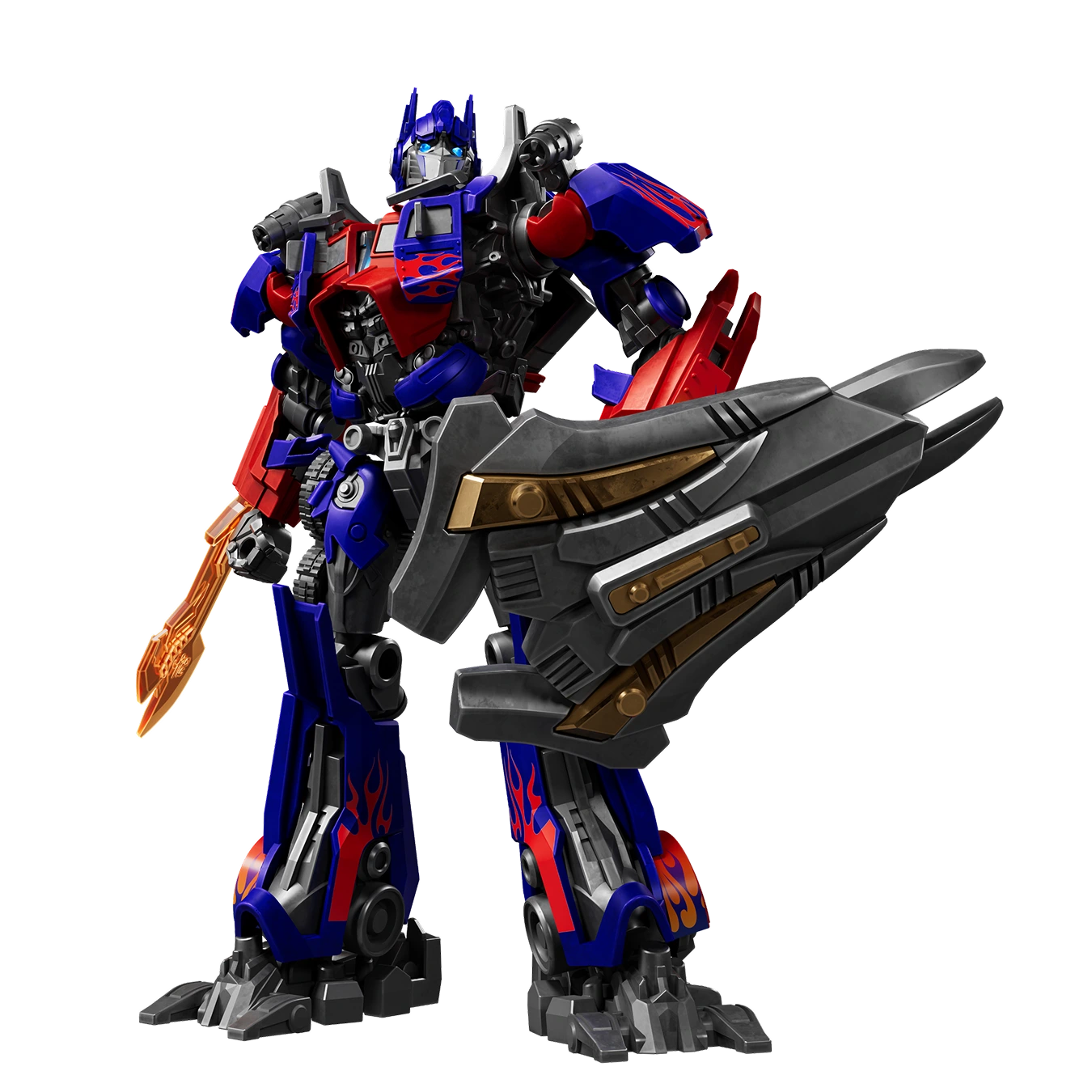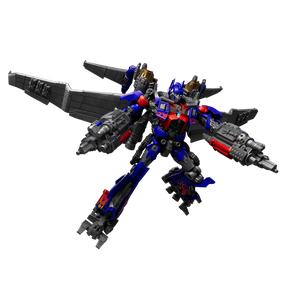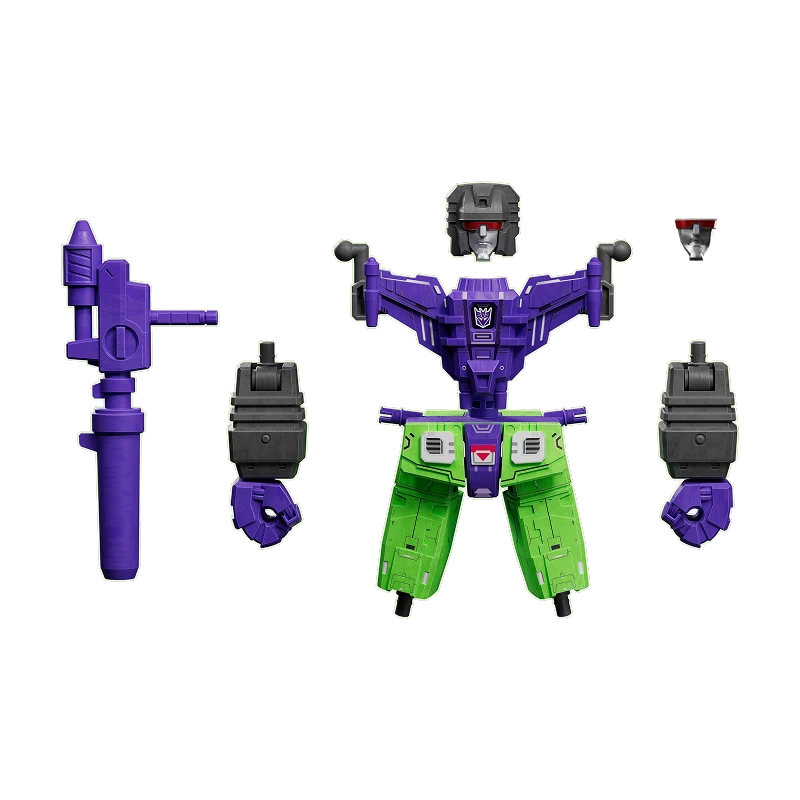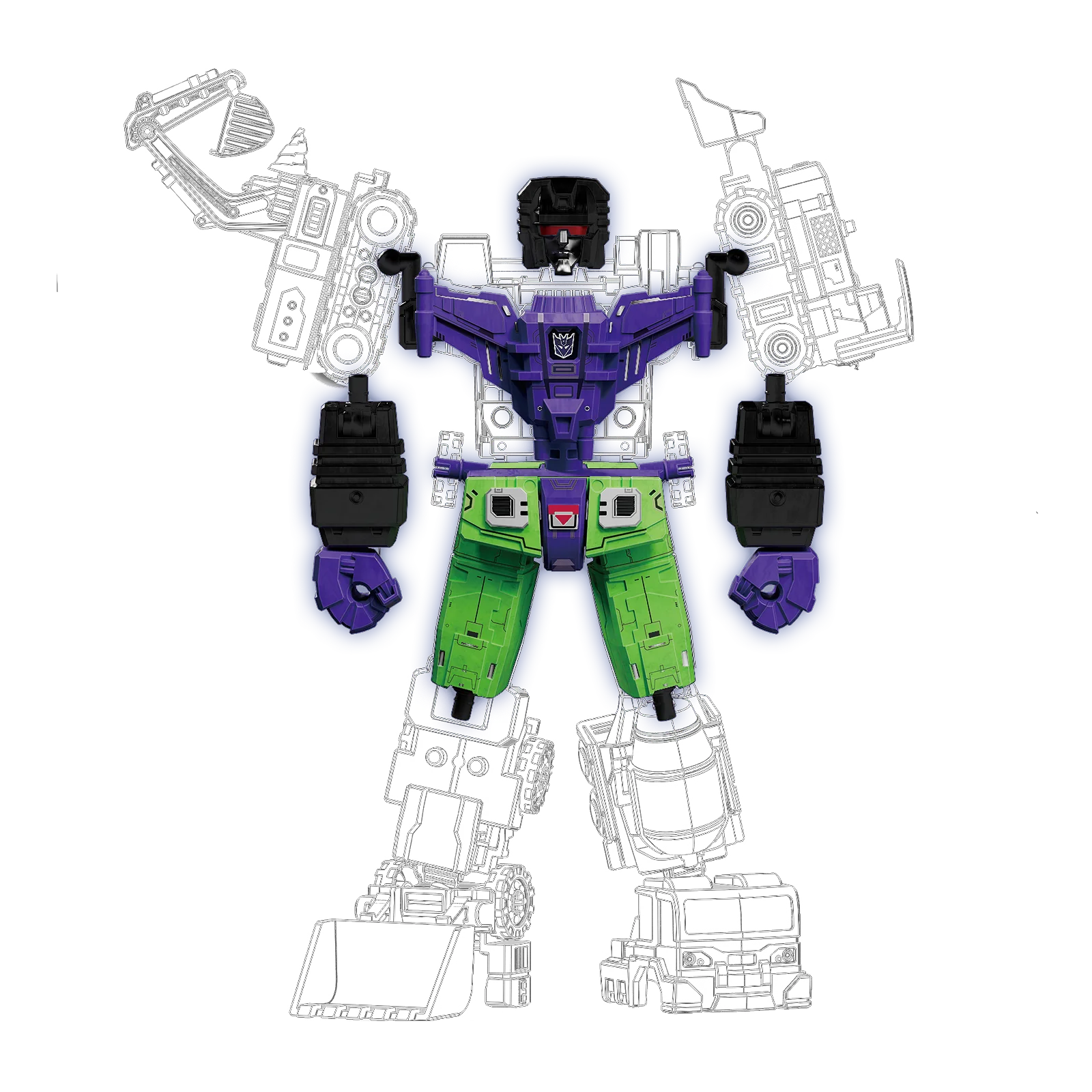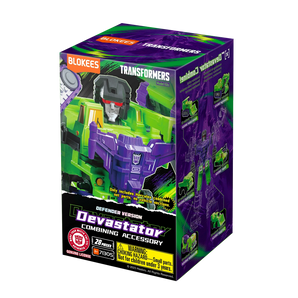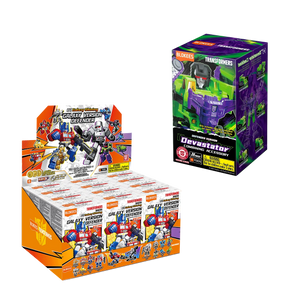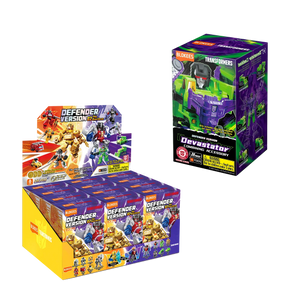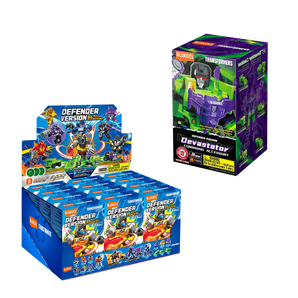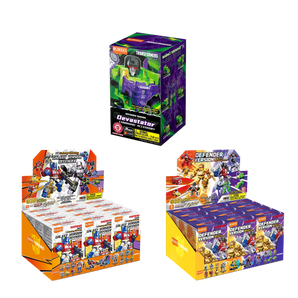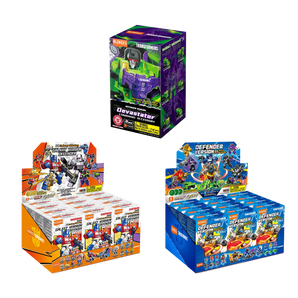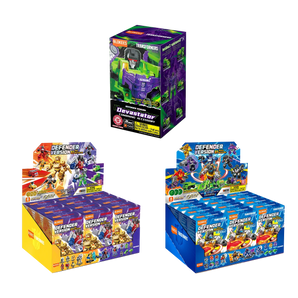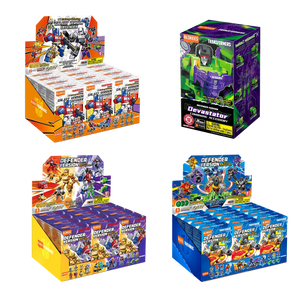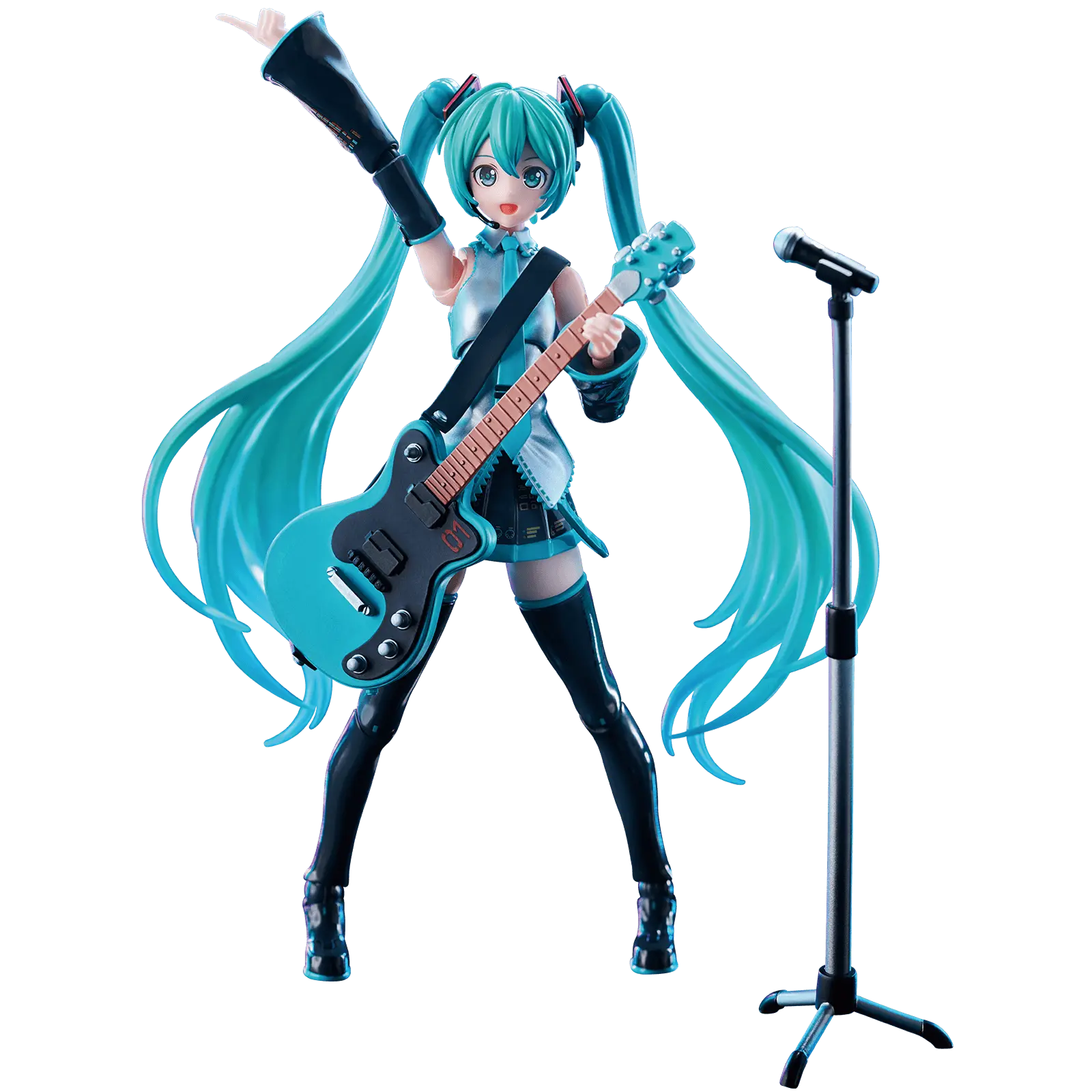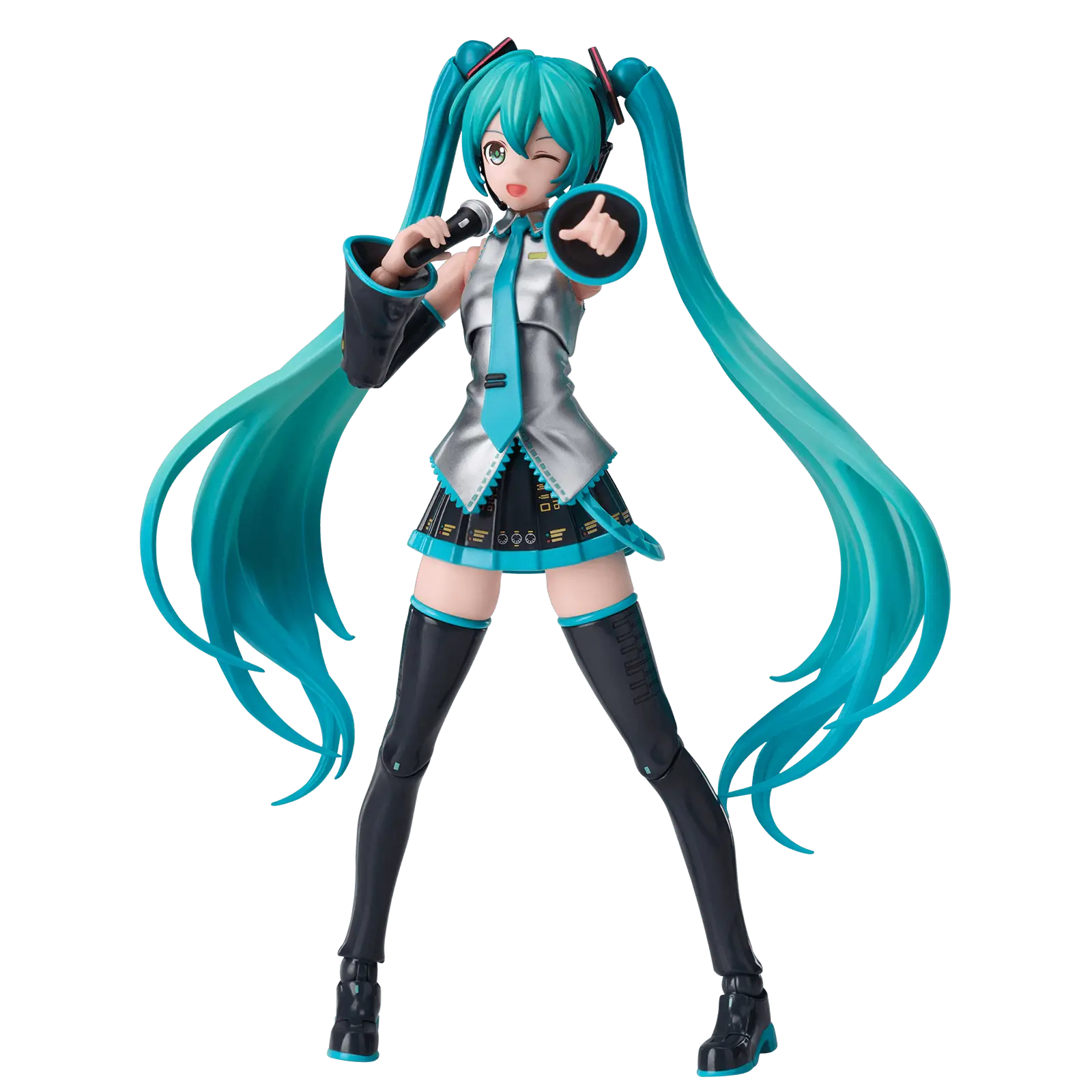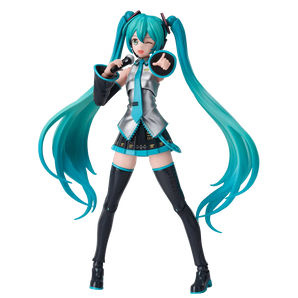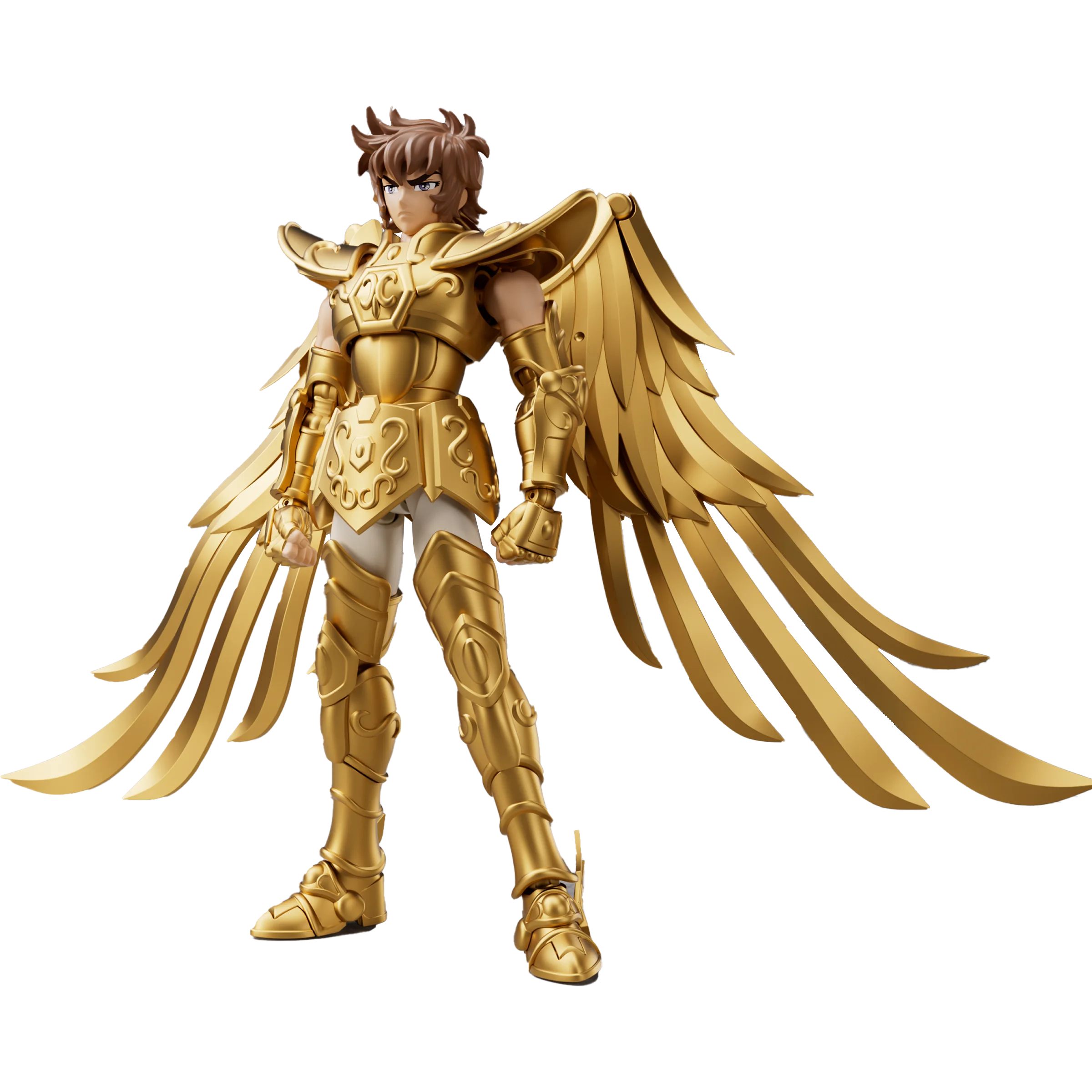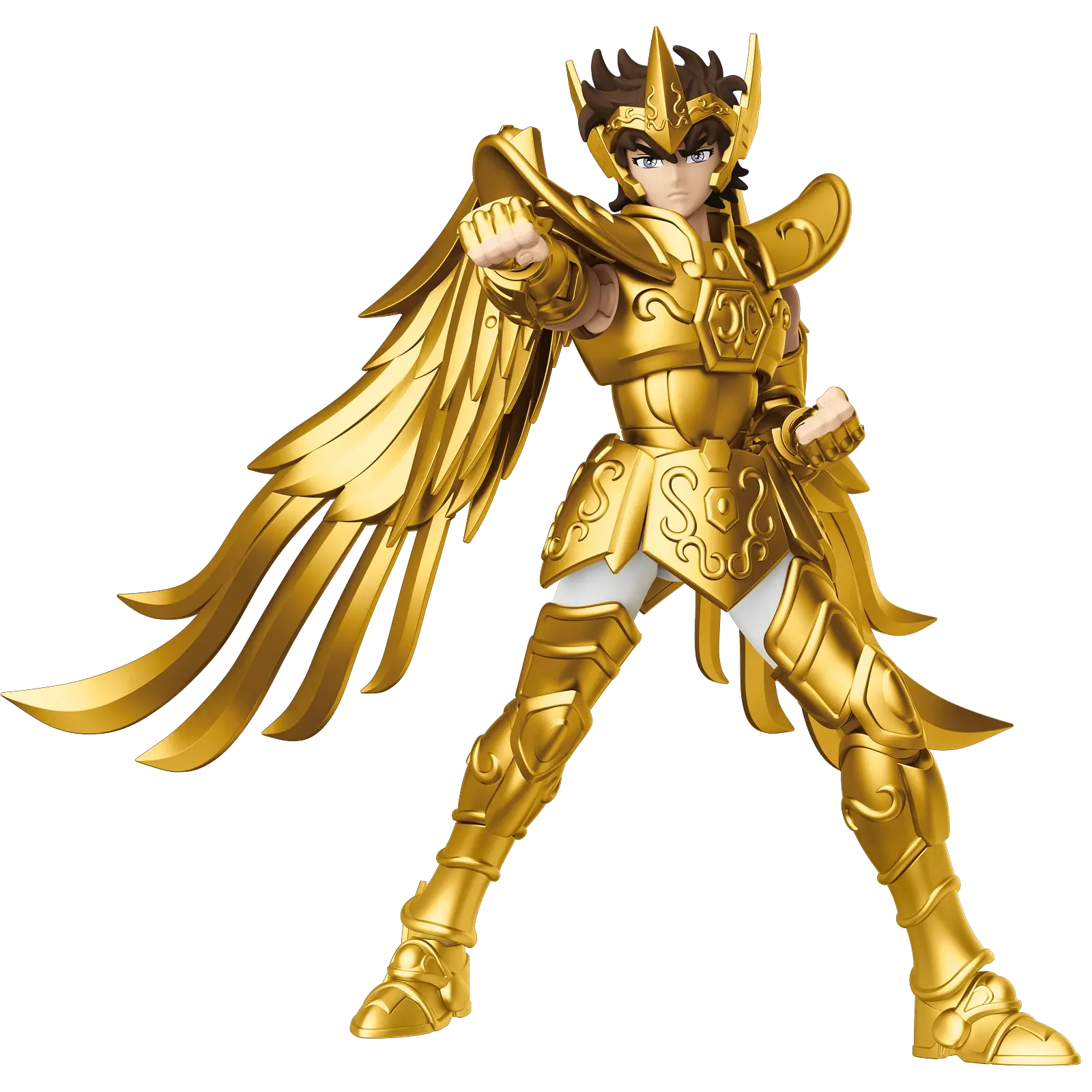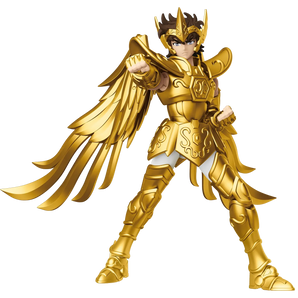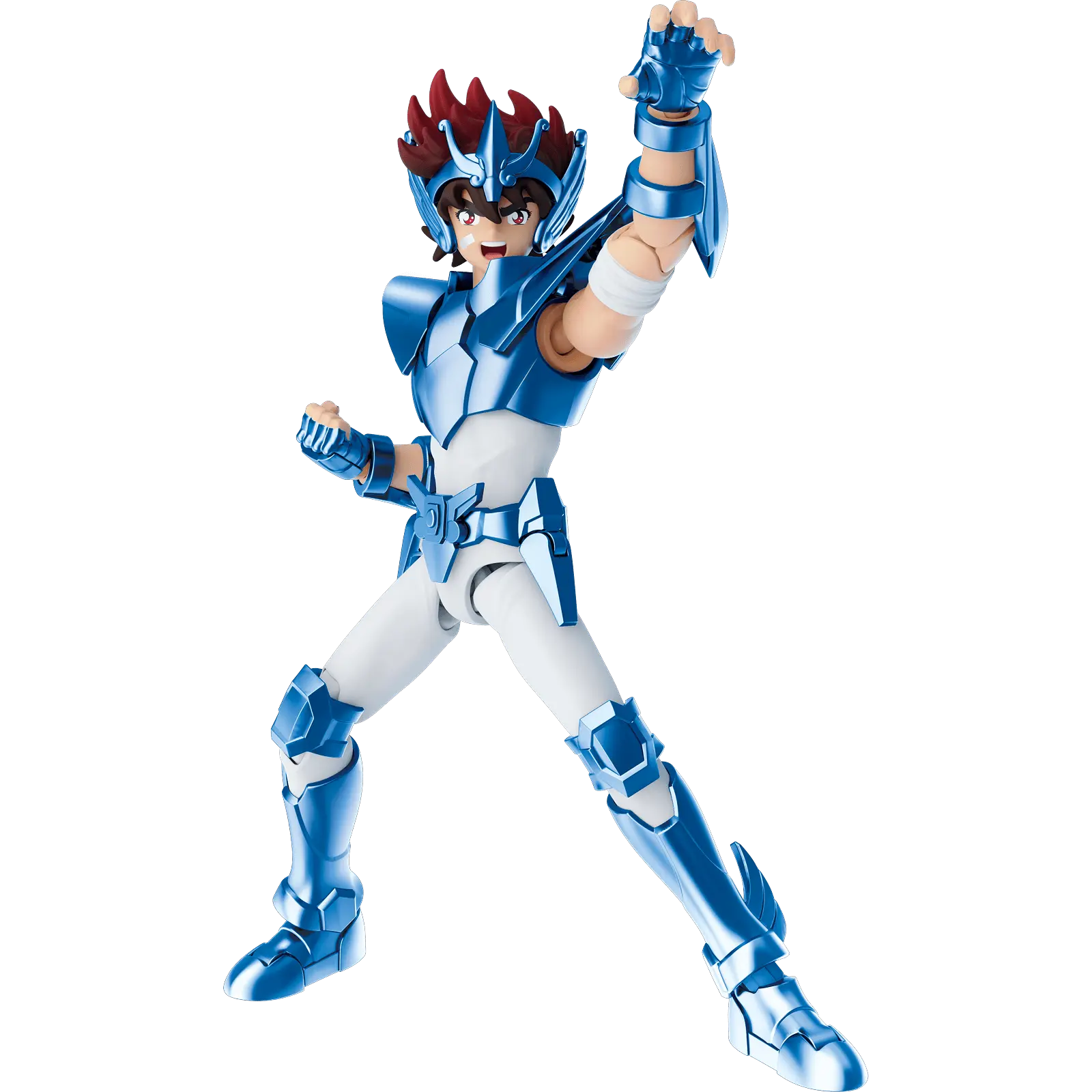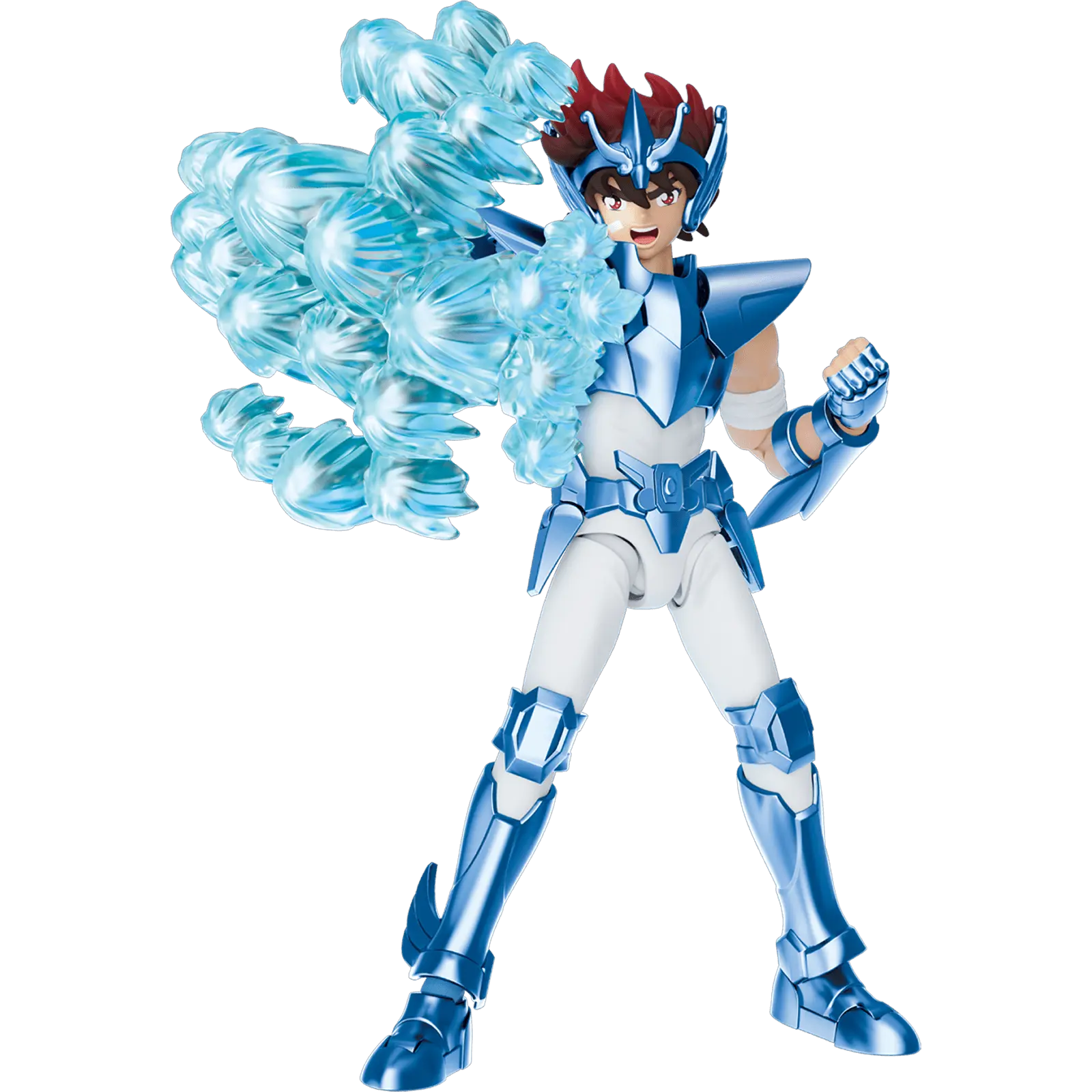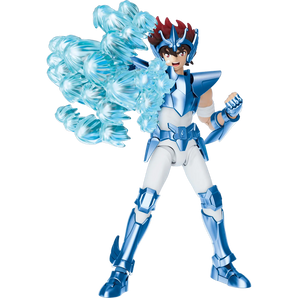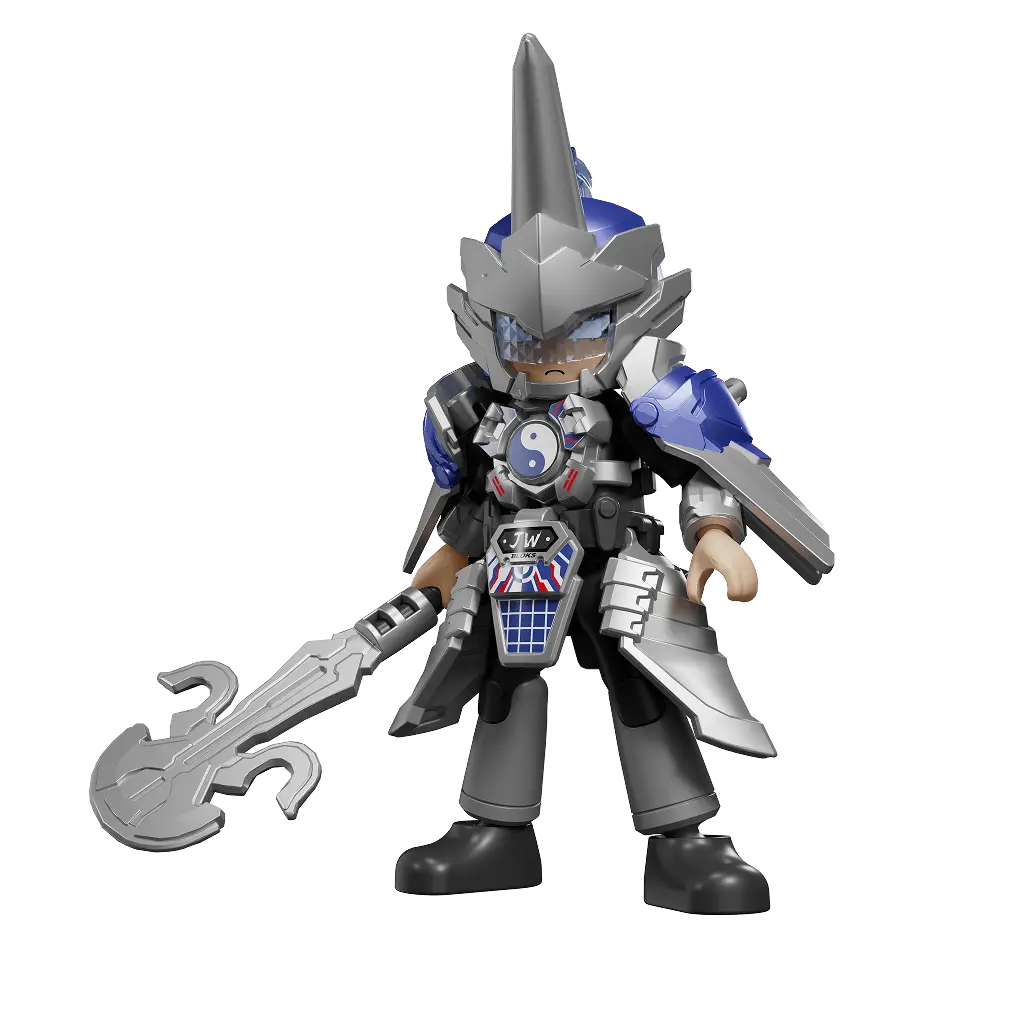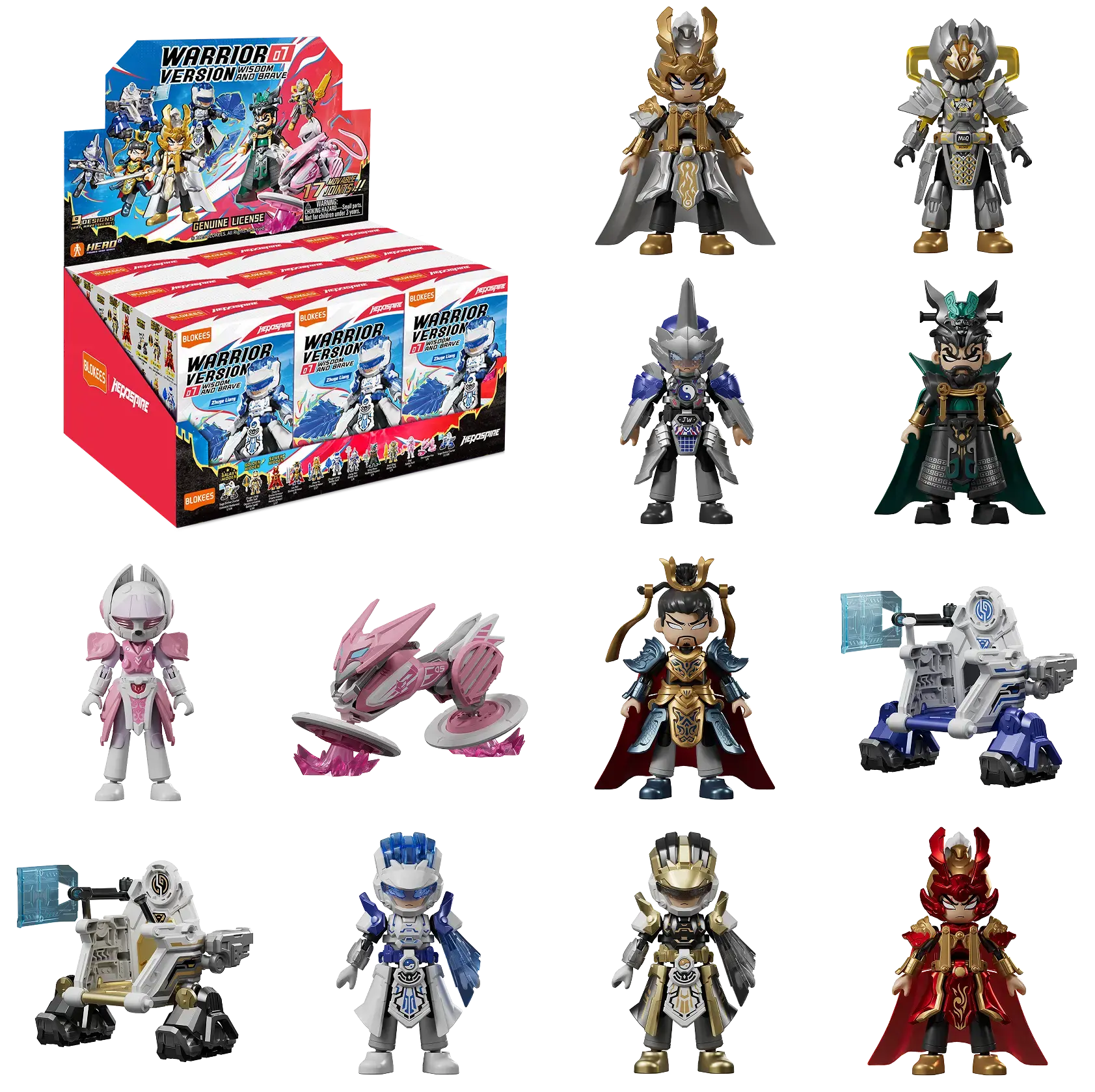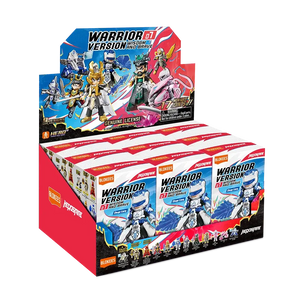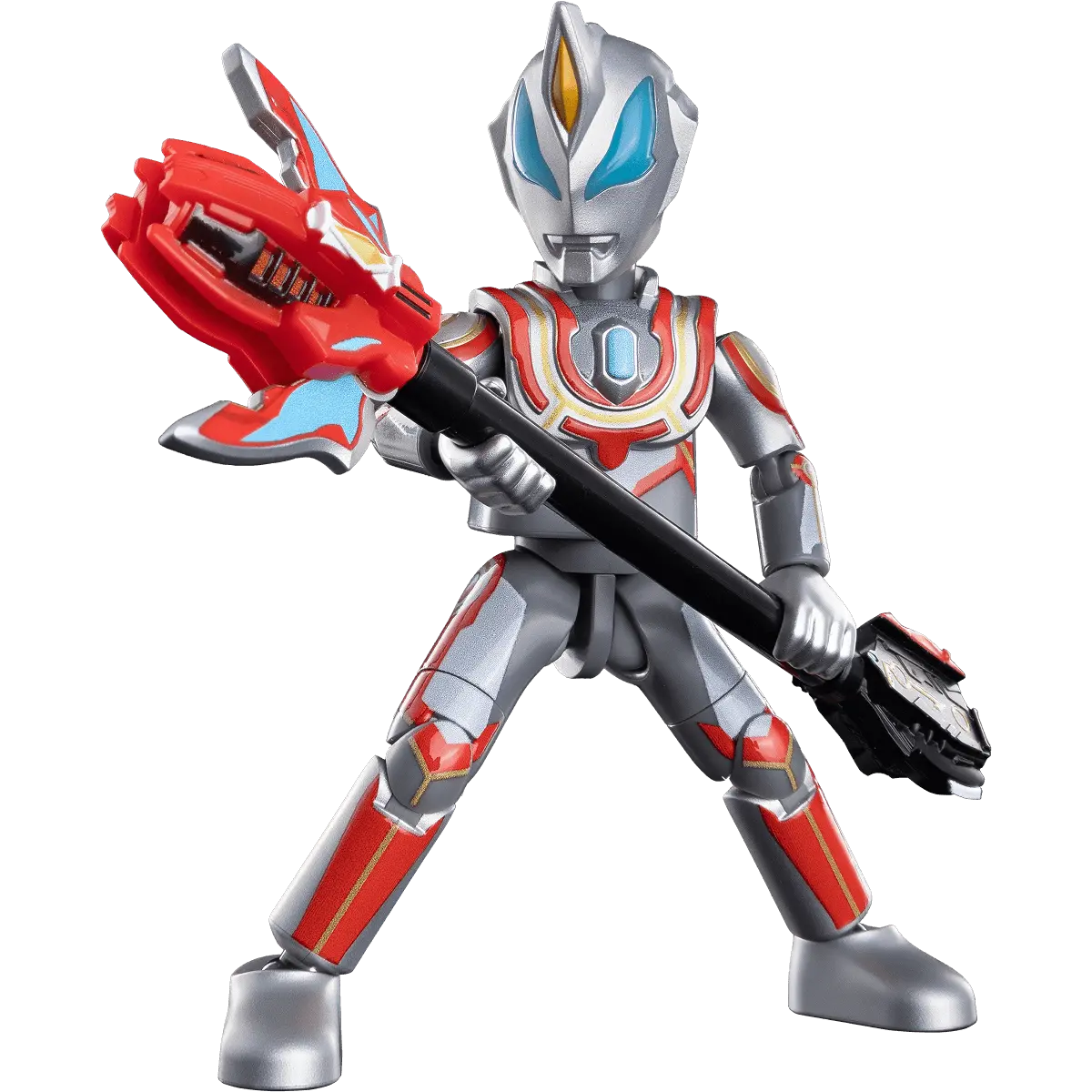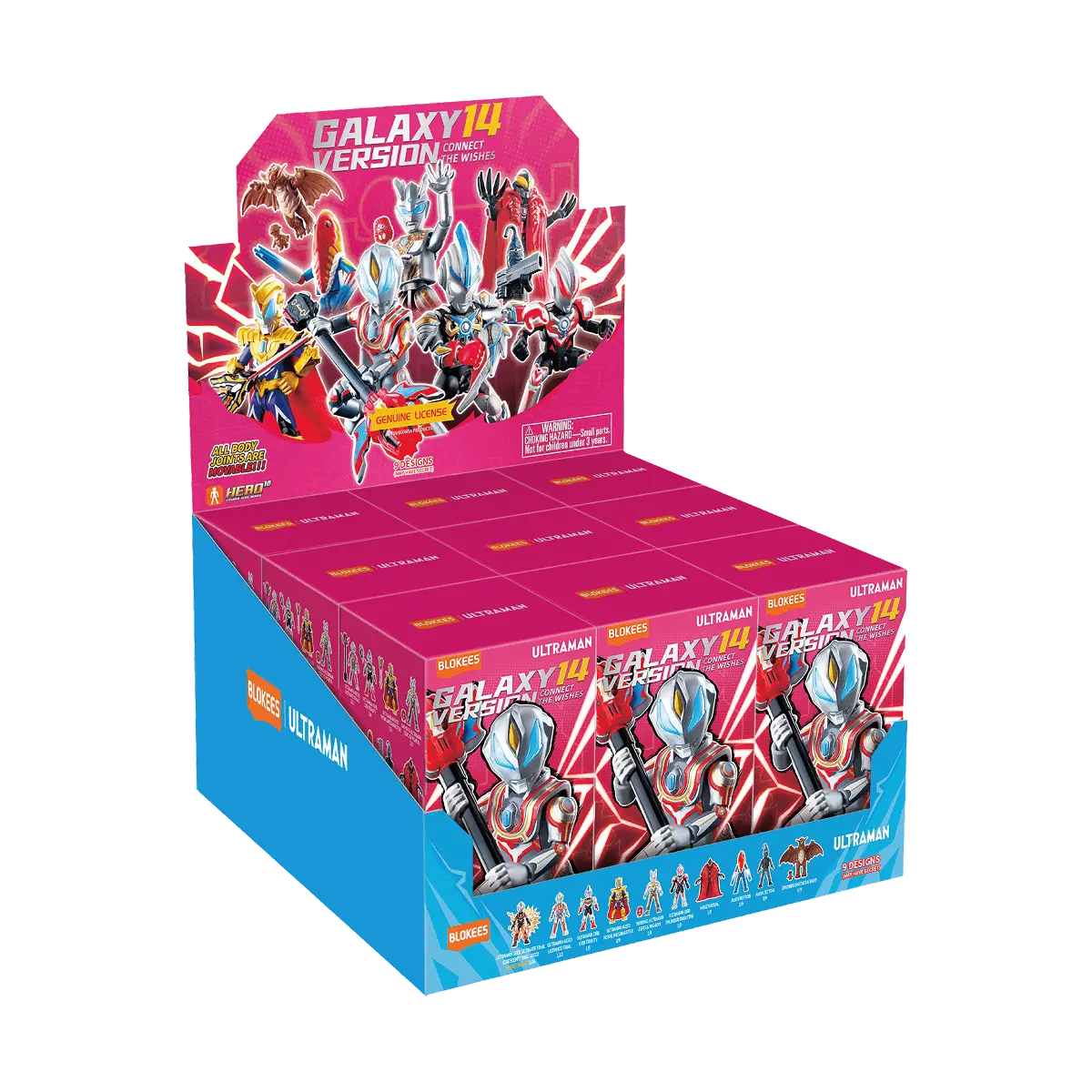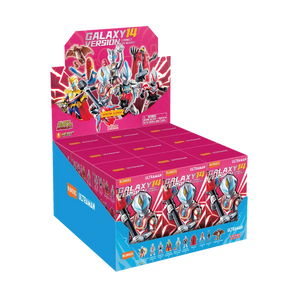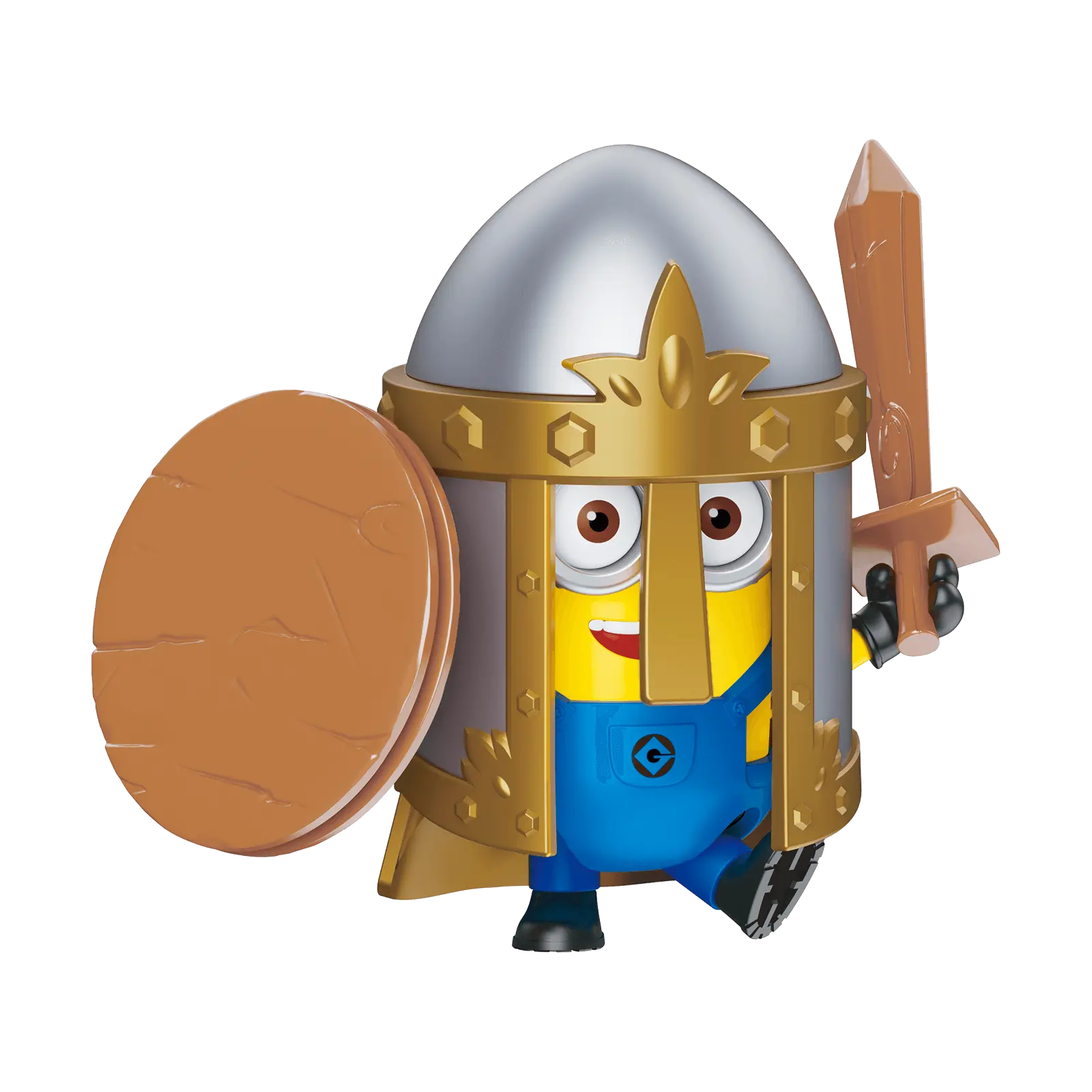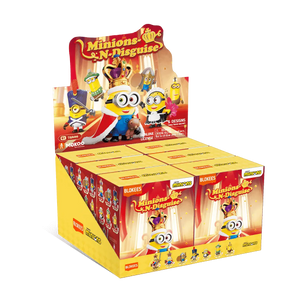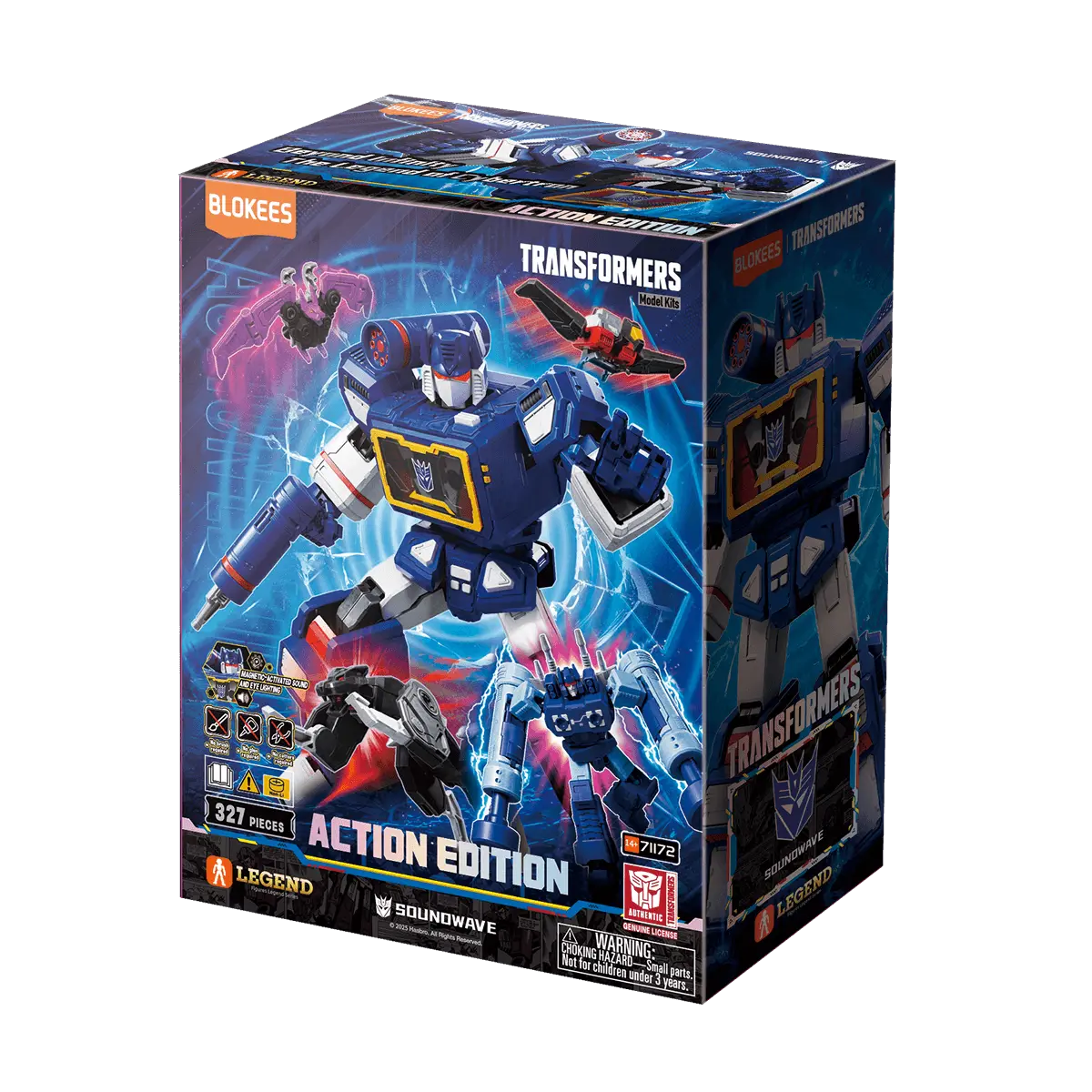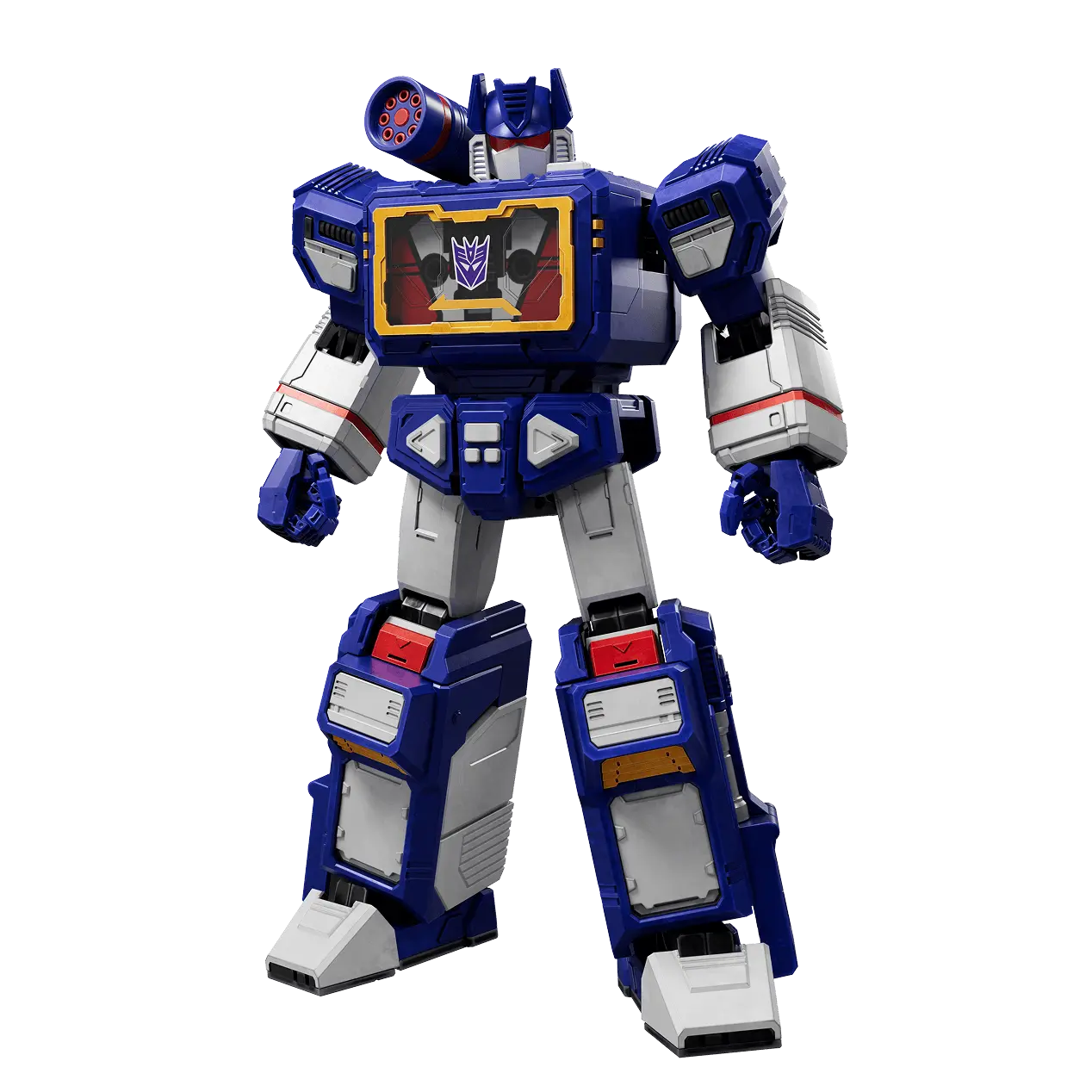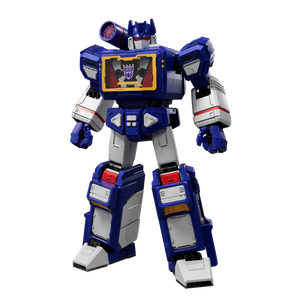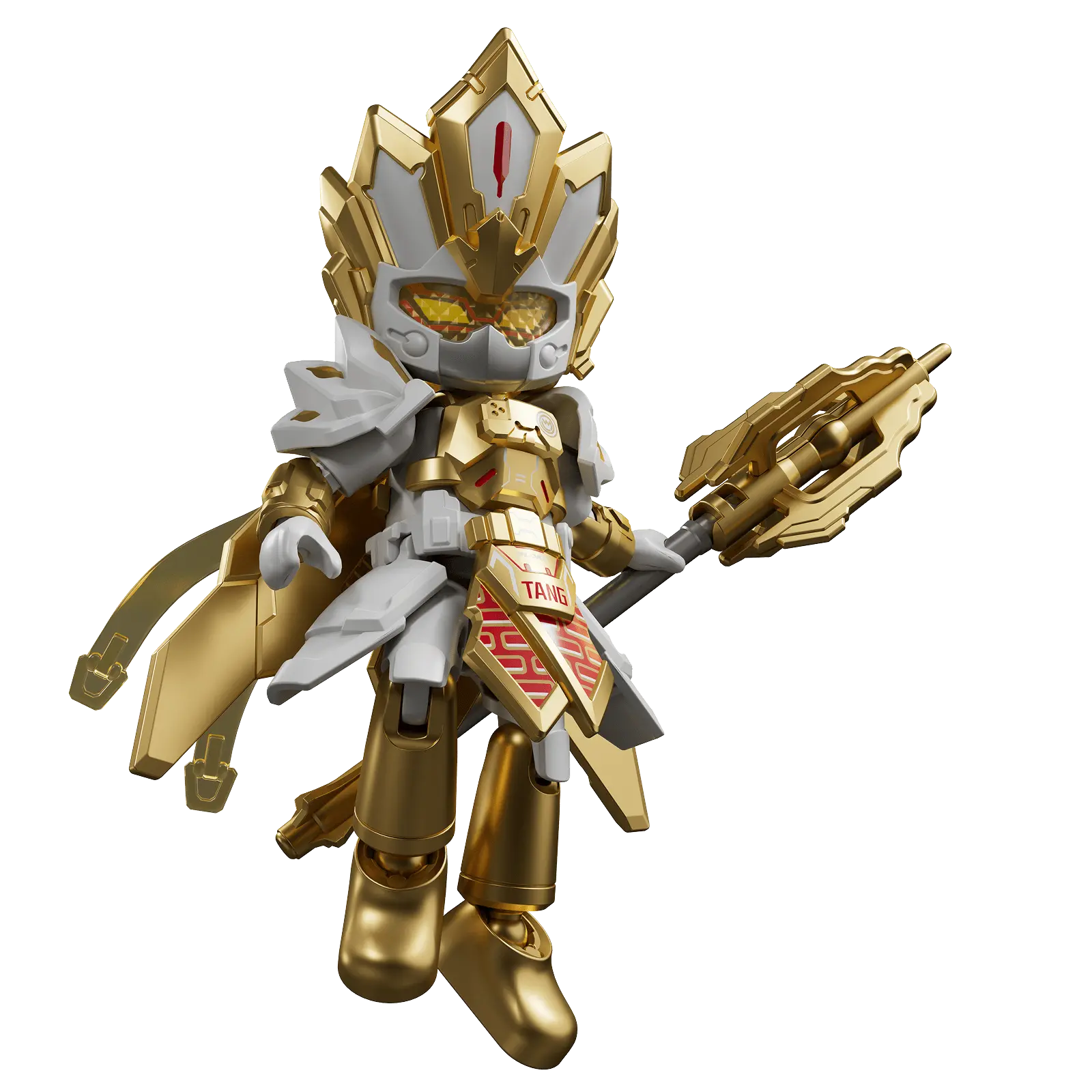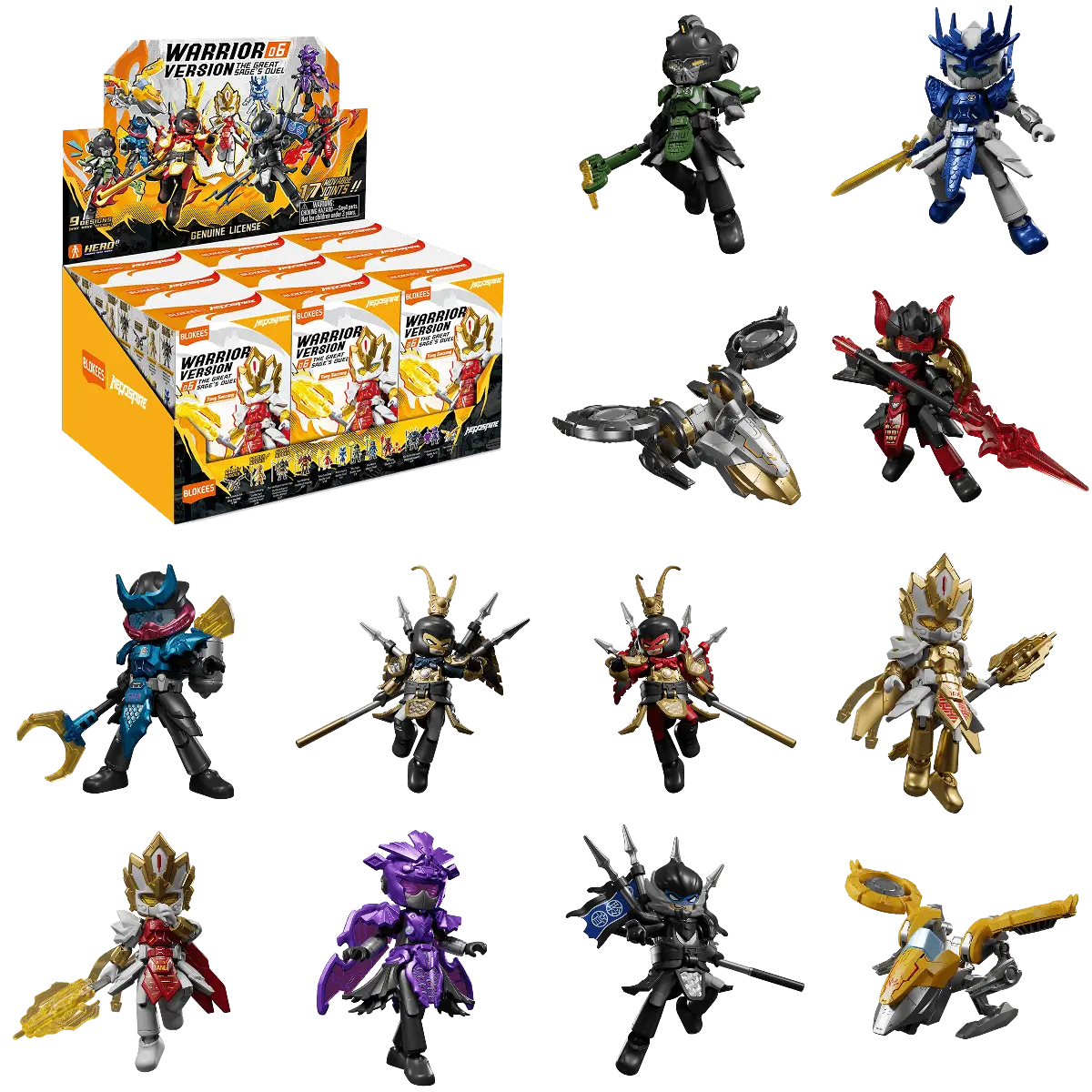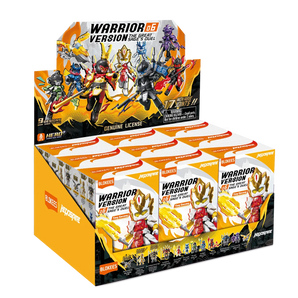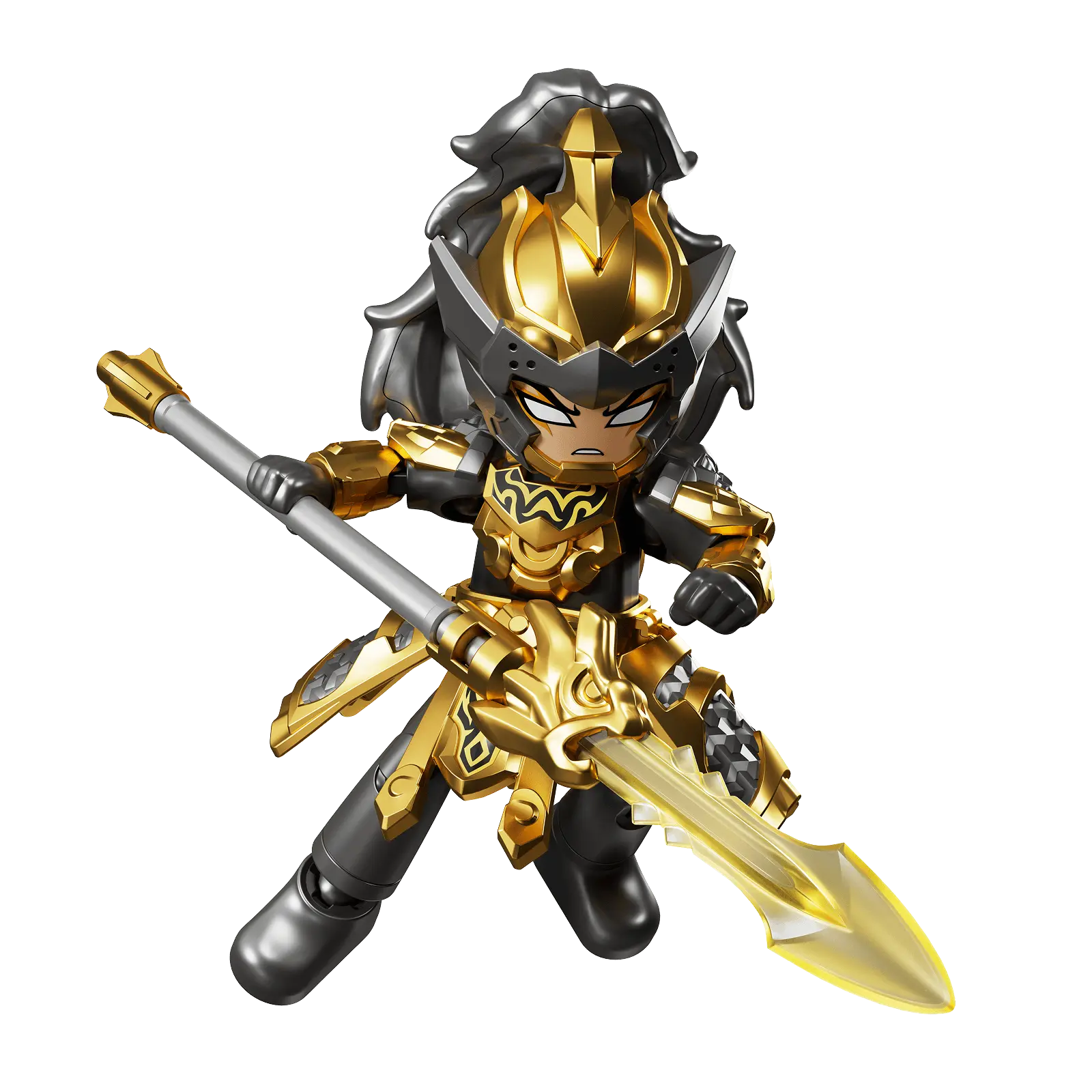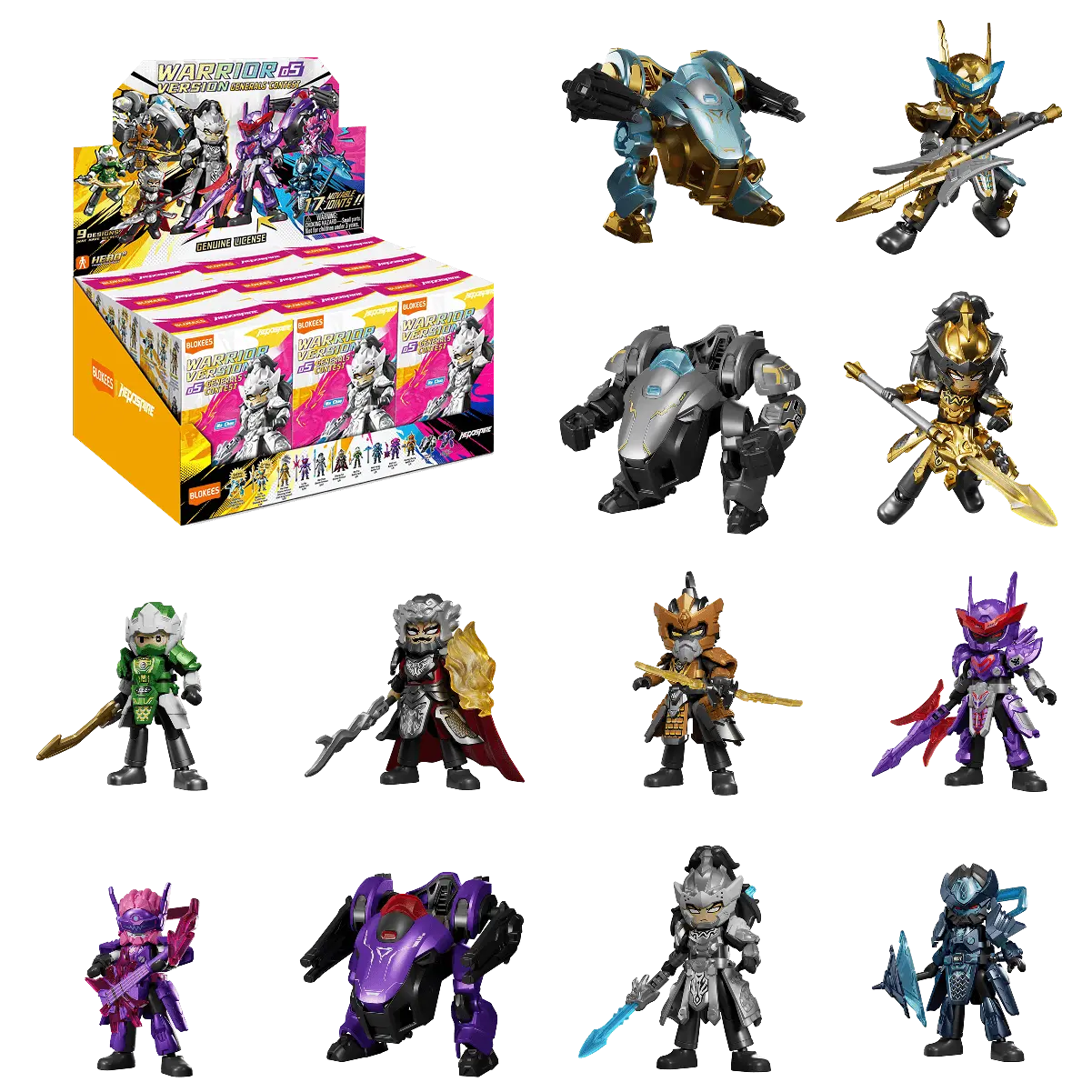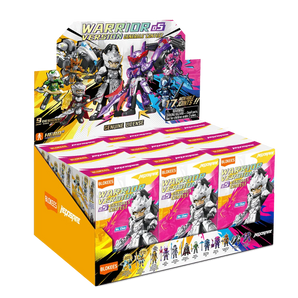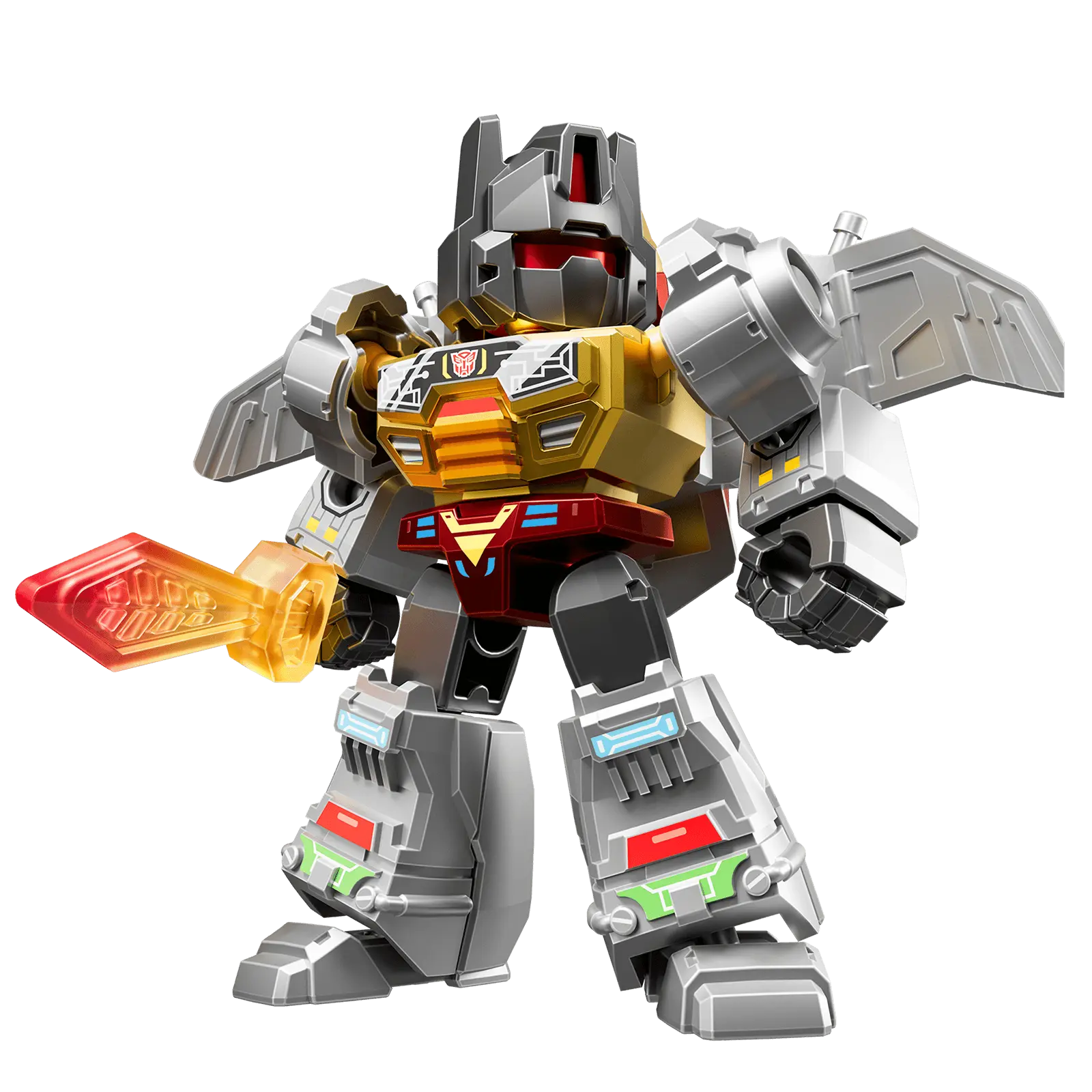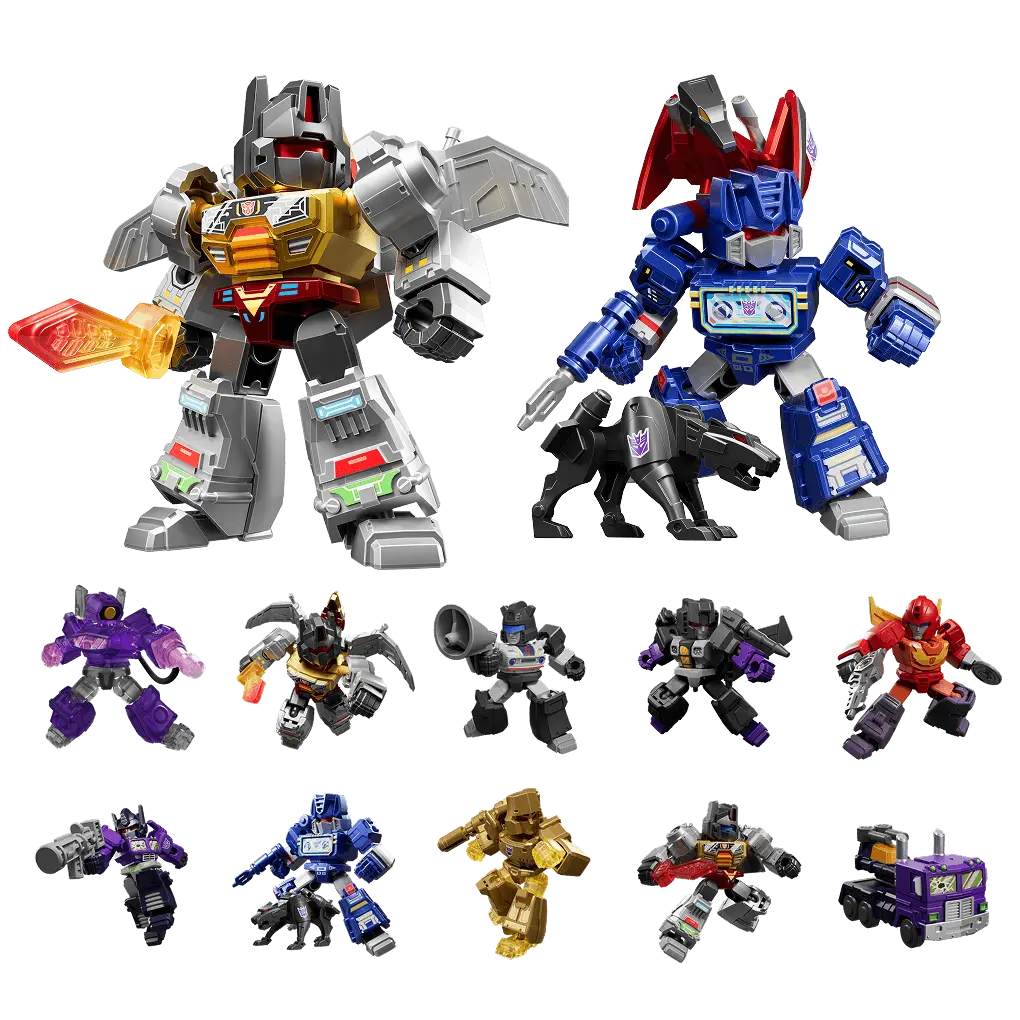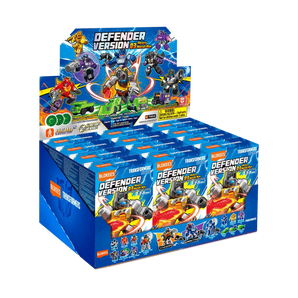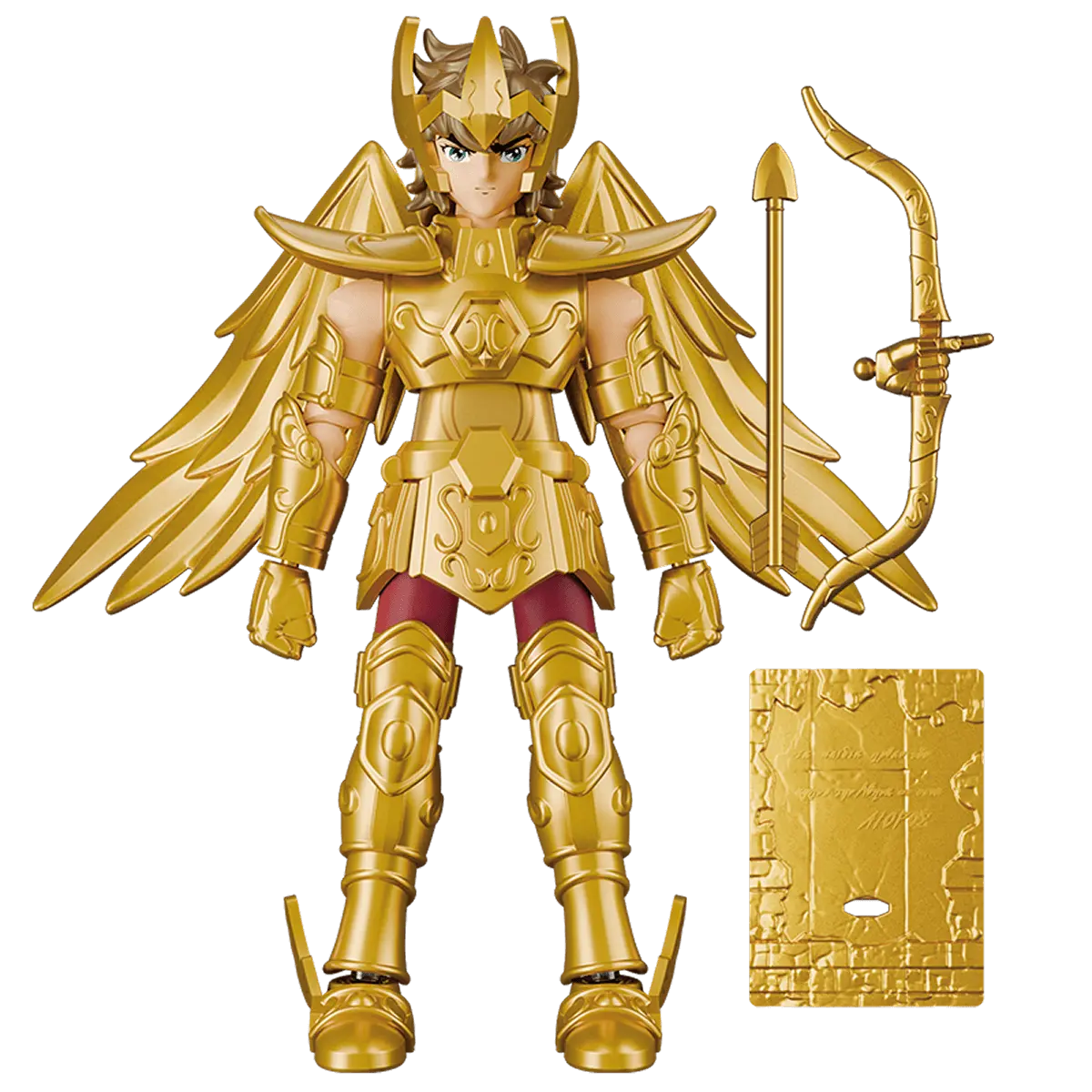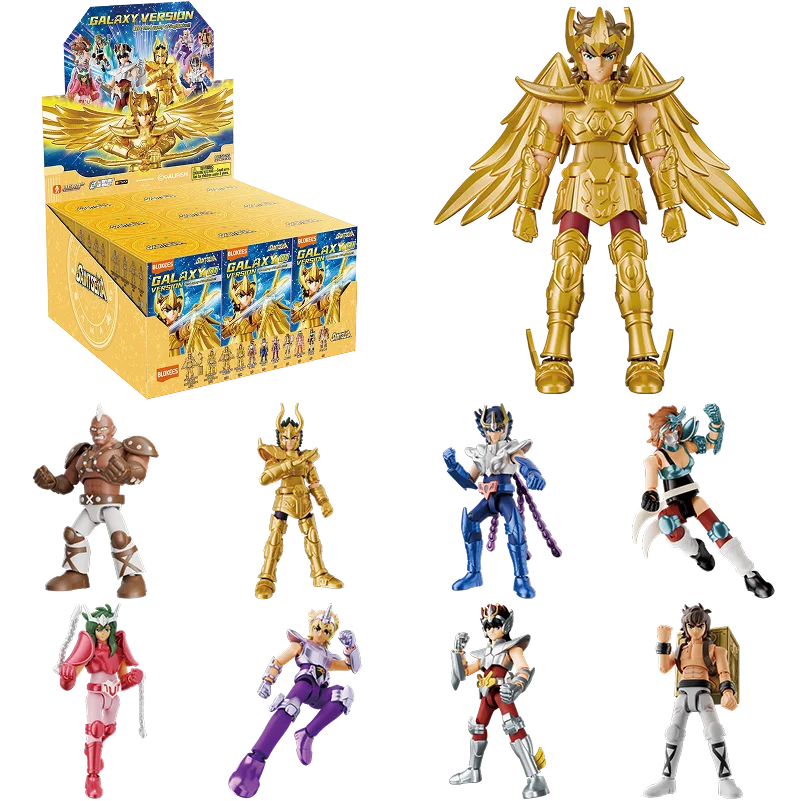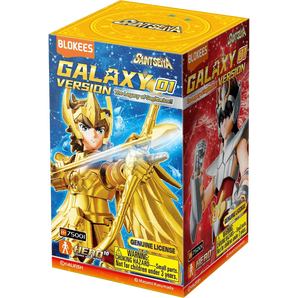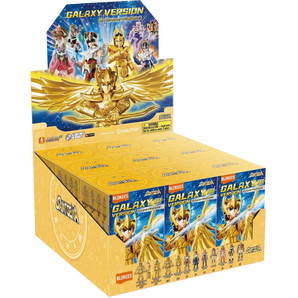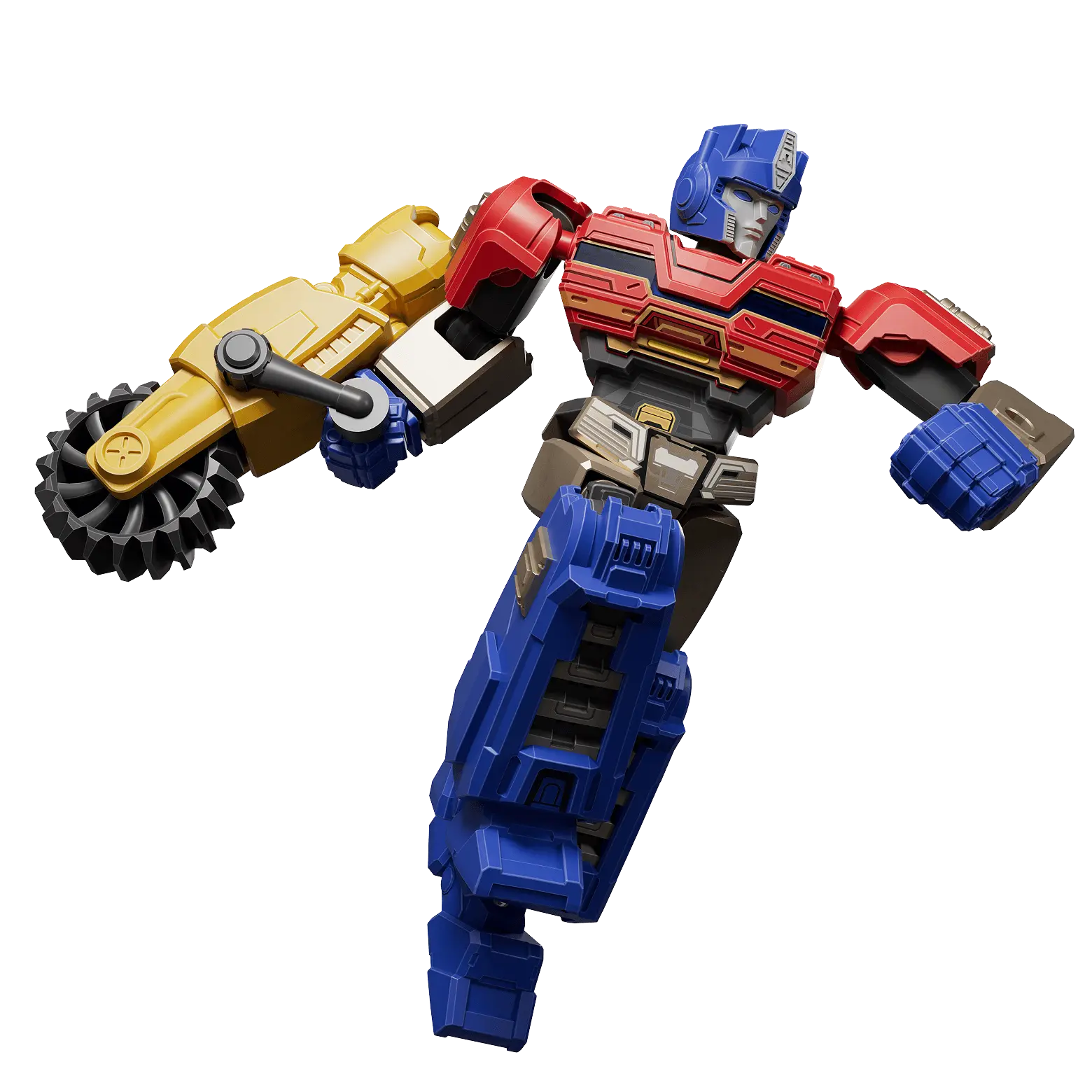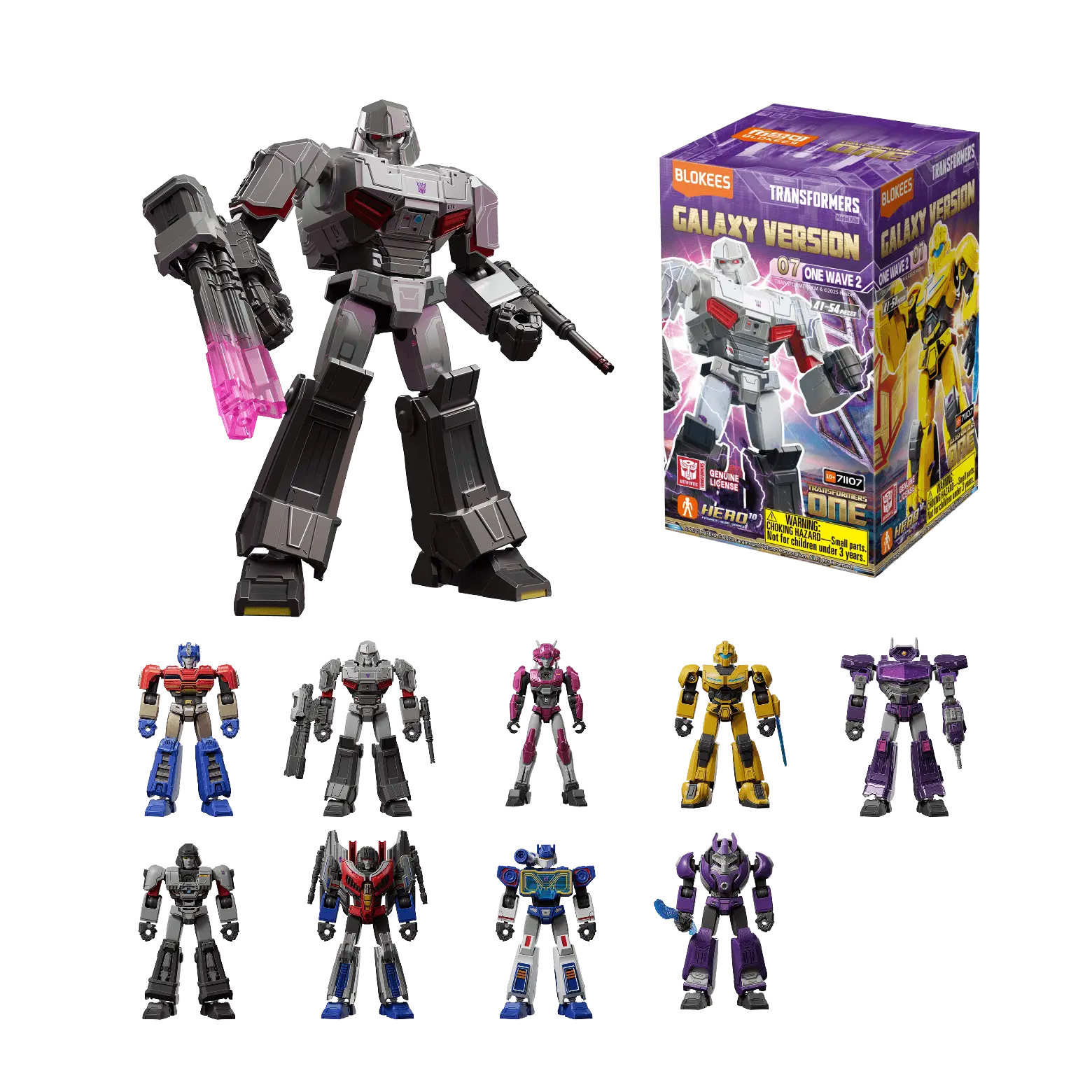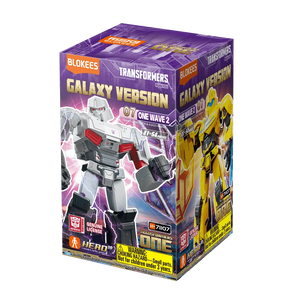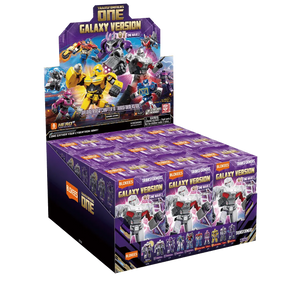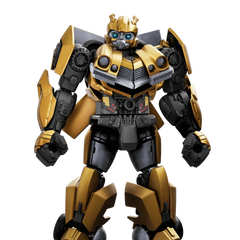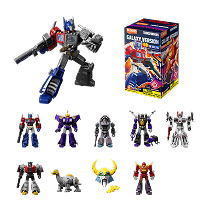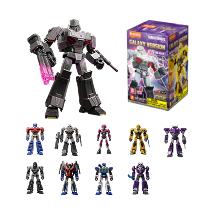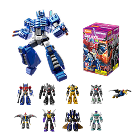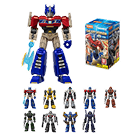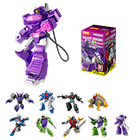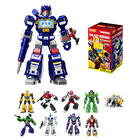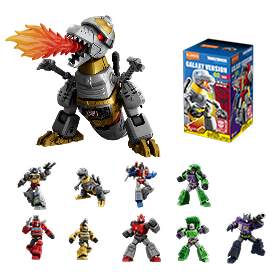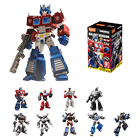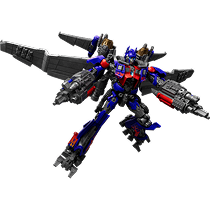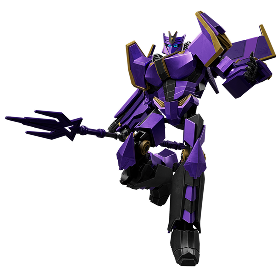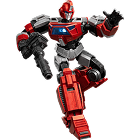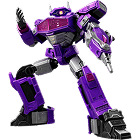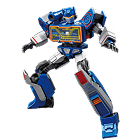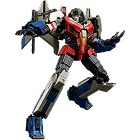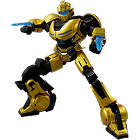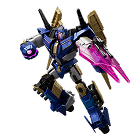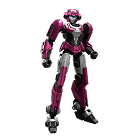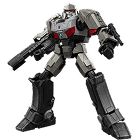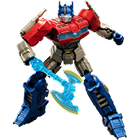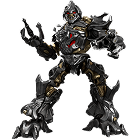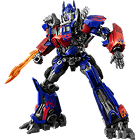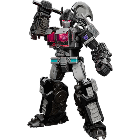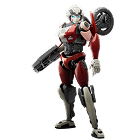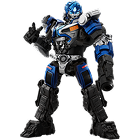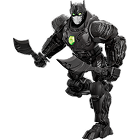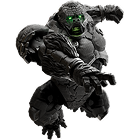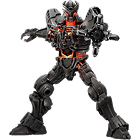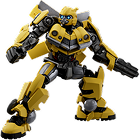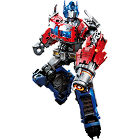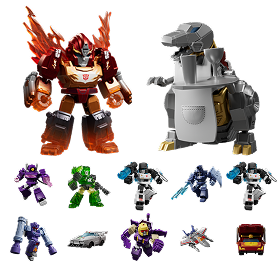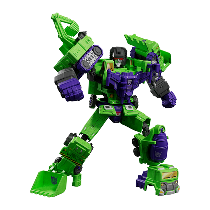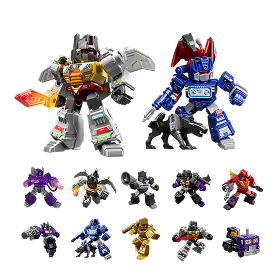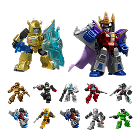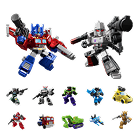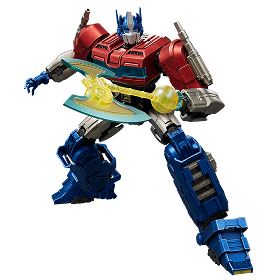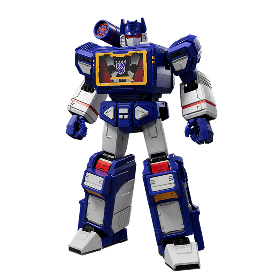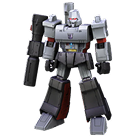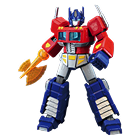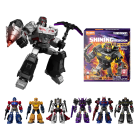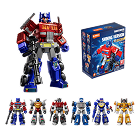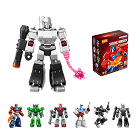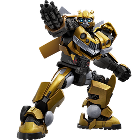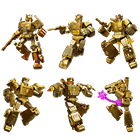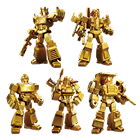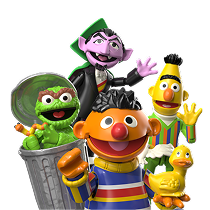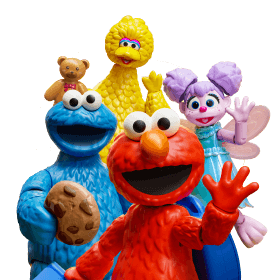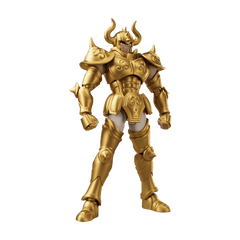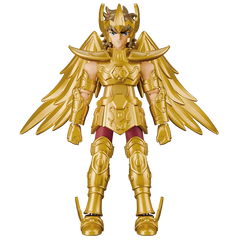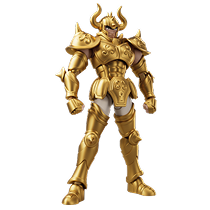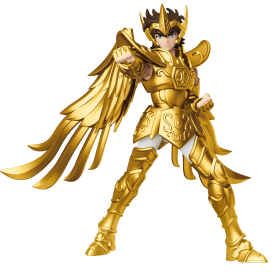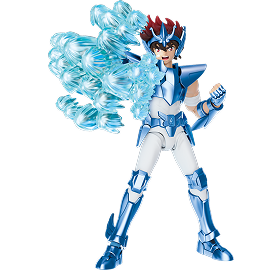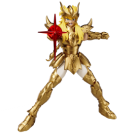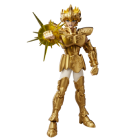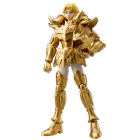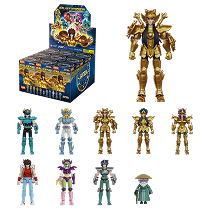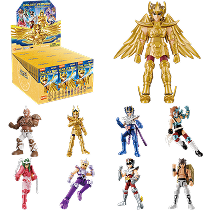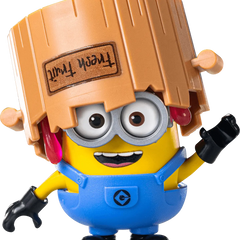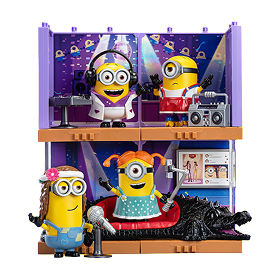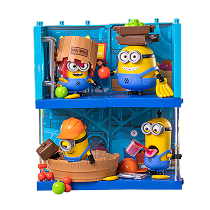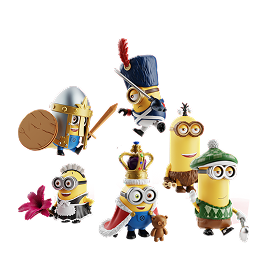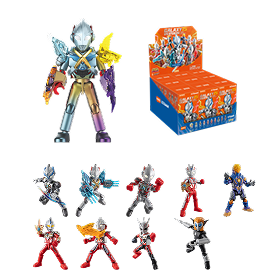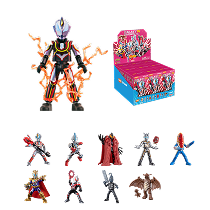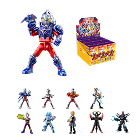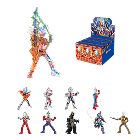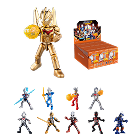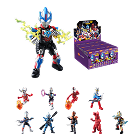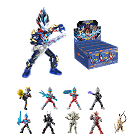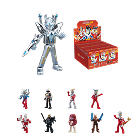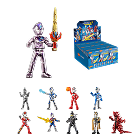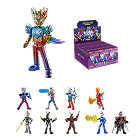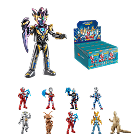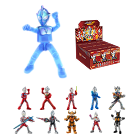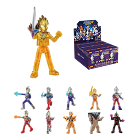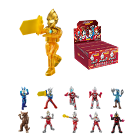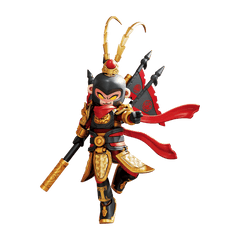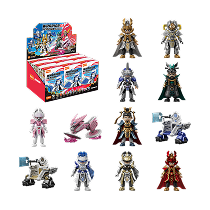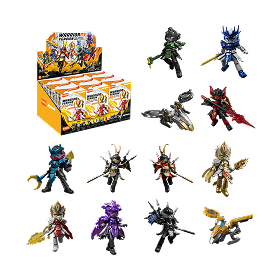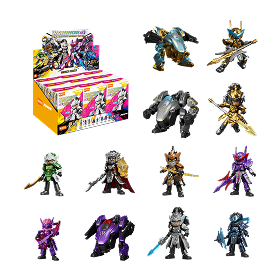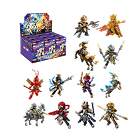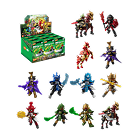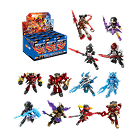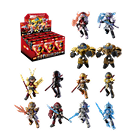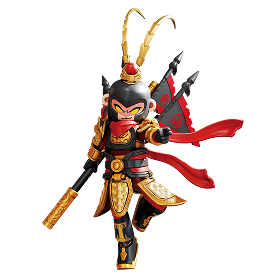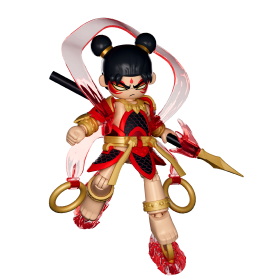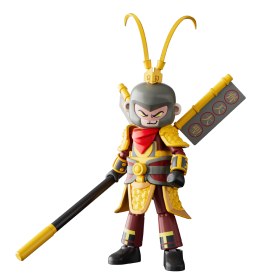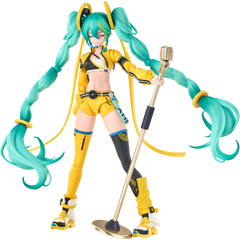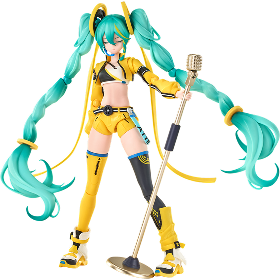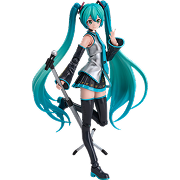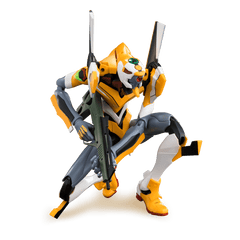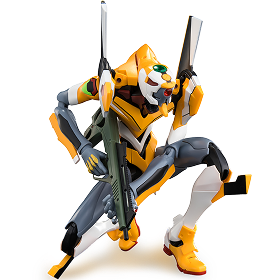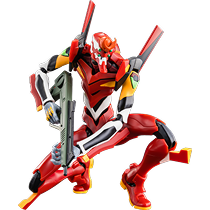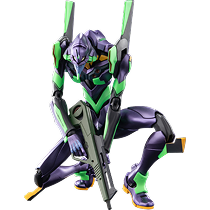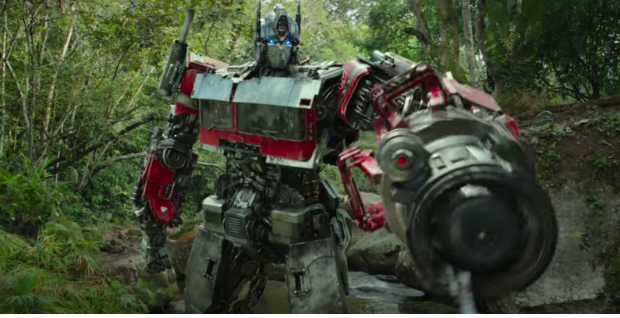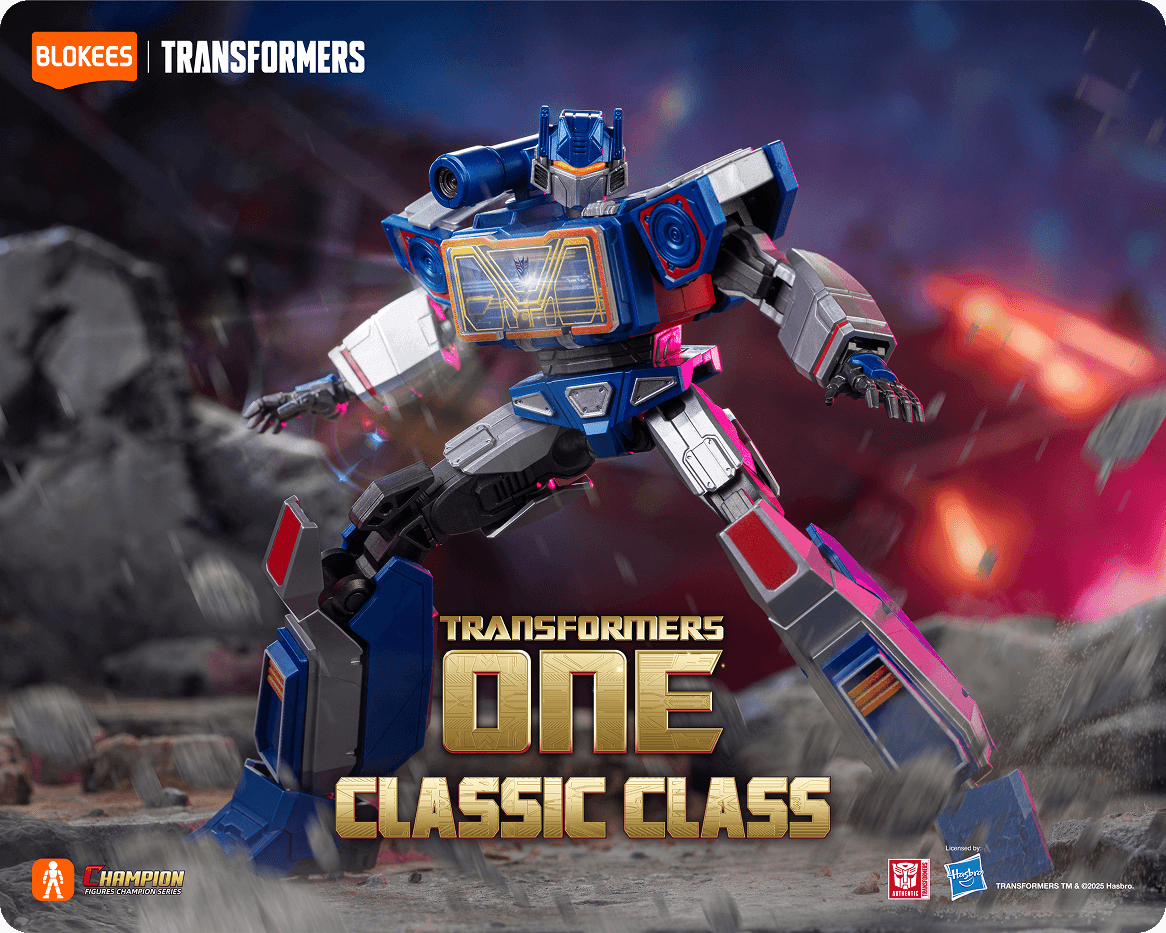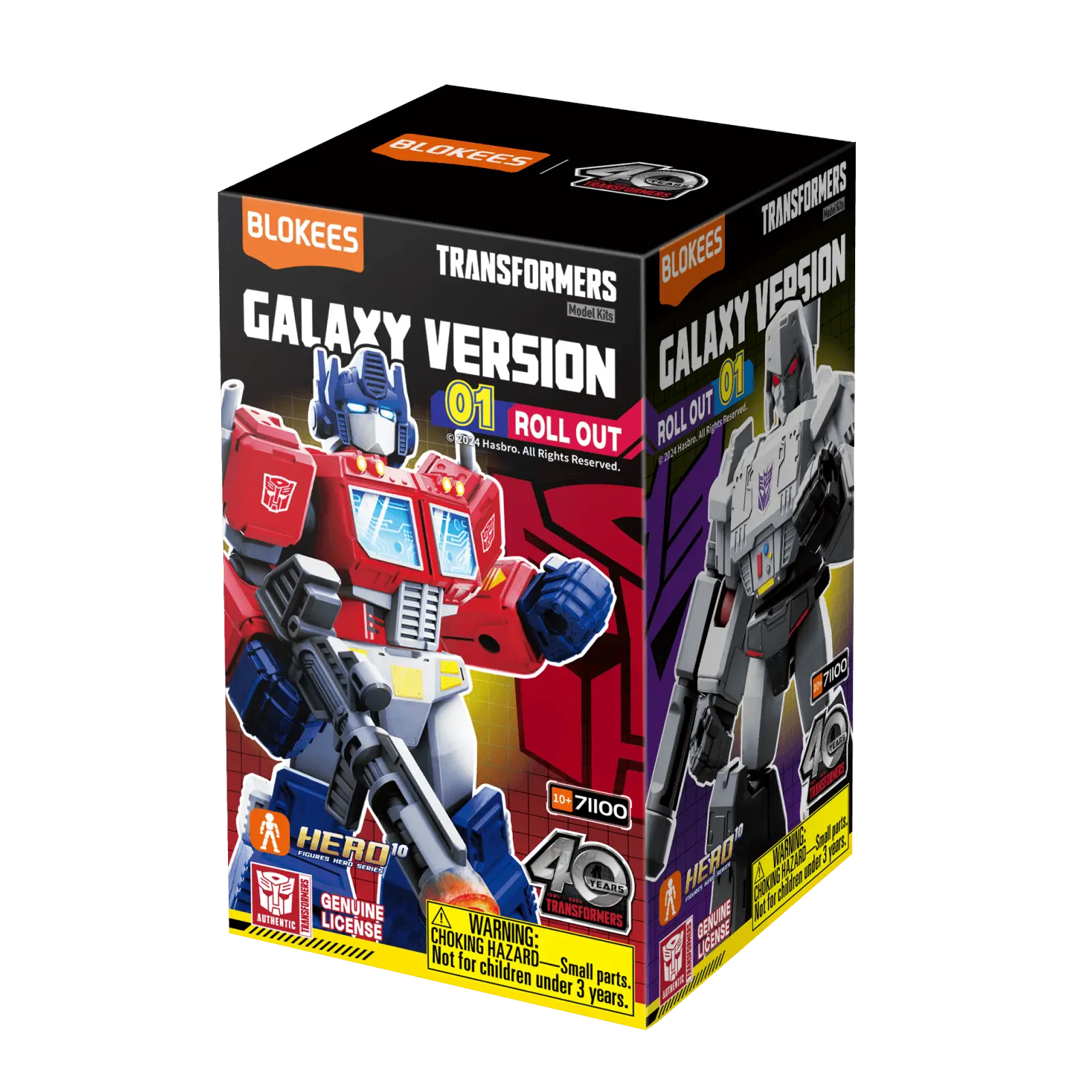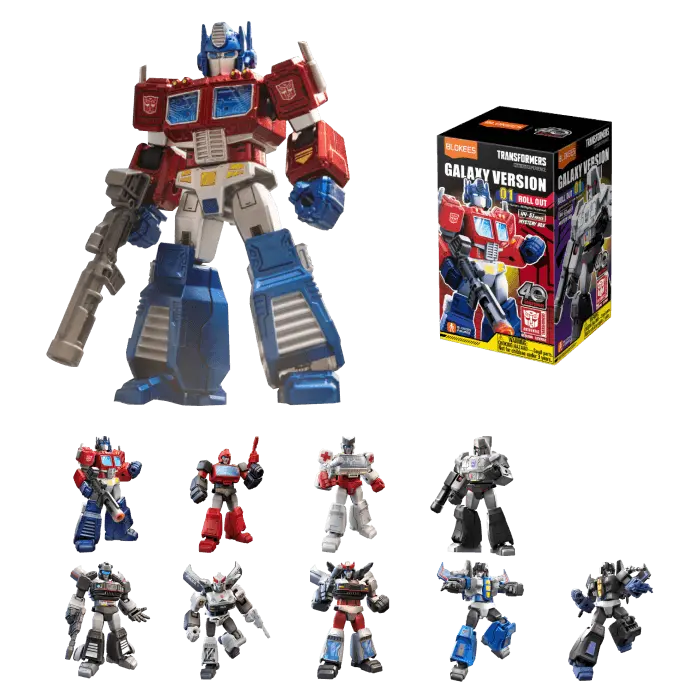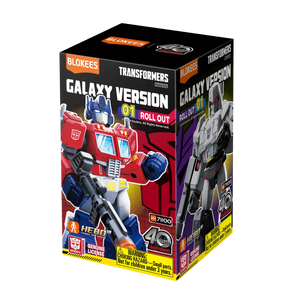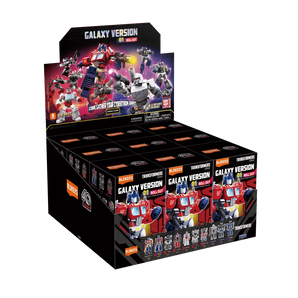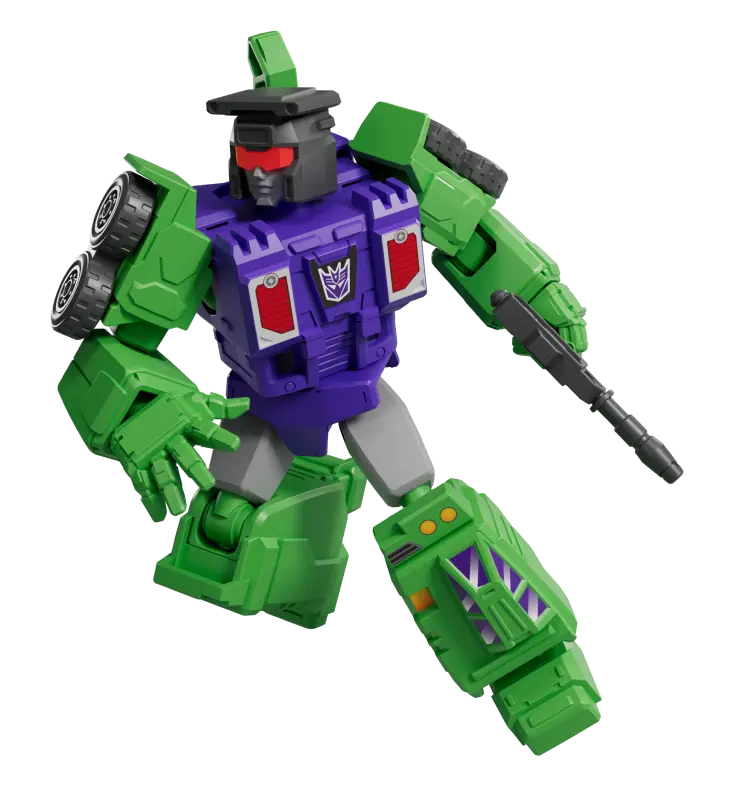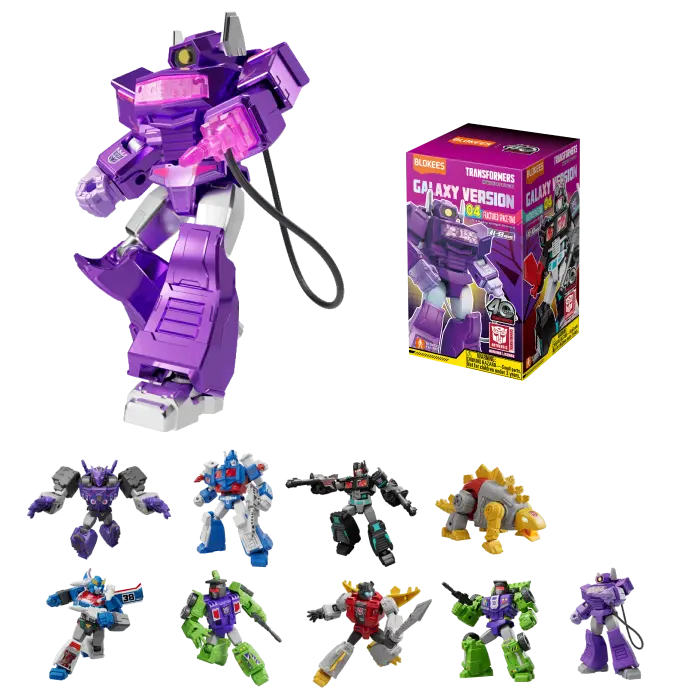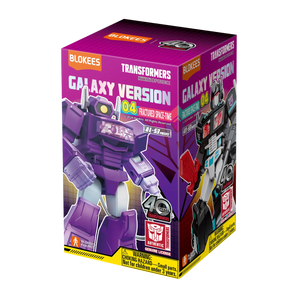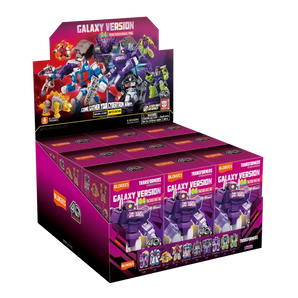Transformers: Rise of the Beasts (set in 1994) gives Optimus Prime a grounded, earlier-career portrayal. He’s still the steadfast leader, but he’s learning to trust humans and to lead on Earth. Visually, the film leans into a tough, industrial aesthetic with a recognizable red-over-blue truck mode and a more utilitarian robot silhouette—less knightly ornament, more functional armor.
For fans who love character development, this version balances grit with empathy, and for display collectors, it delivers a look that photographs beautifully.
This guide breaks the film version down for quick understanding—design choices, truck details, character beats, community reactions, and posing/display tips—with a short, scannable structure so you can grab what you need.
The quick answer (for searchers in a hurry)
- Primary identity: A determined, protective leader still finding his way on Earth.
- Alt mode in the film’s timeline: A 1987 Freightliner FLA cab-over semi-truck look is associated with the movie era; ROTB leans classic, boxy, and practical.
- Why fans care: This Optimus feels more human in how he grows—he doubts, adapts, then chooses trust.
Design language: readable silhouette, practical armor

Rise of the Beasts dials in a design that wants to look workmanlike more than ornamental. You get sturdy shoulder stacks, a chest that reads “truck windows,” and limb plating that favors strong edges over hyper-complex panel fractals. From a shelf’s viewing distance:
- Silhouette: Instantly “Prime”—broad chest, squared shoulders, planted stance.
- Surface detail: Enough paneling to catch light and shadow without looking noisy.
- Color blocking: Classic red torso and blue legs, with metallic accents to separate forms on camera.
Character arc: earns his leadership on Earth
This Optimus isn’t the completely assured general of later eras. He’s protective and skeptical, especially when Earth is threatened. Over the story he:
- Prioritizes getting home to Cybertron.
- Confronts the stakes of a planetary threat.
- Chooses to fight for Earth with human allies, growing into the leader who believes in shared destiny.
Fans often praise this for giving Optimus room to grow rather than dropping him in as a perfect, unchanging icon.
Truck mode: why the cab-over works
A cab-over (COE) puts the cabin over the engine, giving Optimus that boxy 90s industrial profile—great for the film’s time period and visual tone. For collectors, the cab-over look brings:
- Clean read at a glance: Flat face, tight corners—photographs crisply.
- Nostalgia pull: Reminds viewers of classic toy/layout proportions.
- Shelf economy: Shorter overall length in alt mode means easier placement on cramped shelves.
Cab-over vs. long-nose: which displays better?
- Cab-over (ROTB style): Best for retro vibes, tight shelves, and strong frontal photos.
- Long-nose: Reads “highway hero,” great for dramatic side three-quarters shots, but needs more space.
Community sentiment: what fans highlight
Across forums, video reviews, and comment threads, a few themes keep resurfacing:
-
Positives:
- Character warmth returns. ROTB Optimus shows compassion and restraint alongside bravery.
- Readable design. You can “read” the figure in dimmer rooms; nothing is too visually busy.
- Team synergy. Scenes with the Maximals and Autobots land emotionally, especially near the climax.
-
Mixed notes:
- Tone balance. Some wanted even more of the quiet, intimate tone from Bumblebee; others liked the bigger spectacle here.
- Continuity expectations. As a mid-timeline chapter, some debates pop up about precise design lineage vs. prior films.
For most viewers, ROTB Optimus is a positive step—heroic, photographable, and emotionally legible.
For collectors: posing, lighting, and shelf strategy

Whether you collect figures or poseable model kits, these tips keep ROTB Optimus looking sharp.
Posing fundamentals (easy wins)
- Command stance: Feet shoulder-width, slight knee bend, chest up, head tilted forward a touch.
- Guardian pose: One foot slightly ahead, blaster down at a 45° rest—calm readiness.
- “Trust the team” look: Torso turned 10° left, head turned right toward a teammate; hands open rather than fists.
- Hero walk: One foot half-step forward, heel slightly raised on the rear foot; elbows soft to avoid stiffness.
Lighting that suits ROTB Optimus
-
Cool key + warm rim: A soft cool‐white key light at front-left; subtle warm rim light from back-right to outline the shoulder stacks.
- Low angle drama: Place the key light below chest height to cast stronger shadows across the torso for epic mood.
- Cab-over highlight: A narrow beam grazing the chest windows adds a cinematic glint.
Display pairings that tell a story
- Leader & scout: Pose Optimus beside a nimble ally for scale contrast.
- Maximal moment: Pair with a beast-mode ally; position Optimus slightly behind to suggest tactical cover.
- Before/after timeline: Put ROTB Optimus next to a later-era version to show how the leader’s look evolves.
Buying pointers (evergreen and platform-agnostic)

If you’re hunting rise of the beast optimus prime toy options, prioritize:
- Articulation: Double-jointed elbows, ankle rockers, and reliable hip range.
- Stability: Solid feet and a backpack that locks cleanly.
- Paint & plastic: Consistent reds/blues; no swirl marks on metallic parts.
- Transformation tolerance: Tabs should seat with light pressure; avoid forced snaps.
- Accessories you’ll actually use: A blaster that allows a natural two-hand grip; an axe that doesn’t over-weigh the wrist.
ROTB vs. other film-era Optimus designs
- Compared with the 2007 trilogy look: ROTB pulls closer to classic proportions and a less baroque armor style.
- Compared with later modern designs: Fewer knightly flourishes; more back-to-basics strength that suits the 1994 setting.
- Compared with Bumblebee tone: ROTB lifts the scale of the action while keeping space for character growth.
Maintenance & care for display longevity
- Dusting: Use a soft makeup brush; compressed air can push dust deeper into panel lines, so brush first.
- Joint health: If a joint is tight, warm it with your hands; never force cold plastic.
- Storage: Keep accessories in labeled mini-bags; wrap chromed parts to prevent micro-scuffs.
- Light exposure: Prolonged direct sunlight can fade reds and blues—UV-filter glass helps.
Posed photo ideas (copy-ready)
- “Brooklyn guard” — low camera, Optimus centered, skyline poster behind; cool key light from left, warm rim from right.
- “Allies ready” — Optimus front-left, ally front-right, both feet angled outward, heads turned inward as if exchanging a plan.
- “Cab-over charge” — alt mode placed on a matte black shelf, camera at bumper height; single top light to carve shadow trails.
Frequently Asked Questions
What makes Rise of the Beasts Optimus Prime different from earlier films?
He’s more grounded and learning, especially in how he relates to humans. The design trims down ornate surfaces for a tougher, practical look that fits the 1994 setting.
What truck does Optimus Prime resemble in this era?
The look aligns with a cab-over semi—clean, boxy, and period-appropriate—helping the character feel like he belongs in 90s New York and Peru locations.
Is this version good for first-time collectors?
Yes. If your figure or model kit offers modern articulation and a clean backpack lock, you’ll get strong poses with less fuss. It’s a friendly starting point.
How do I avoid toppling on glass shelves?
Add clear museum putty under the feet, keep knees slightly bent, and angle the ankles outward for a broader base.
What’s the best lighting for a red/blue Optimus display?
Use a cool key (front-left) and a subtle warm rim (back-right). It keeps reds deep, blues rich, and armor edges defined.
Where can I find compatible display pieces without overcomplicating transformation?
Look for stands and risers that don’t clamp the torso or block backpack tabs. Keep upgrades transformation-safe.
Is Rise of the Beasts Optimus more “gentle” than certain earlier film versions?
Fans often describe this portrayal as gentler but firm—someone who still carries the weight of command but chooses compassion where he can.
What’s the simplest “hero pose” for this design?
Feet wide, knees soft, torso turned 10°, head slightly down, blaster at a relaxed angle—reads confident without aggression.
Conclusion:
Rise of the Beasts gives Optimus Prime a chance to earn his leadership on Earth—visually through a clean, industrial silhouette and emotionally through trust built under pressure. For fans, it’s a welcome reset that brings heart back to the front line.
For collectors, it’s a photogenic centerpiece with readable lines, satisfying poses, and an alt mode that looks right at home on a compact shelf. If you’re building a timeline display—or just want an Optimus that feels like a protector first—this is an easy recommendation.
